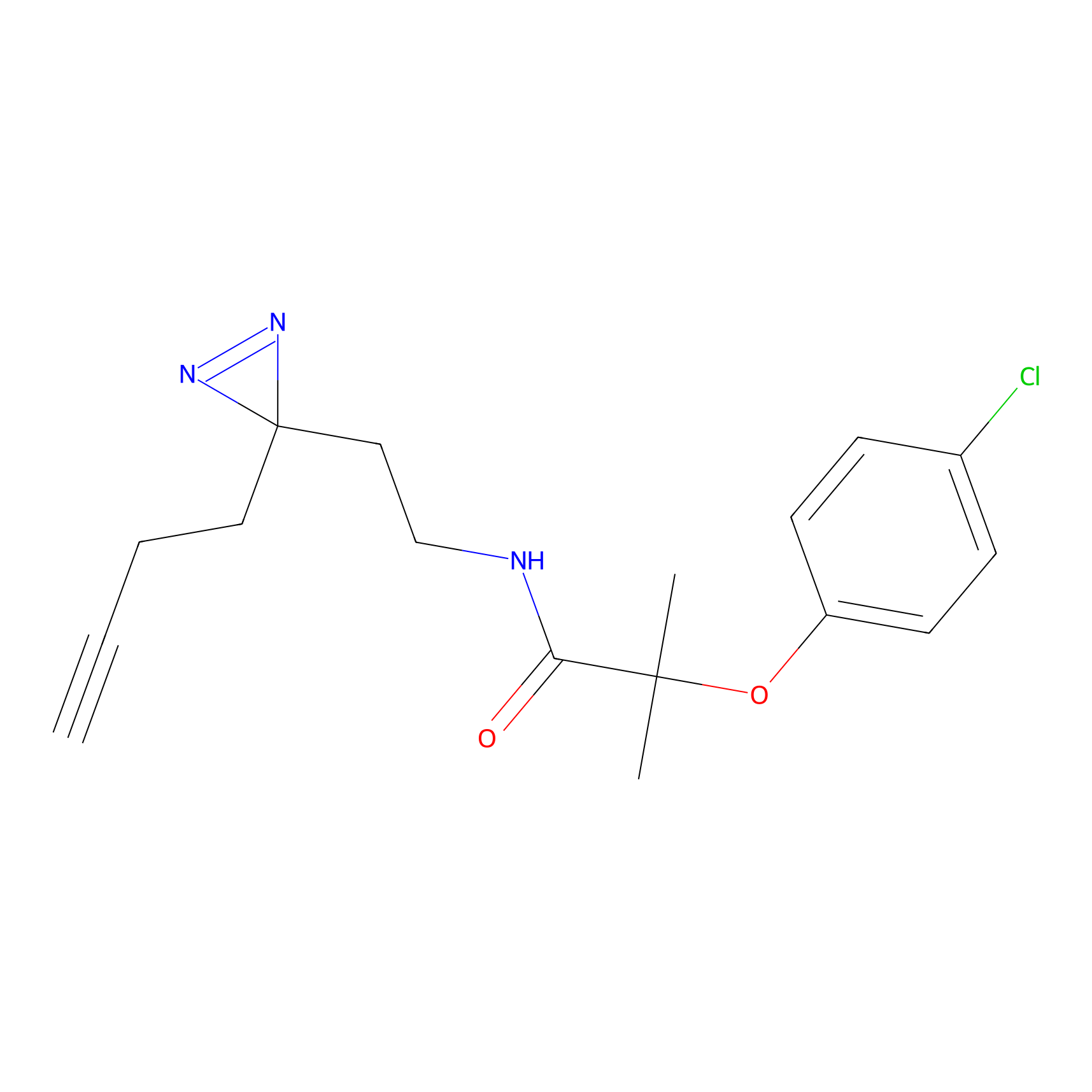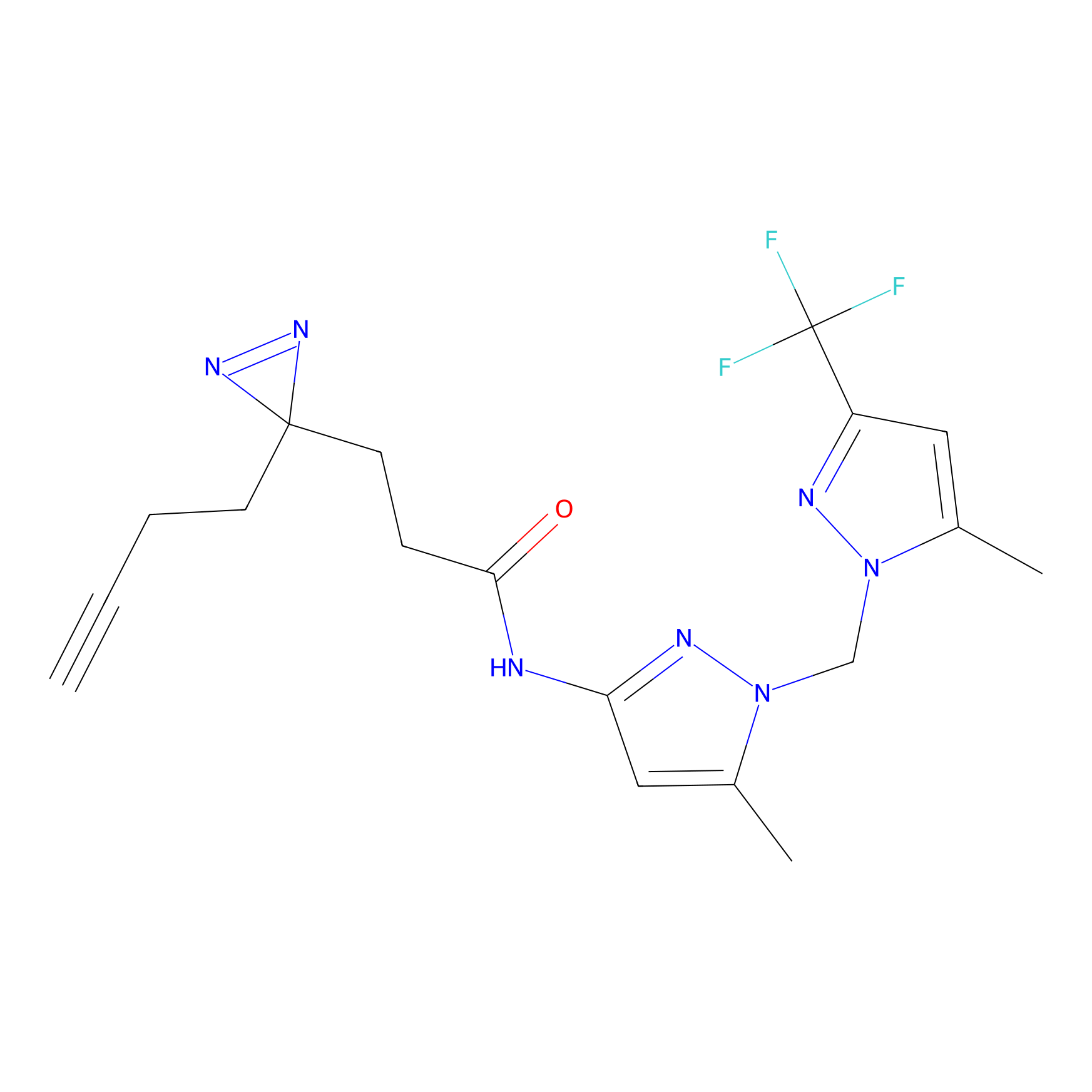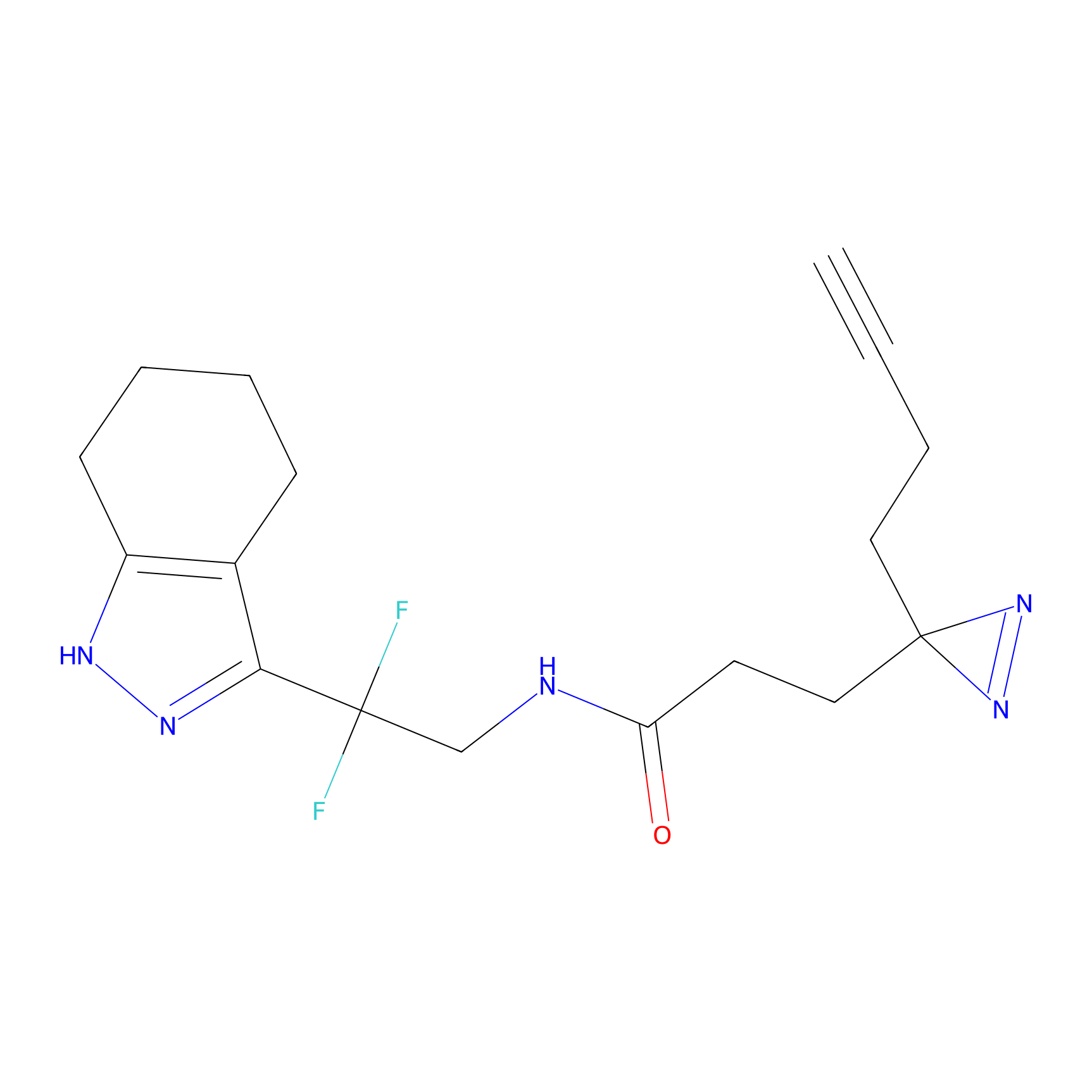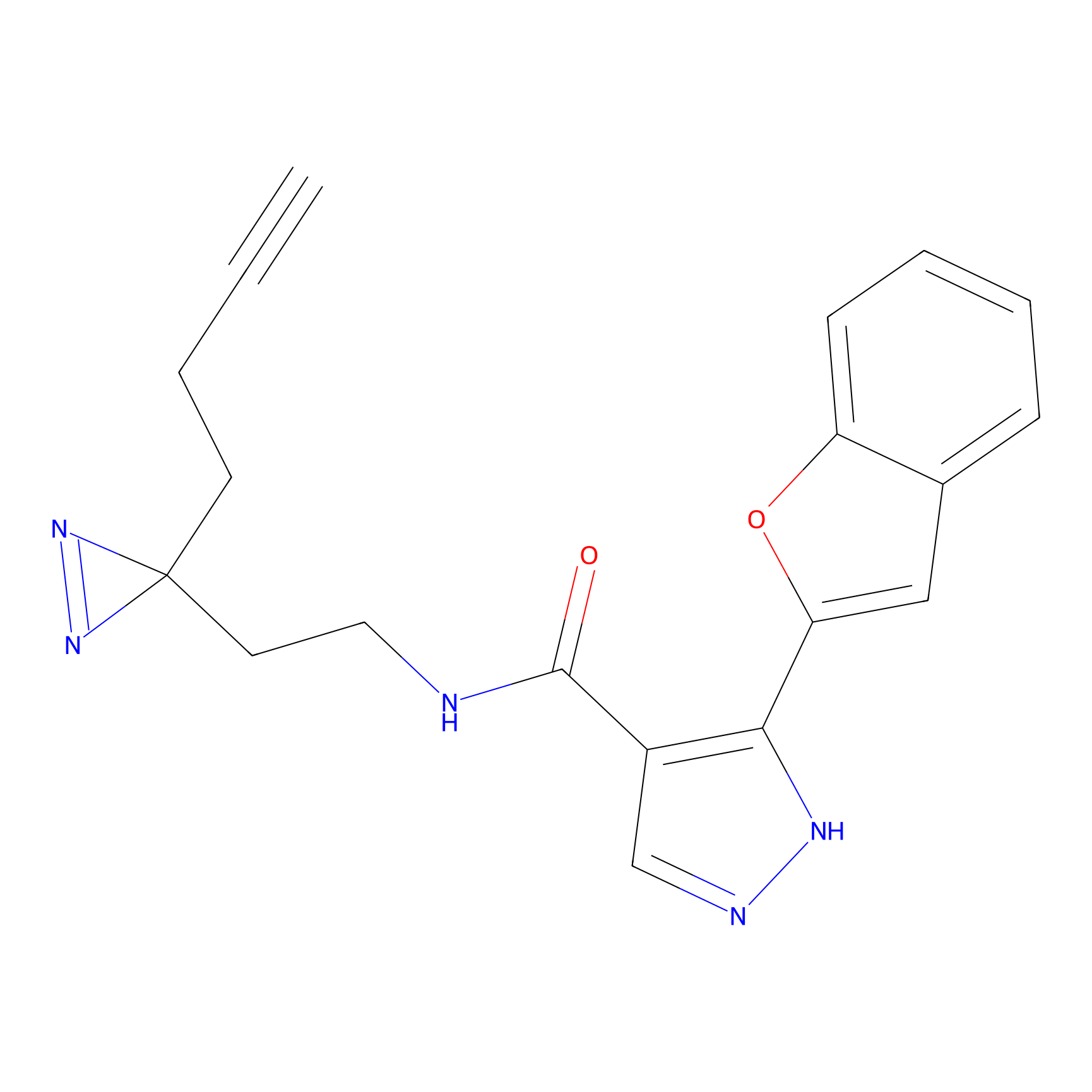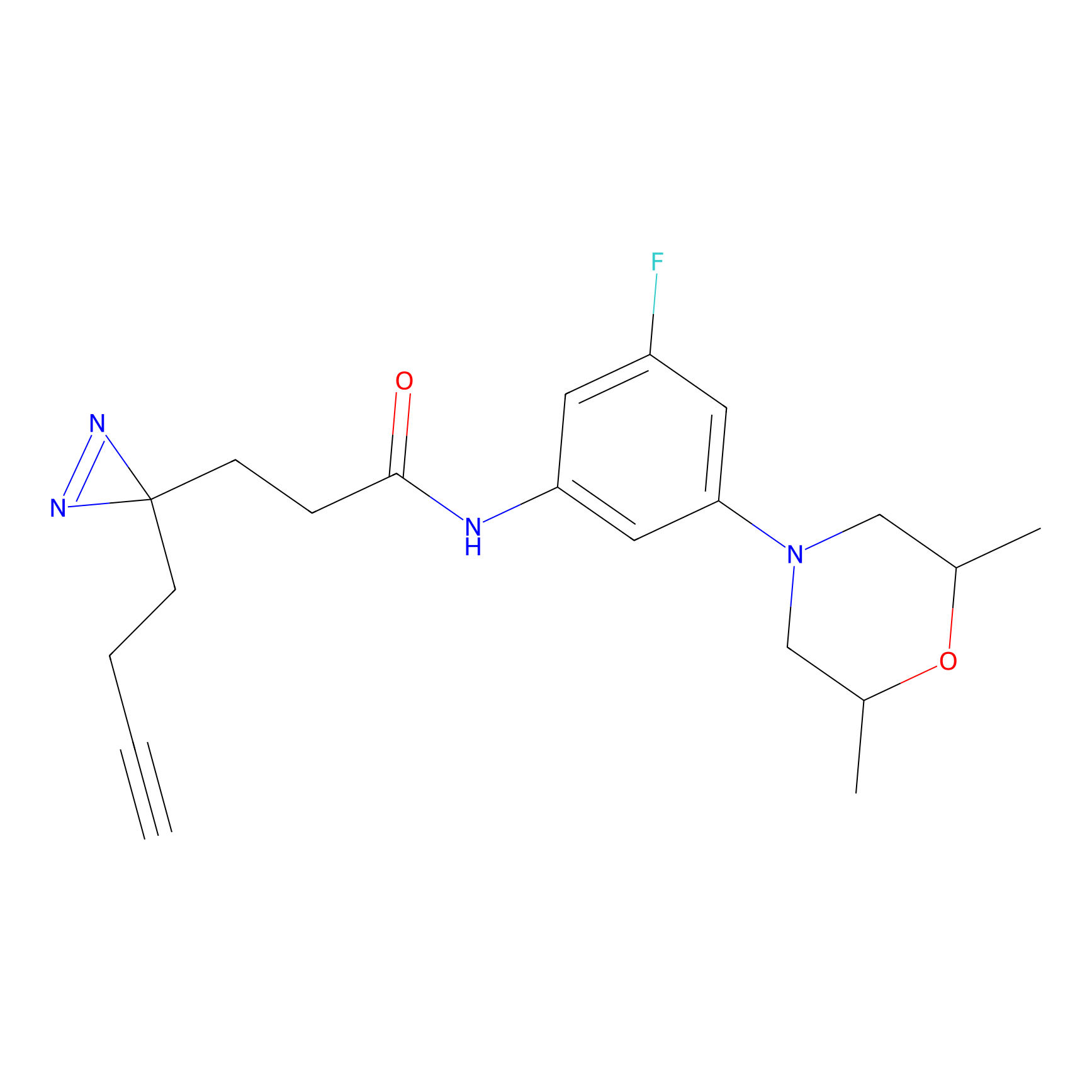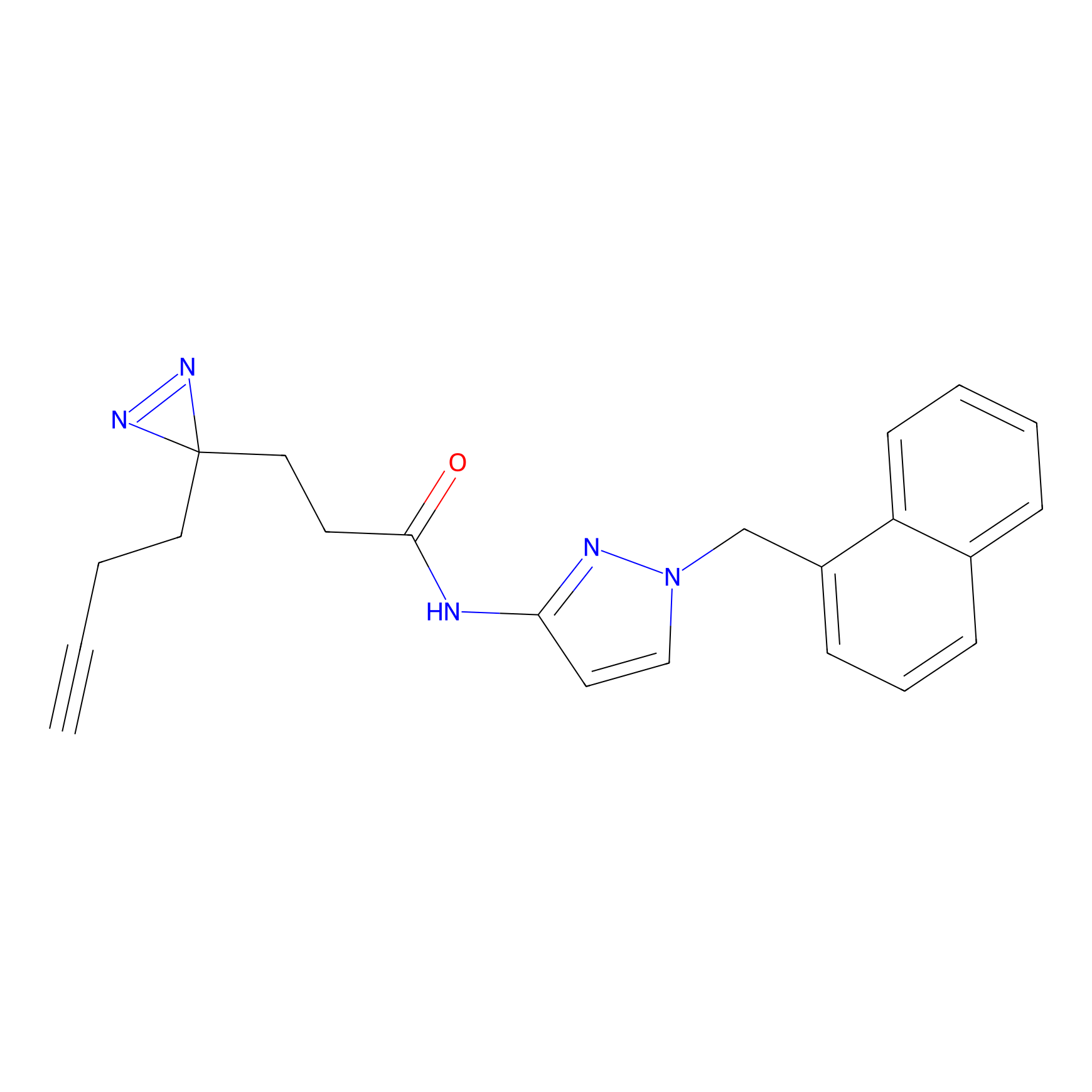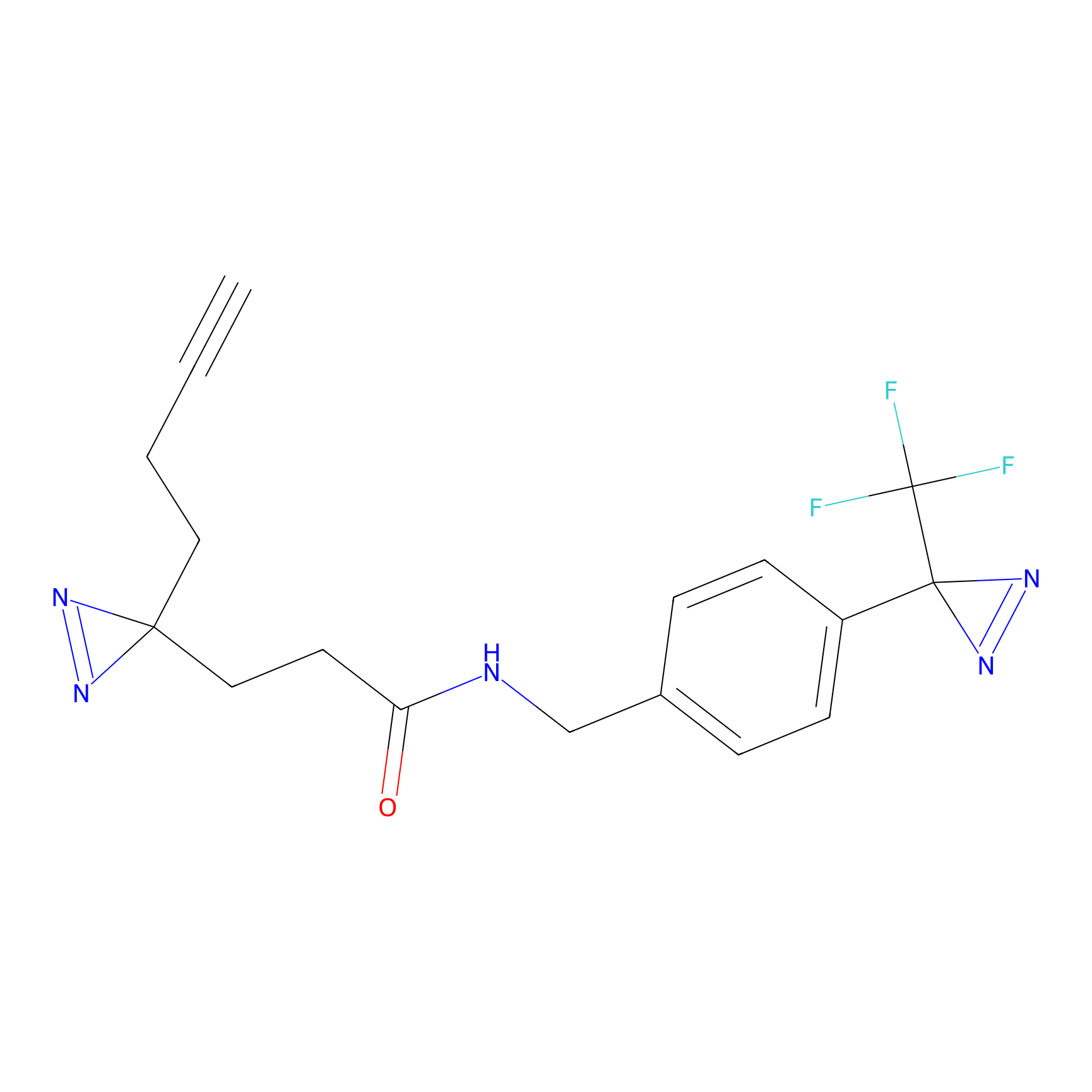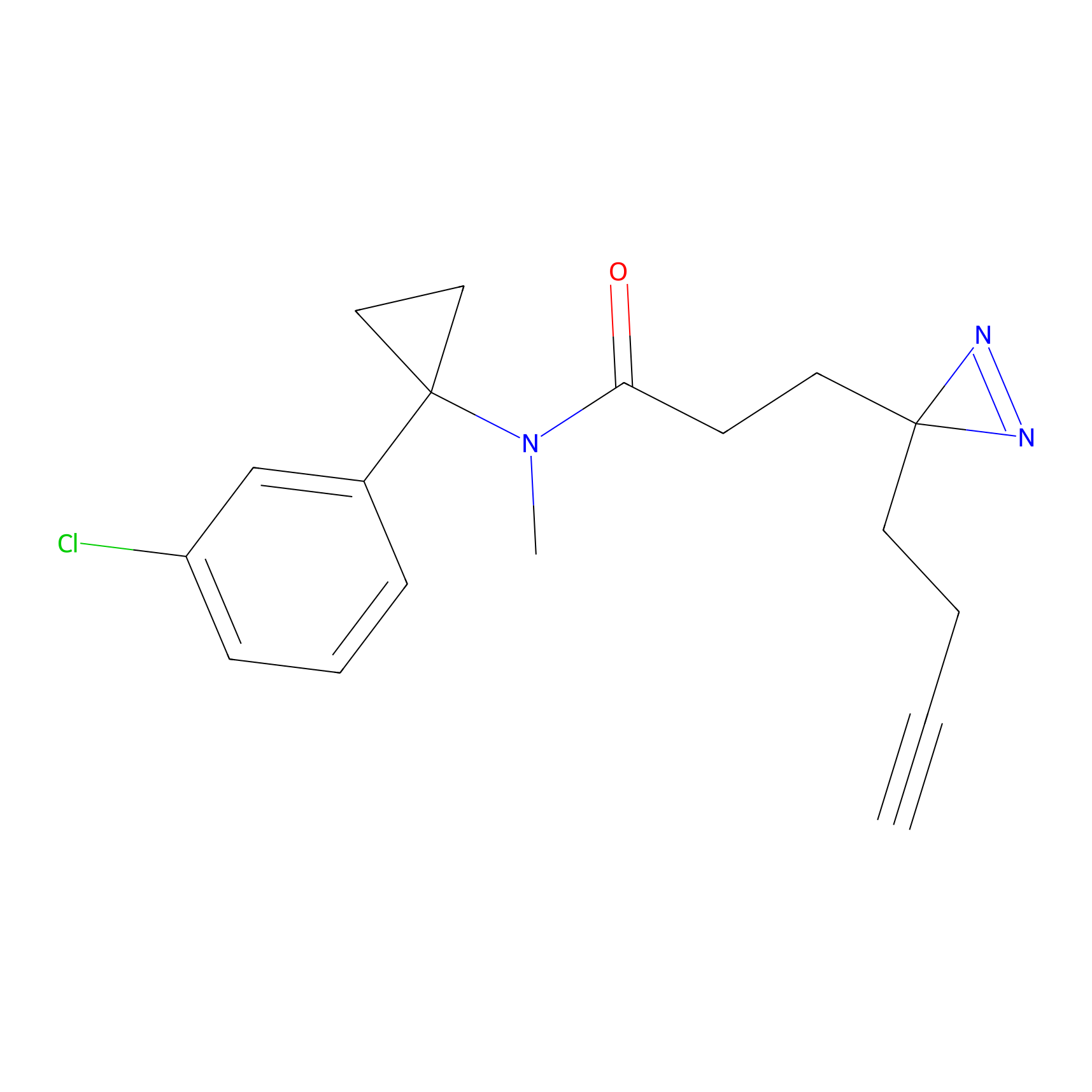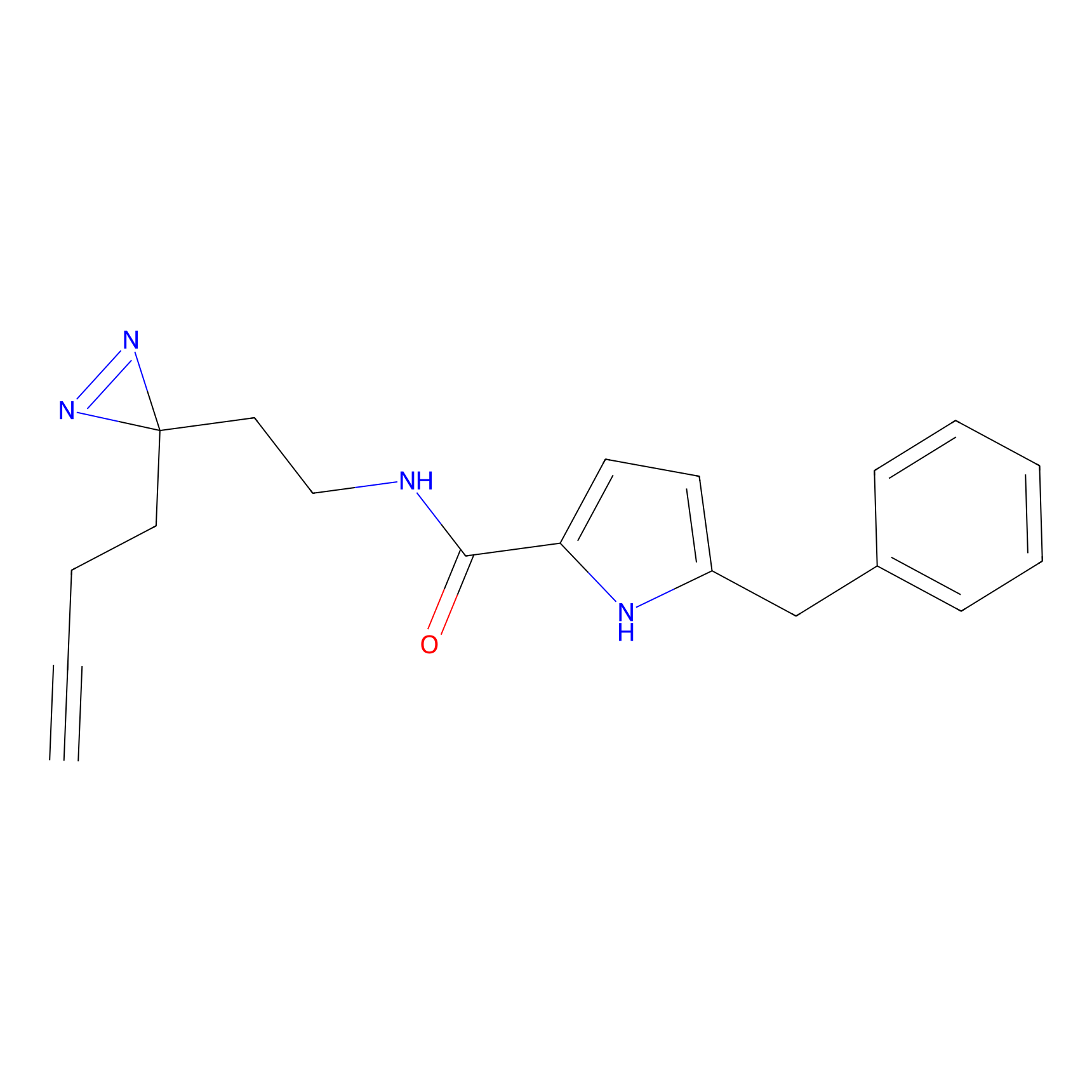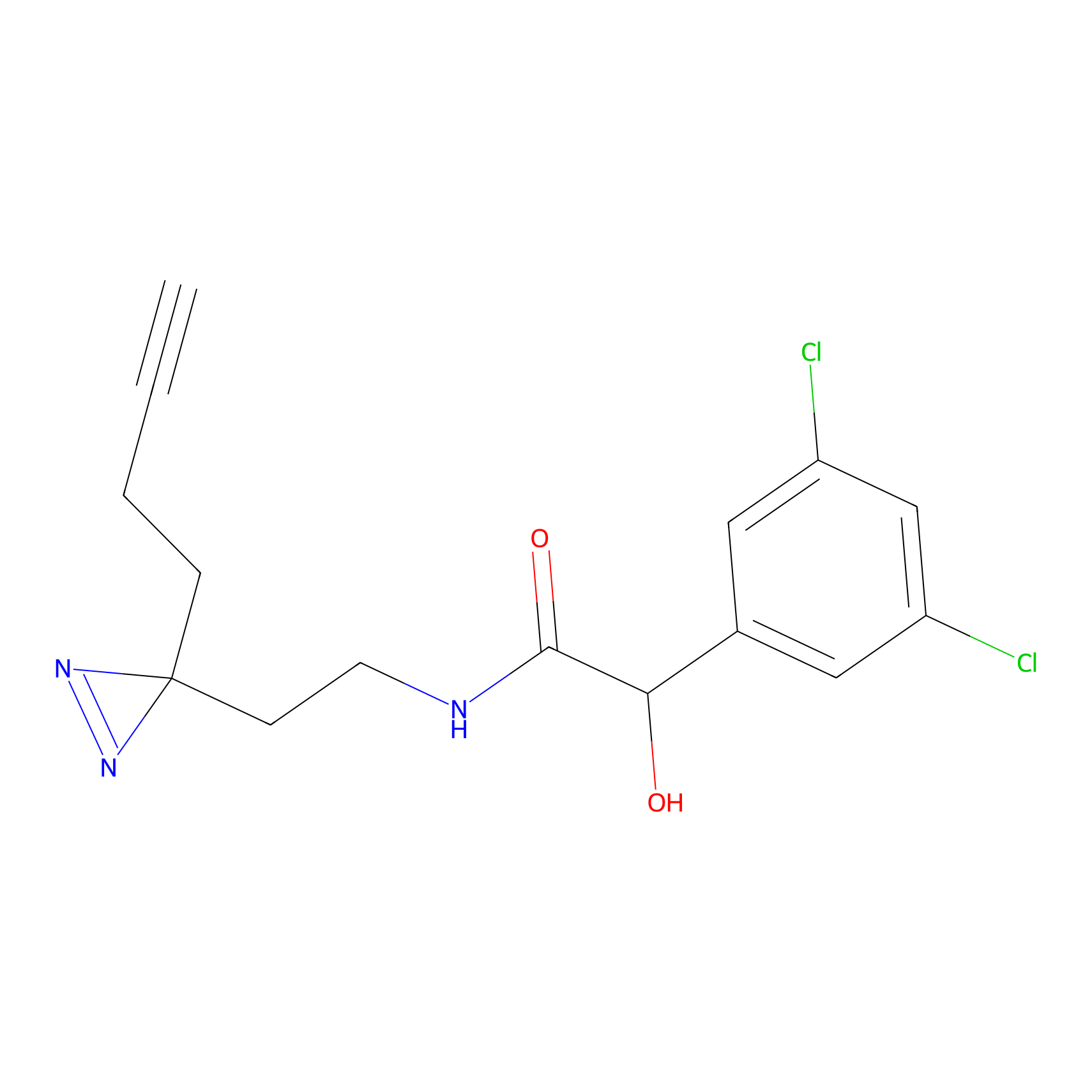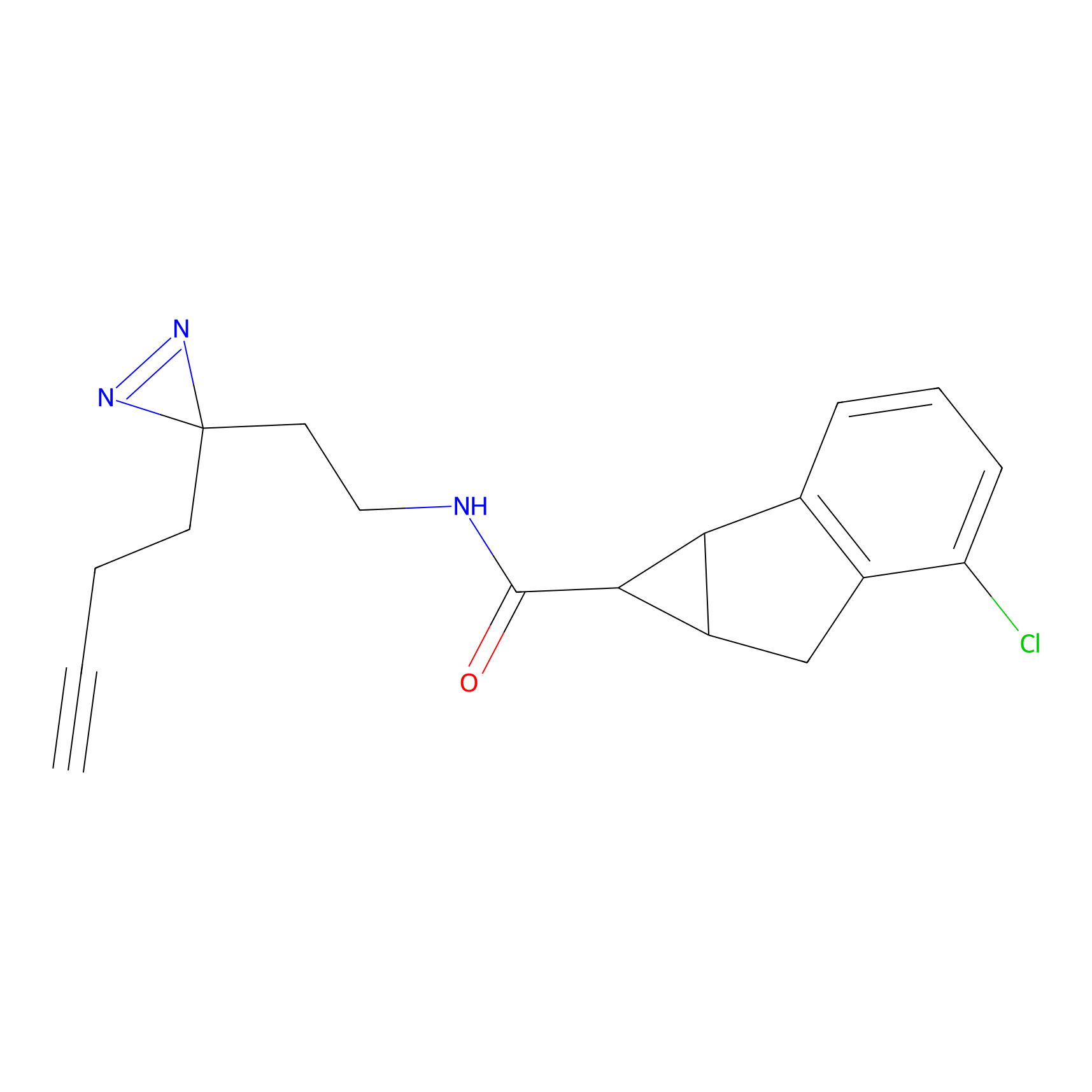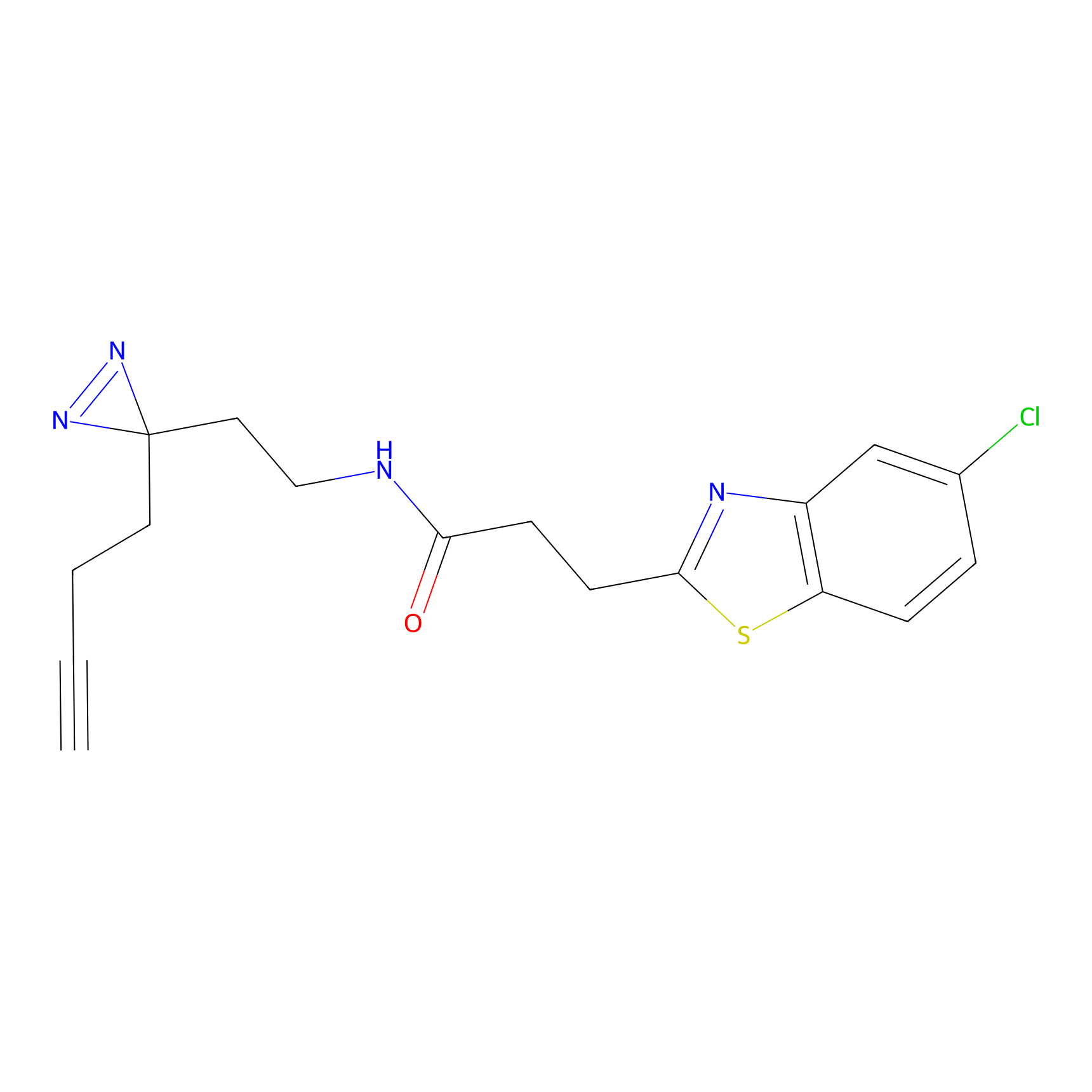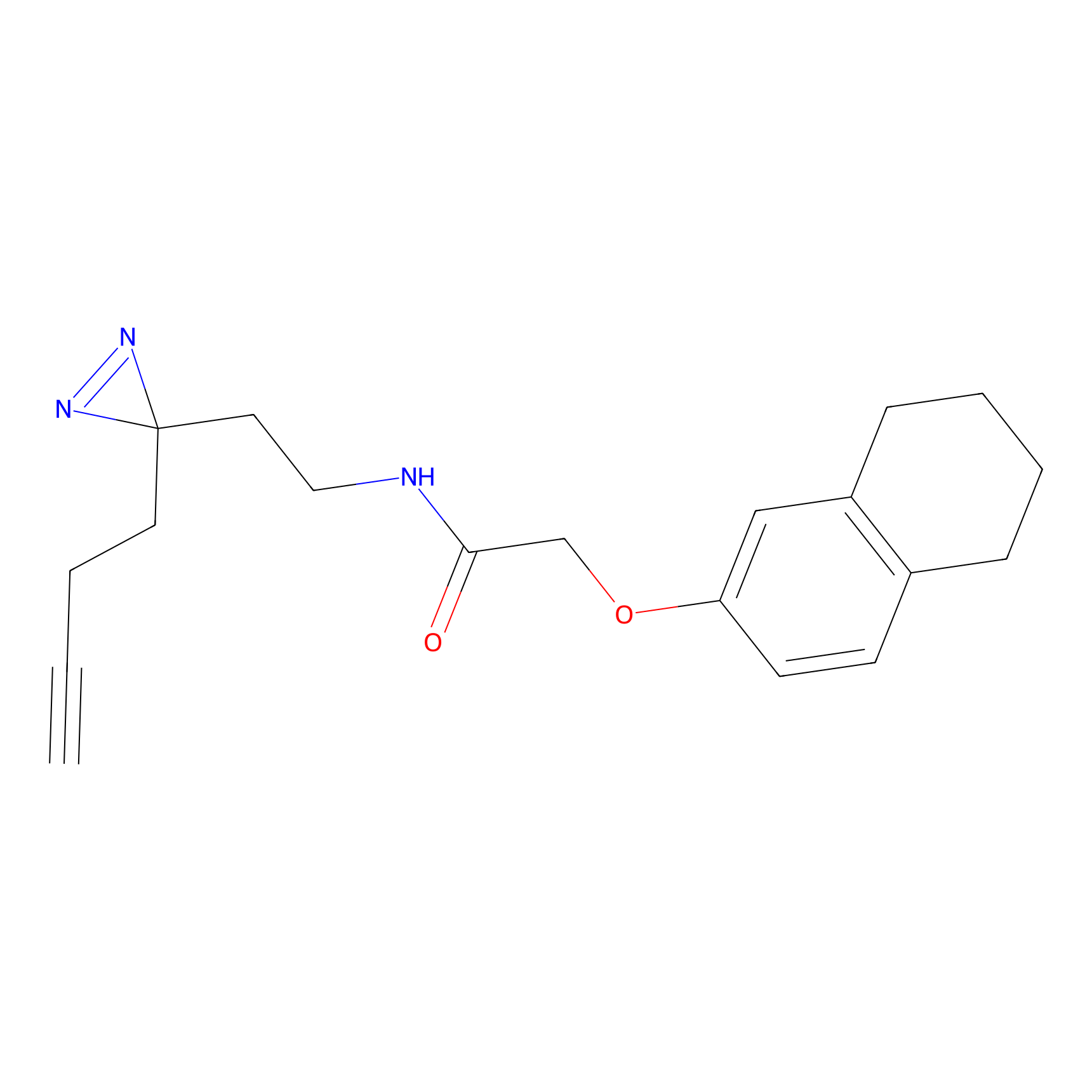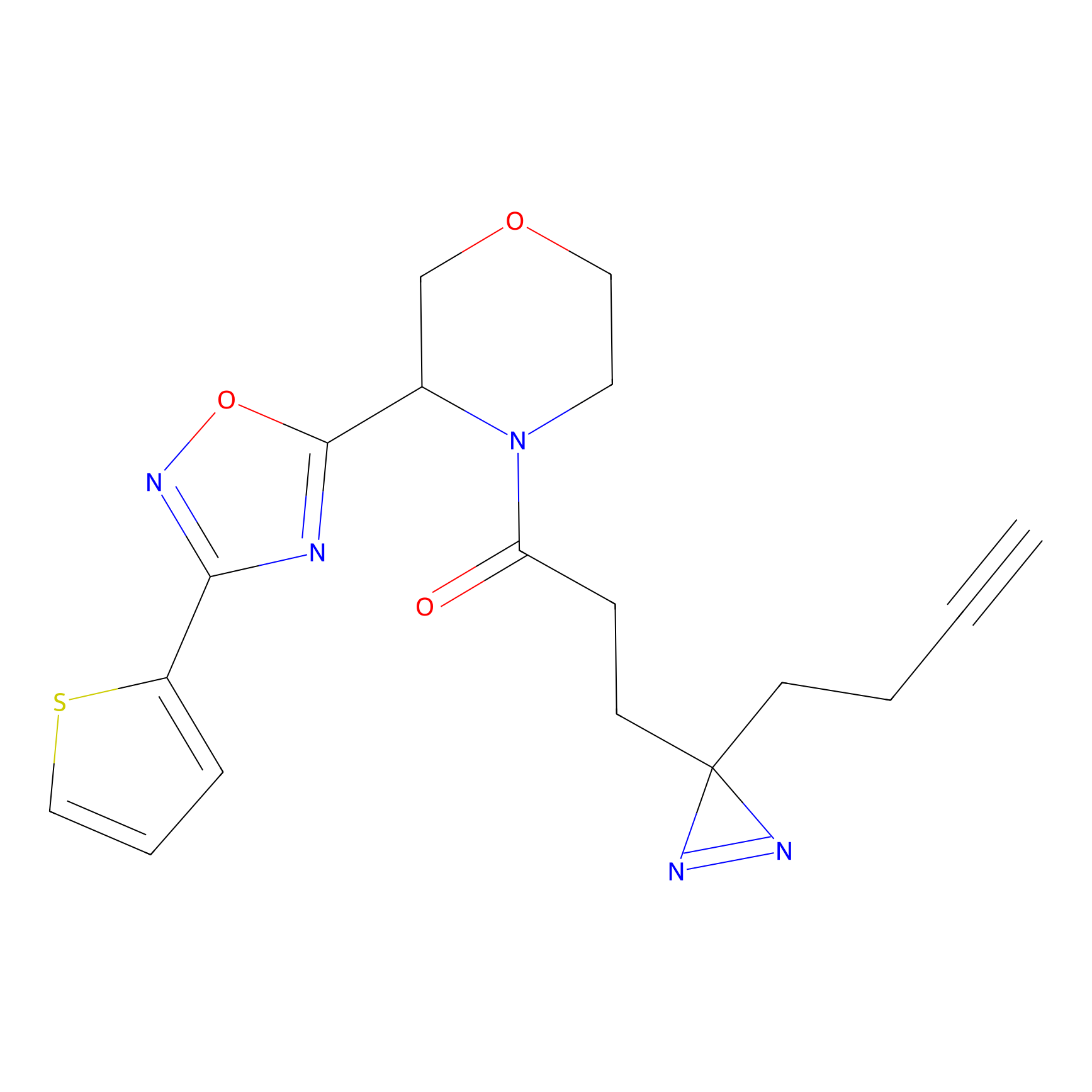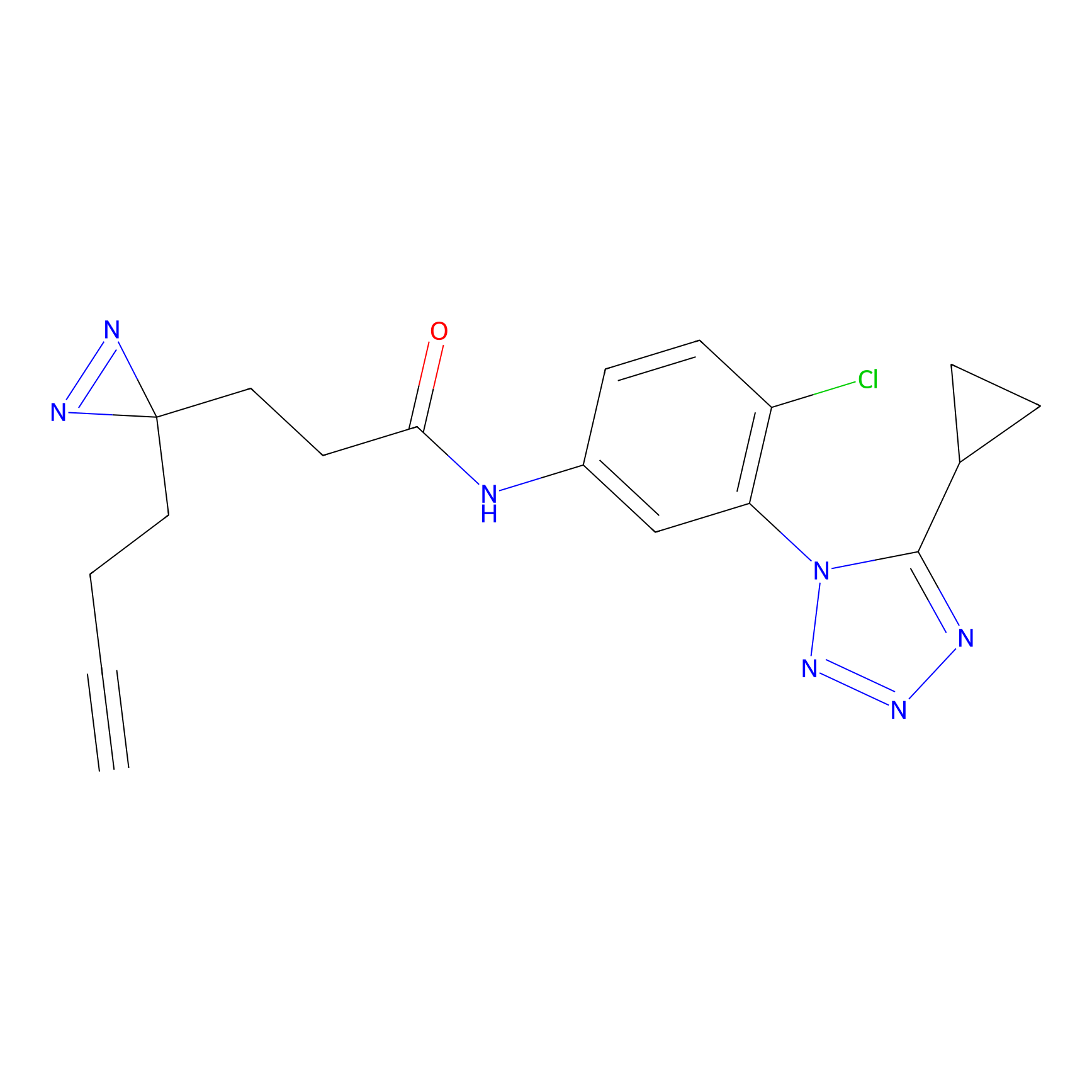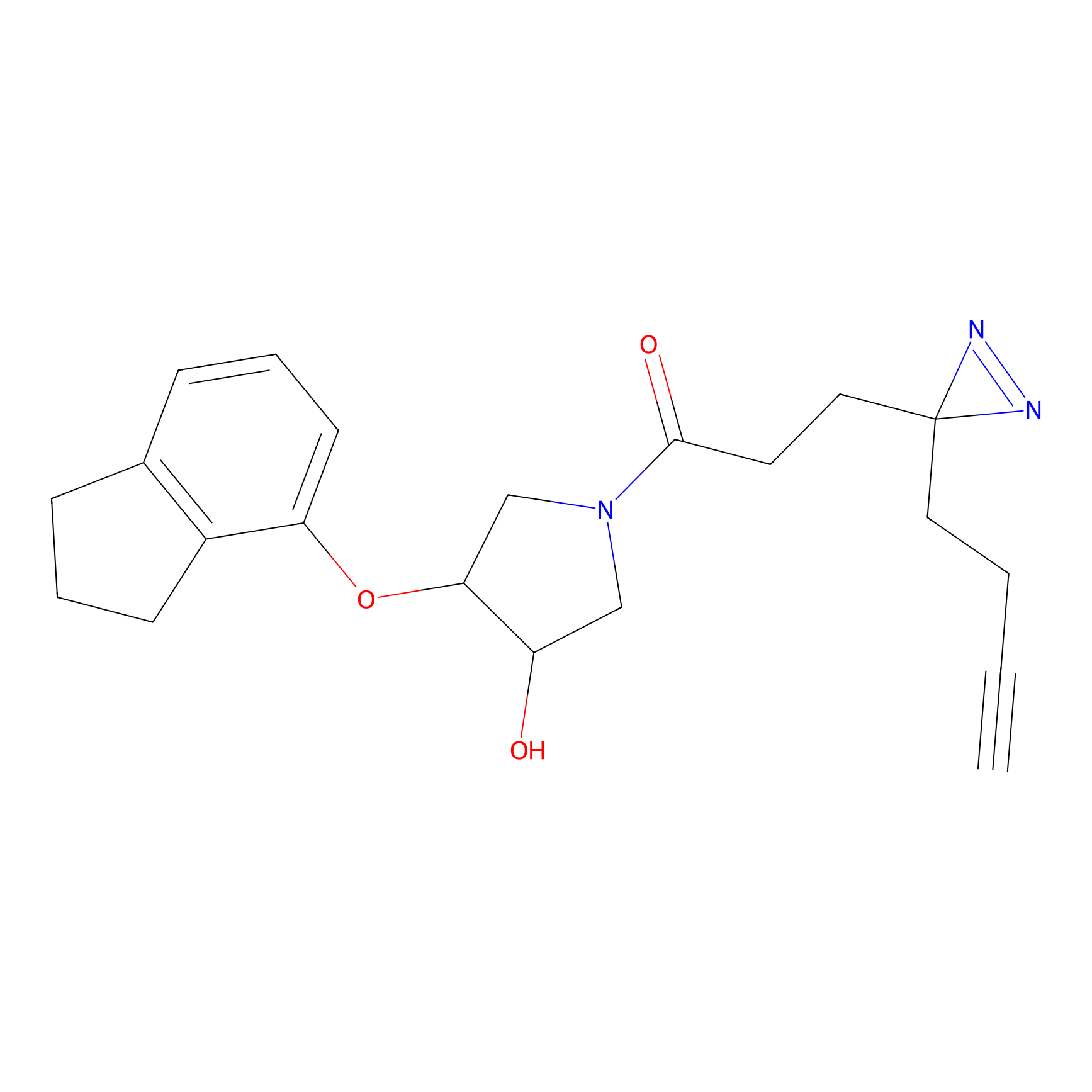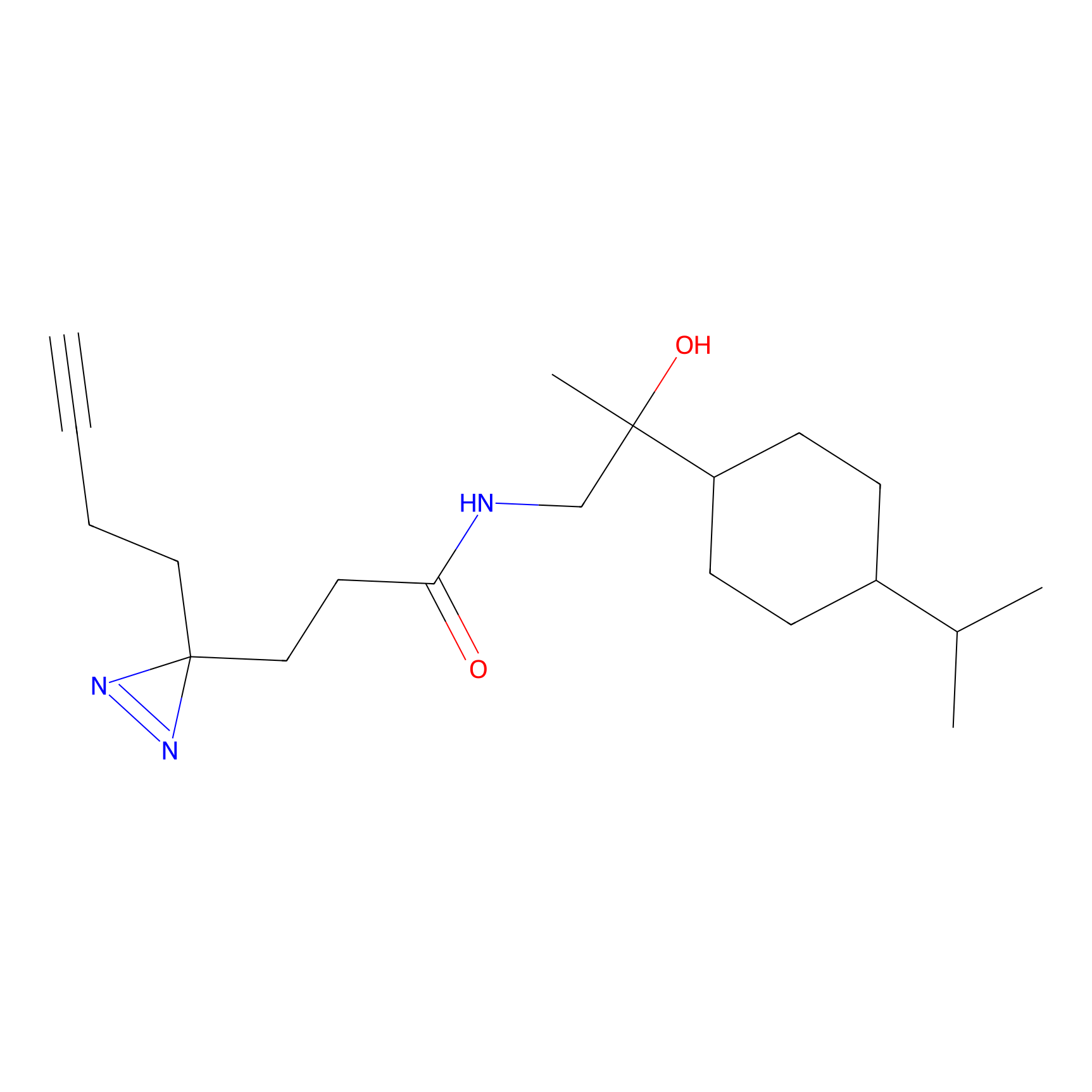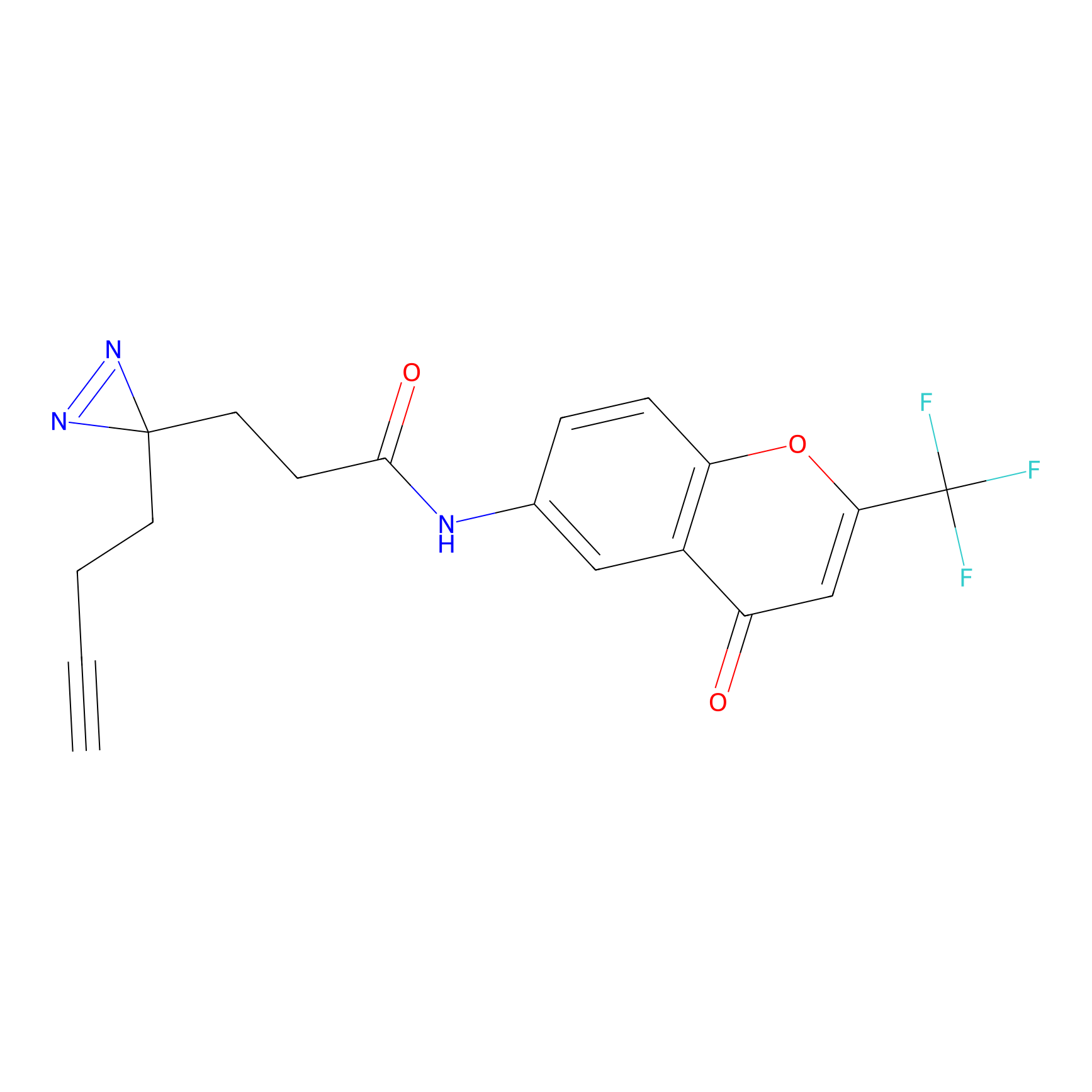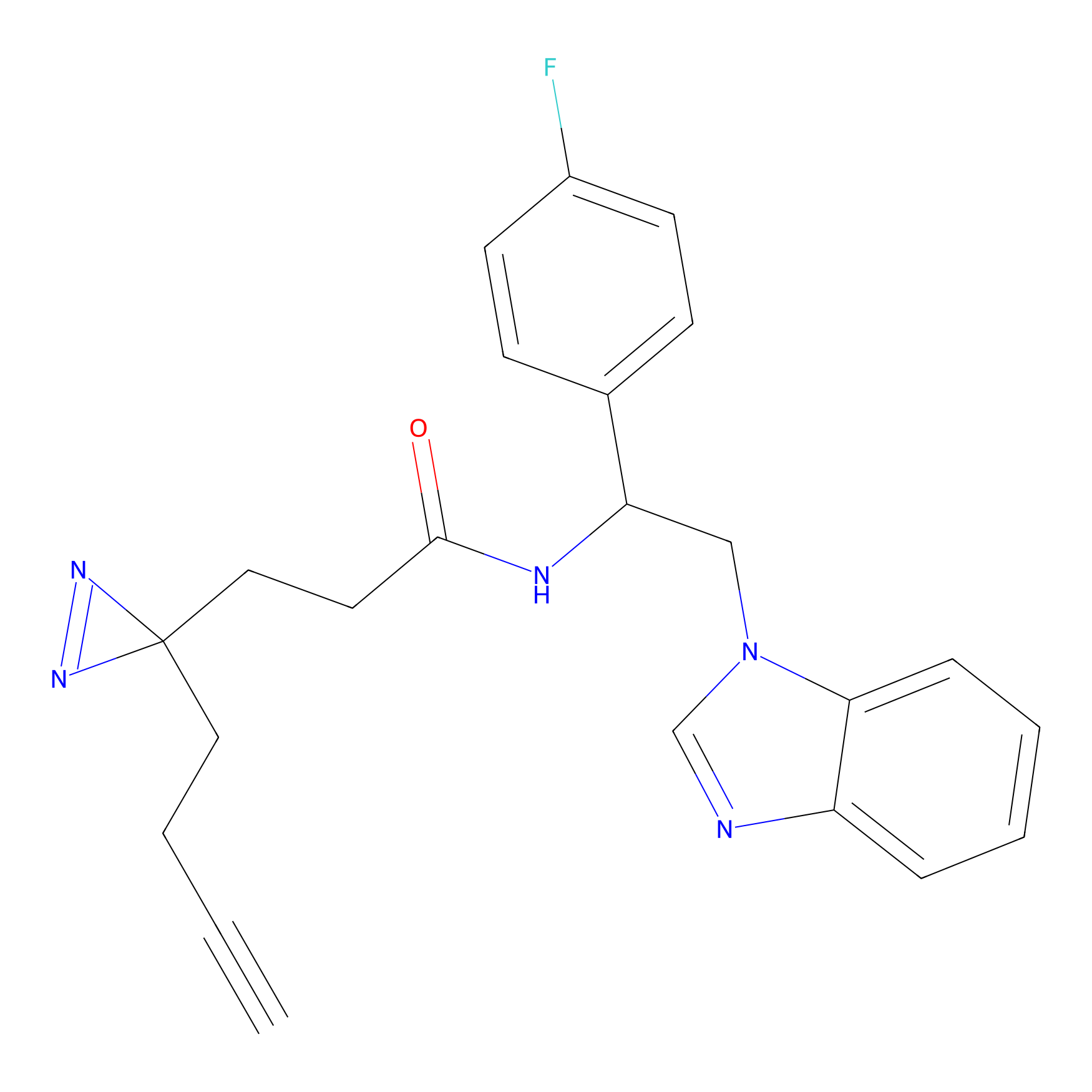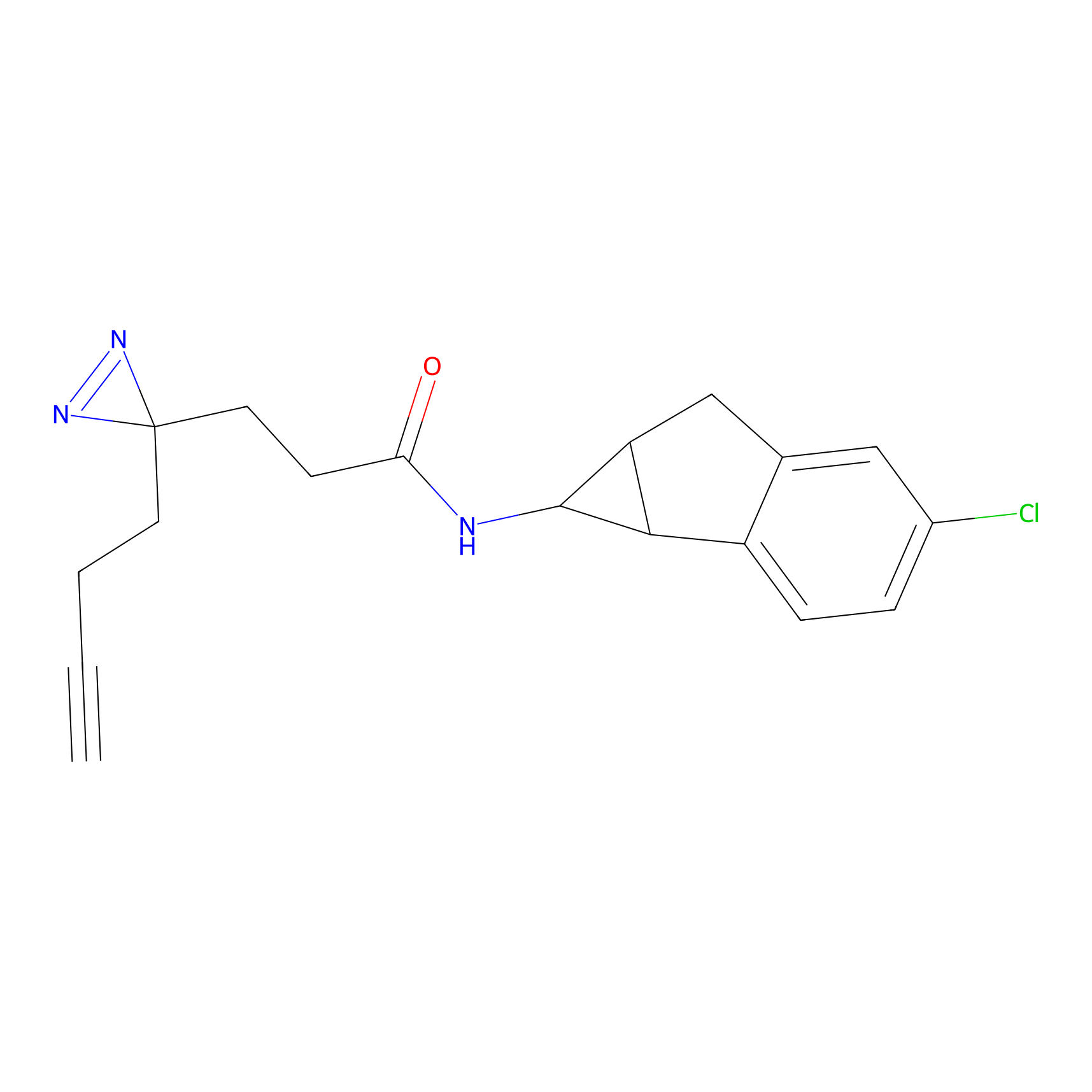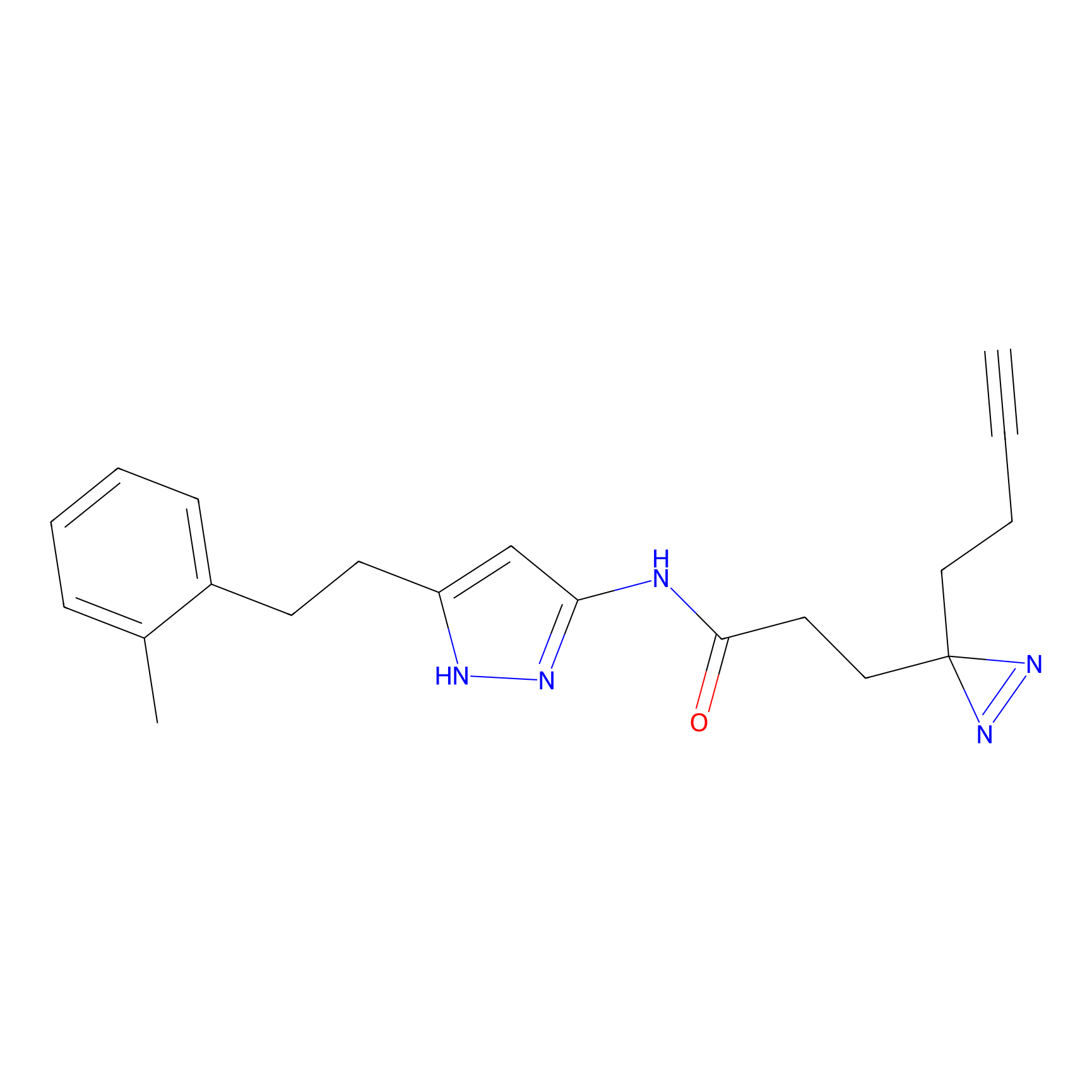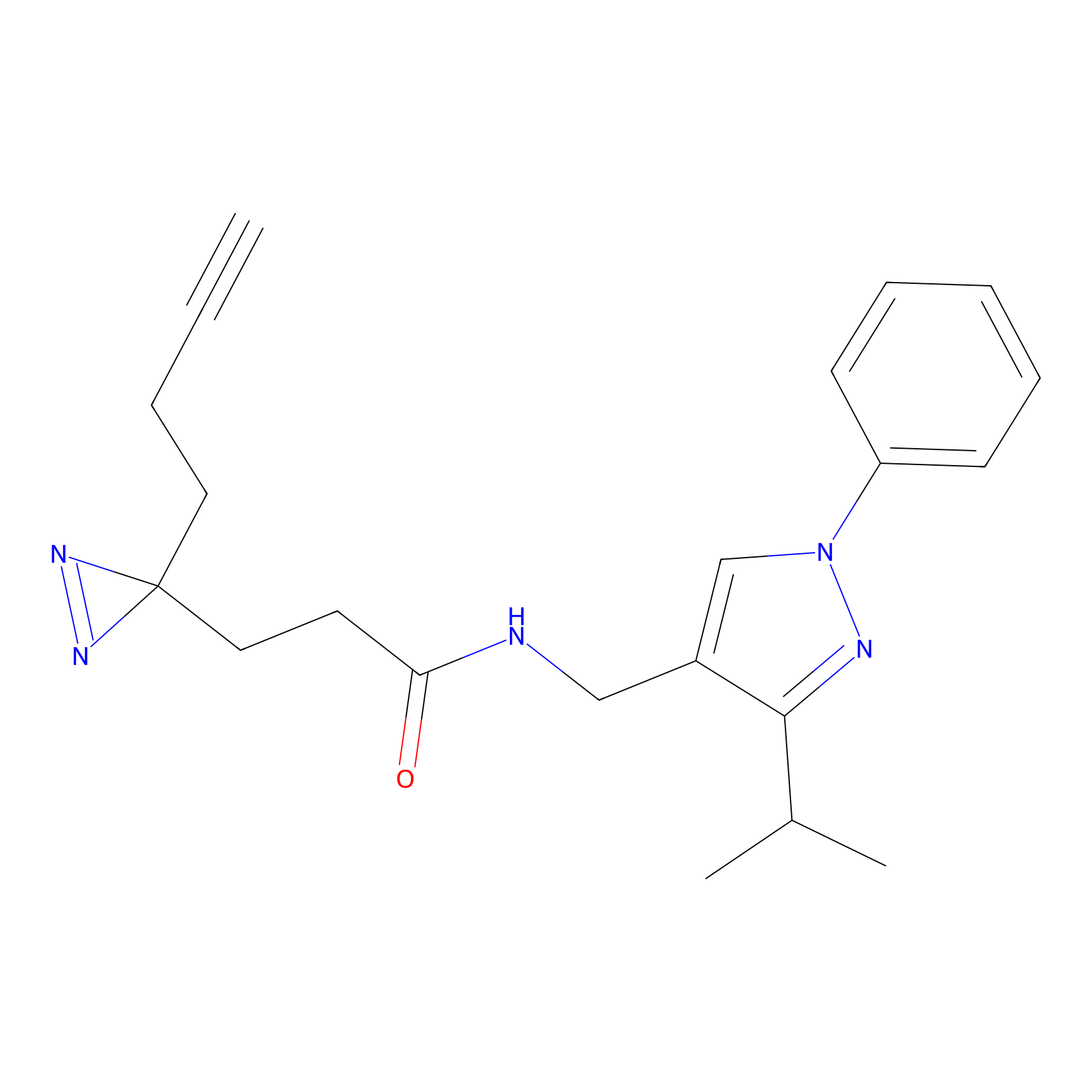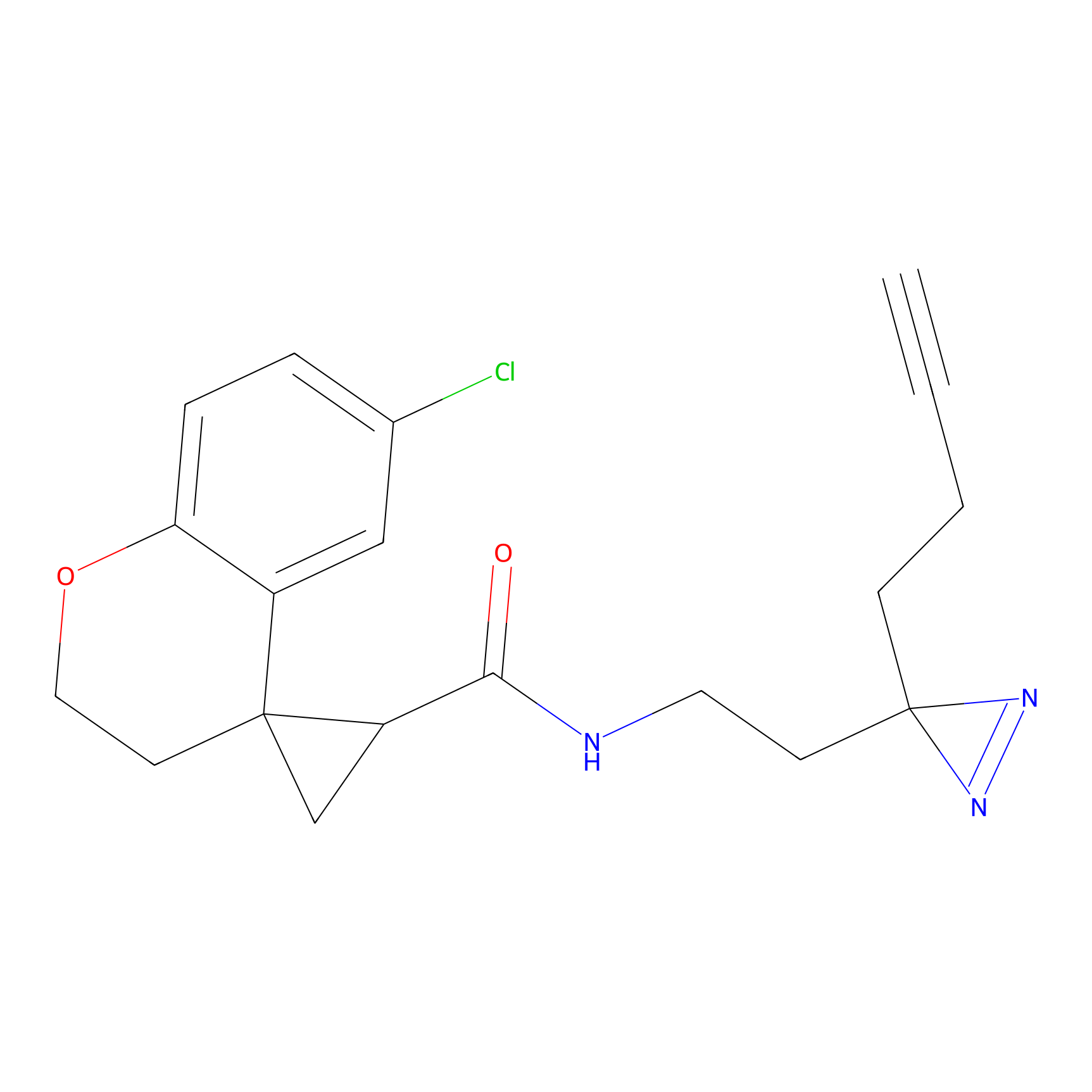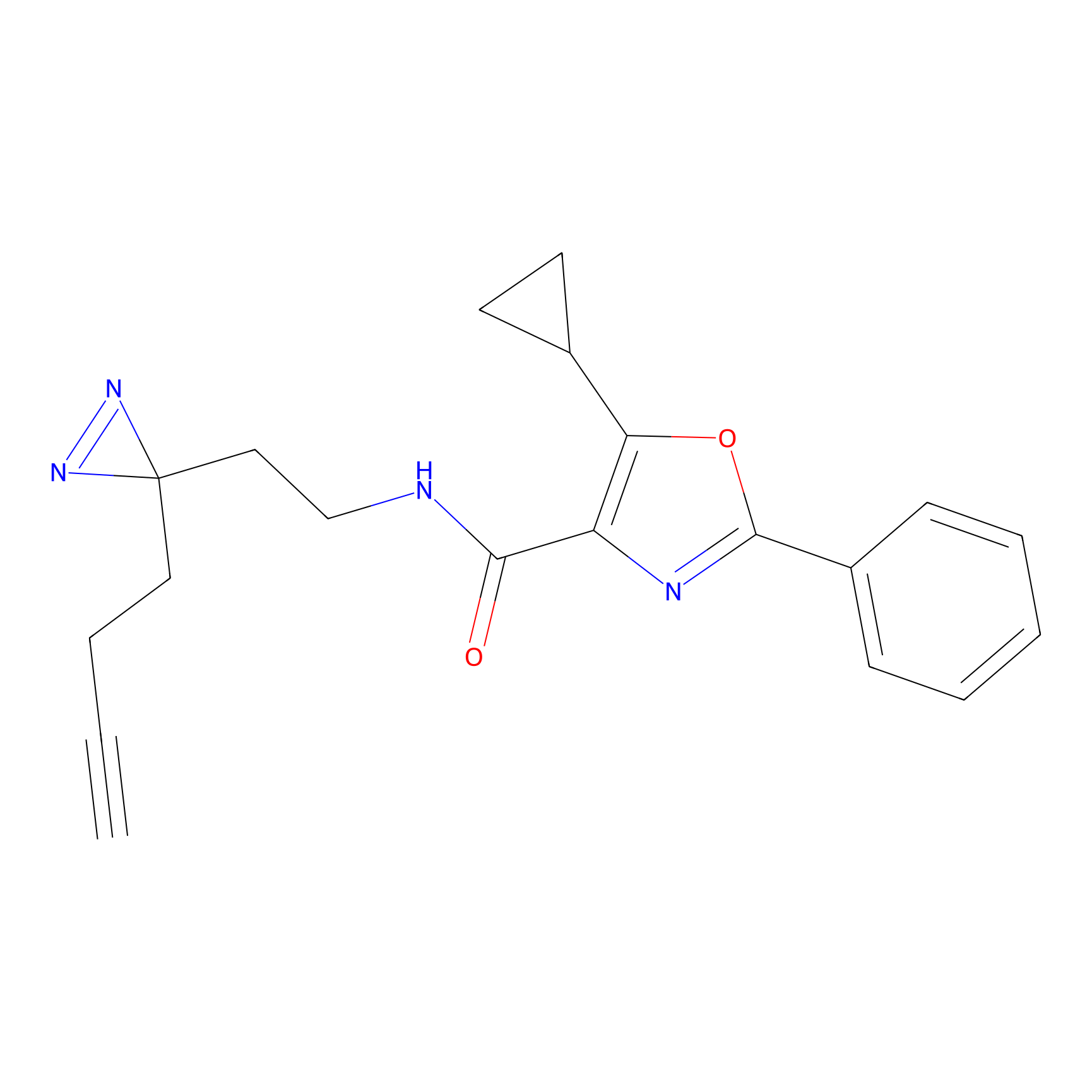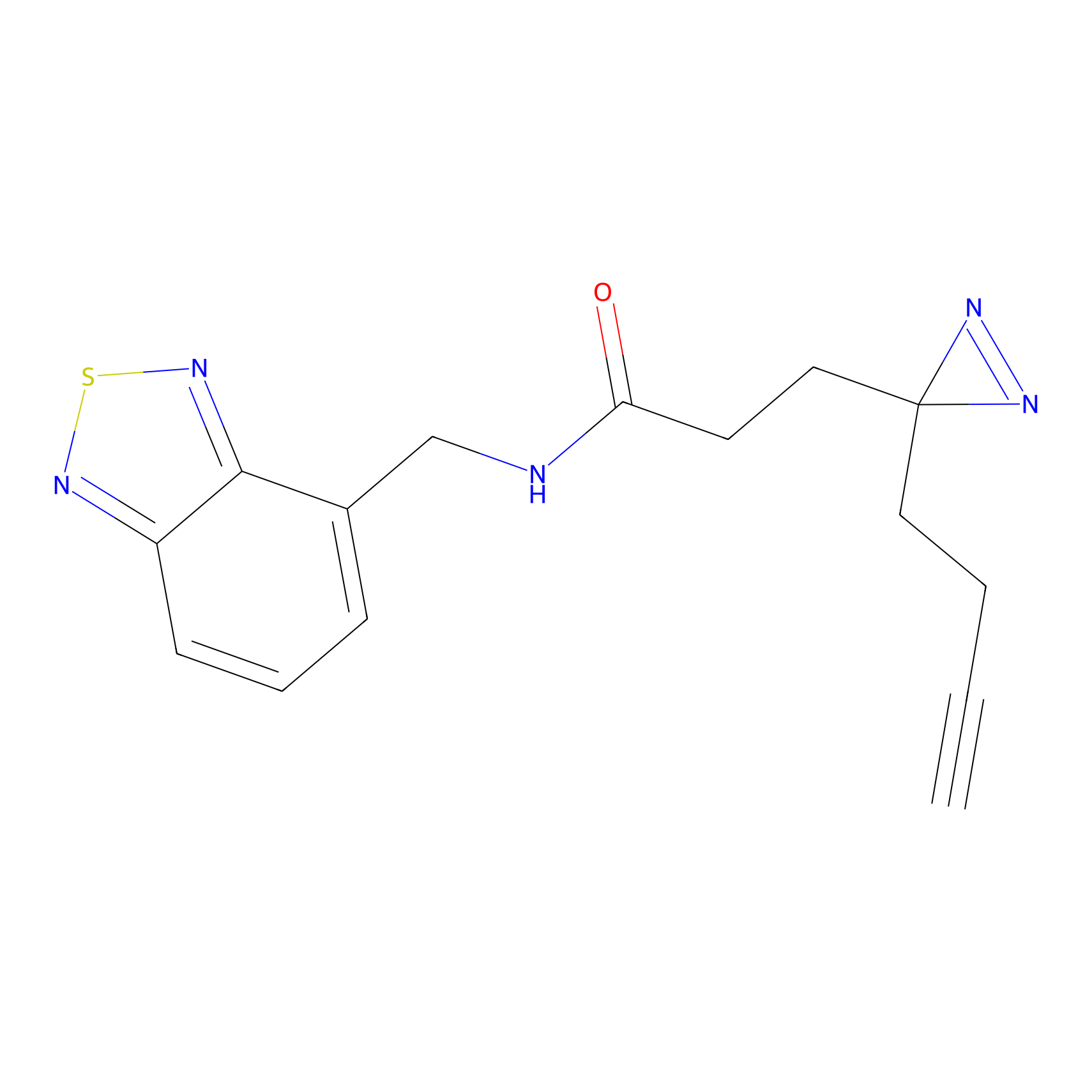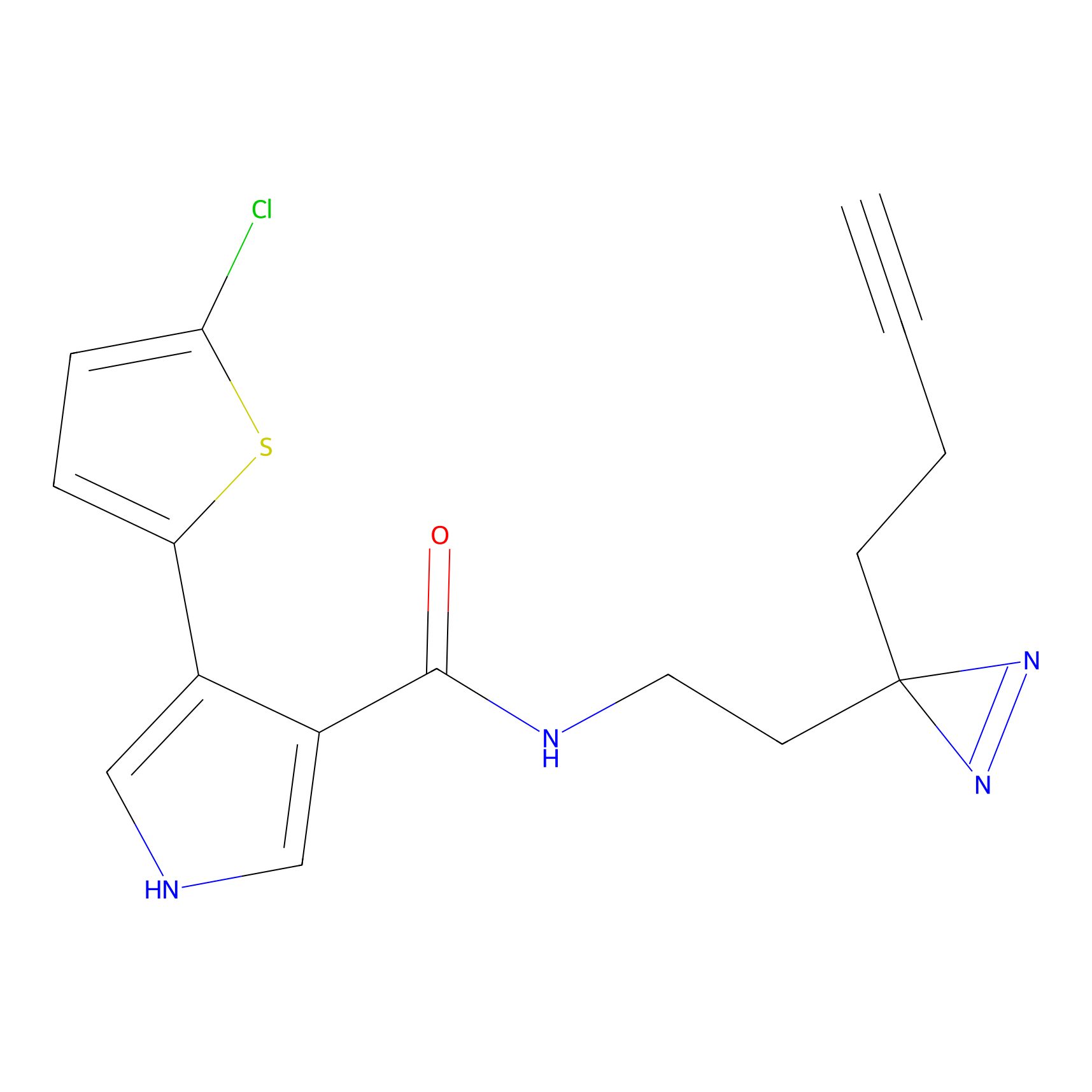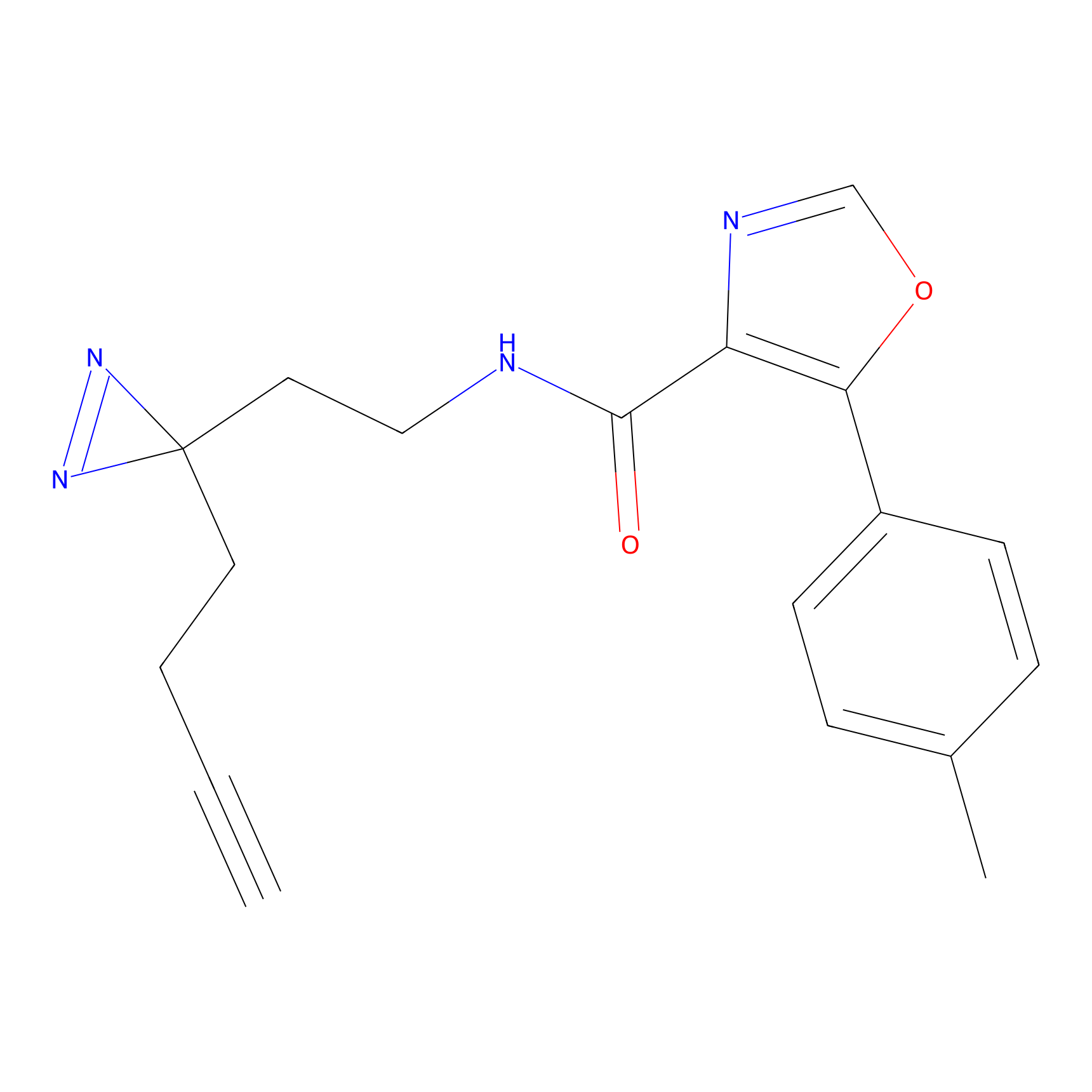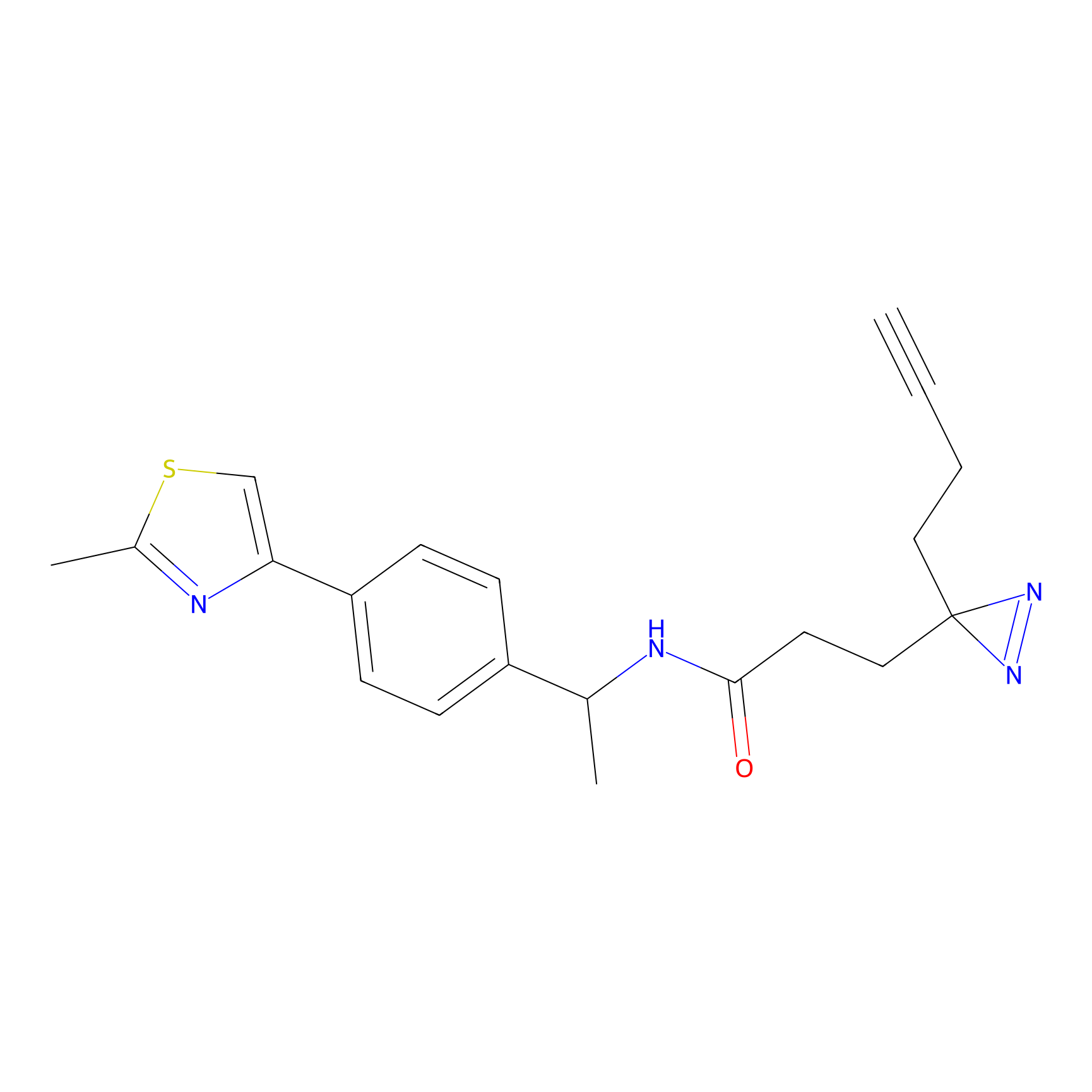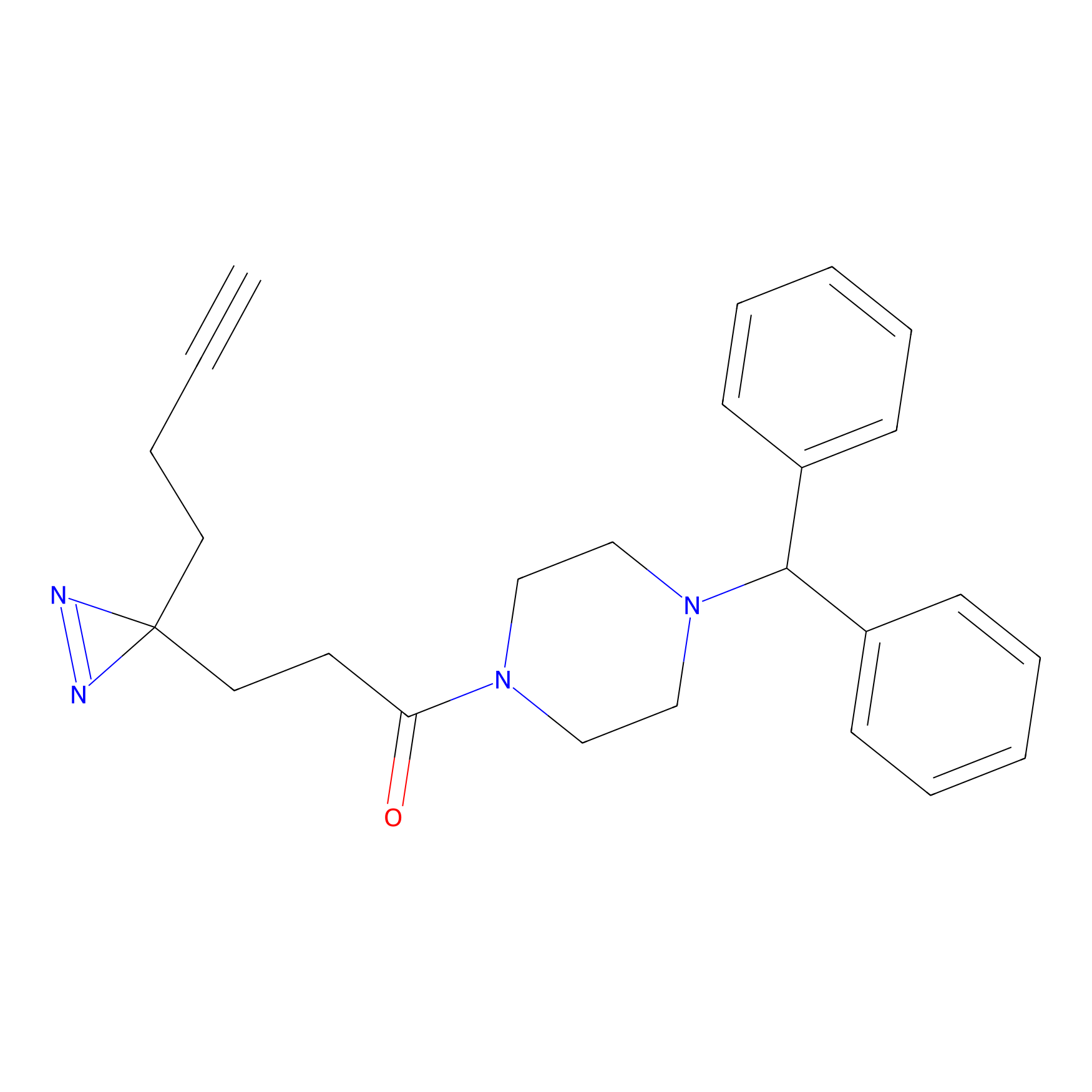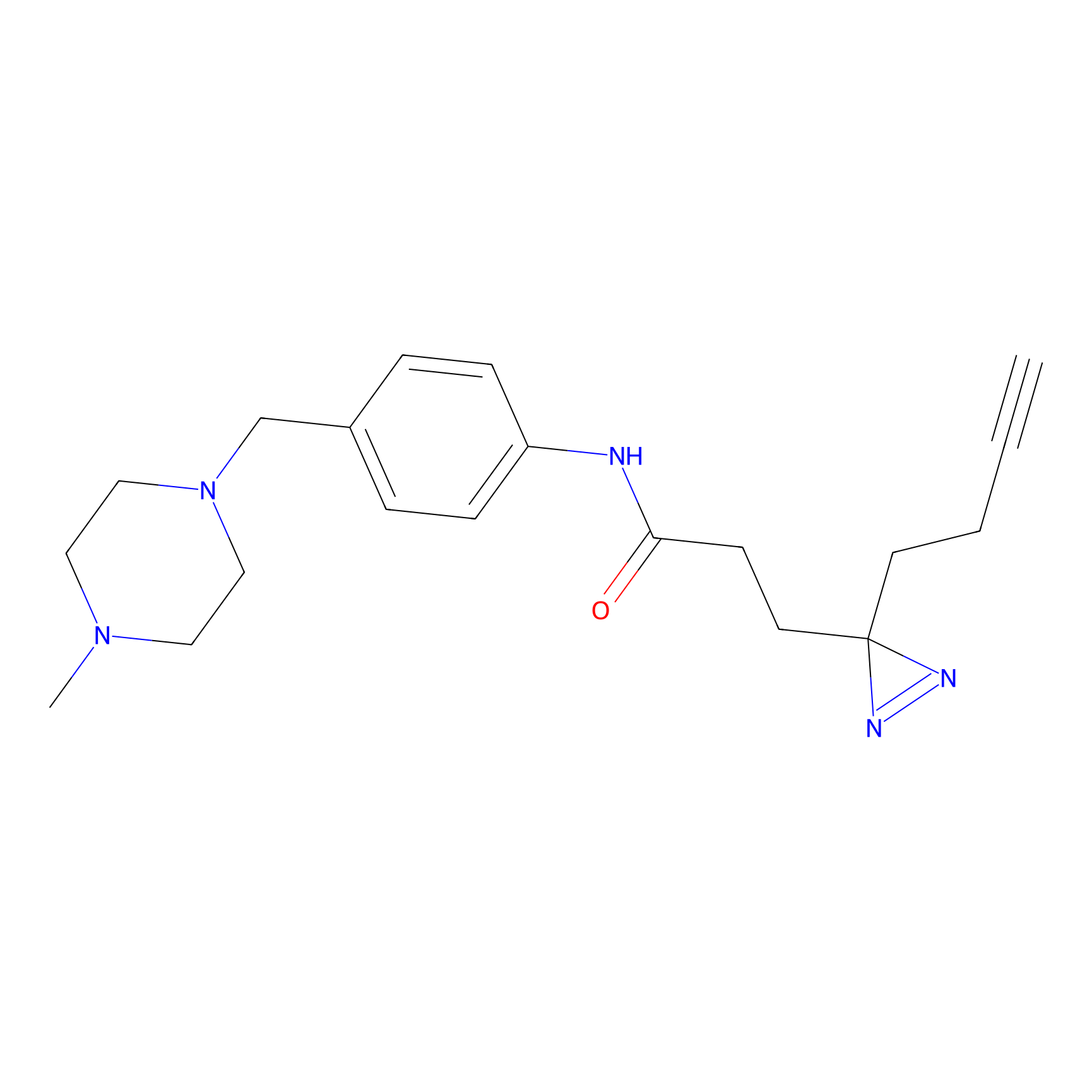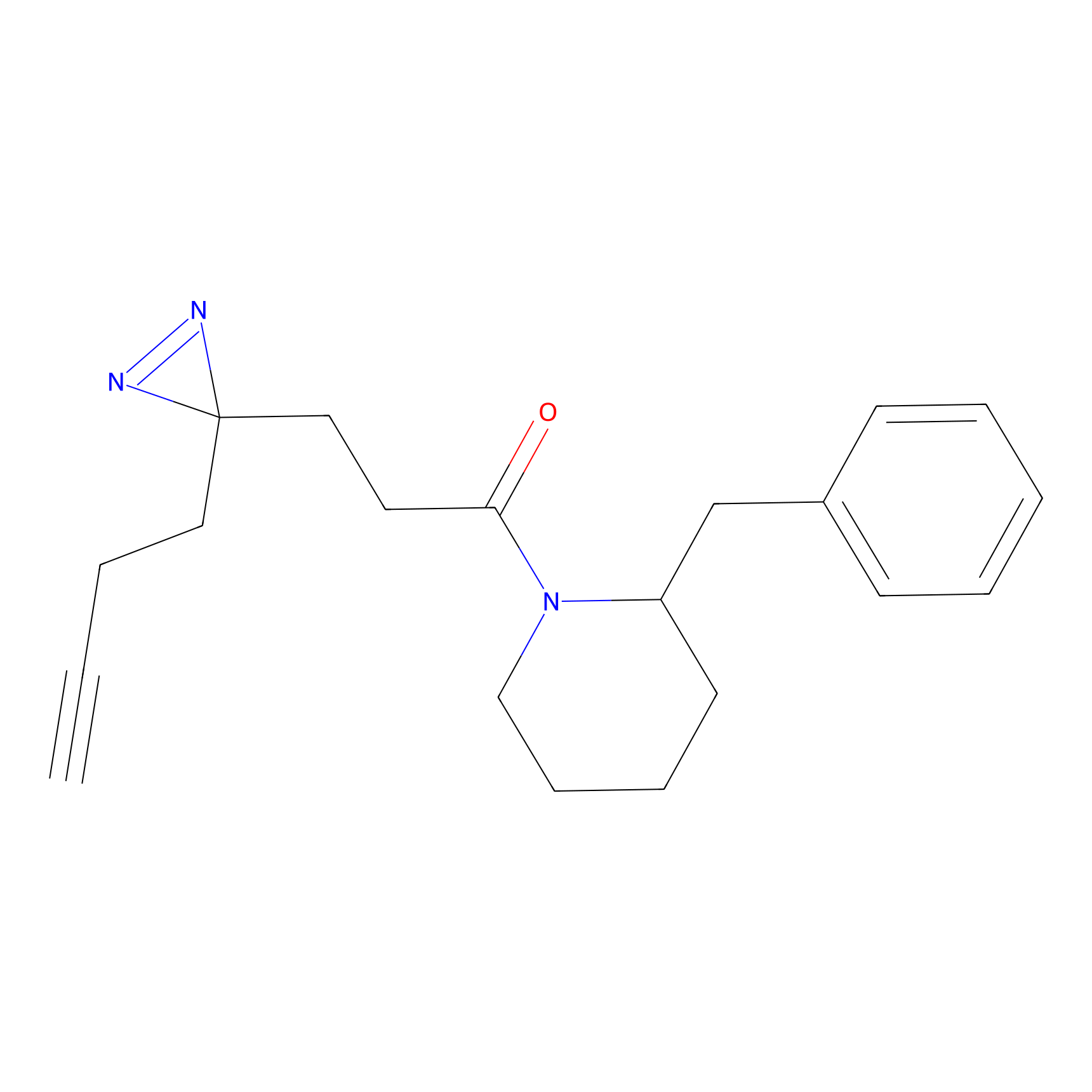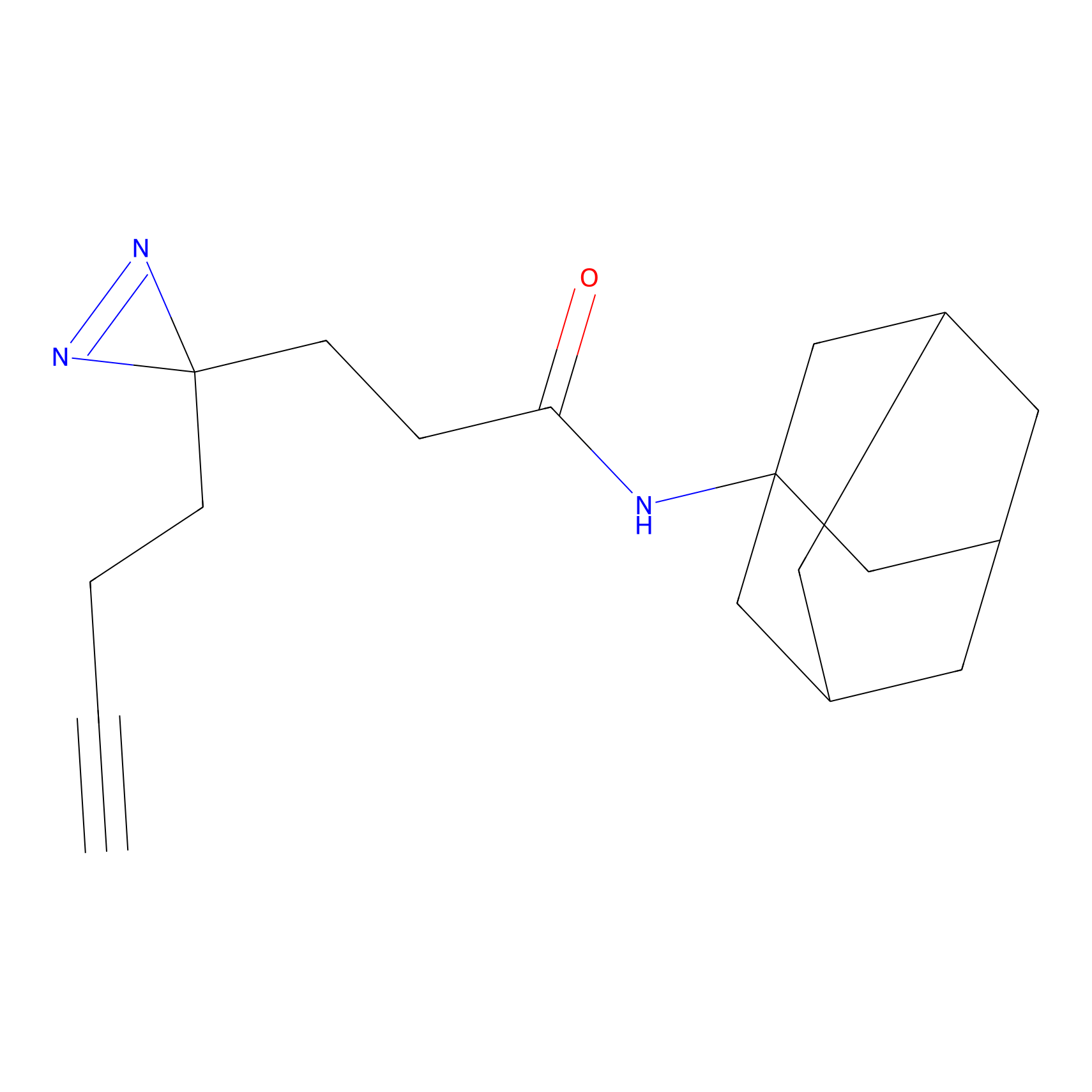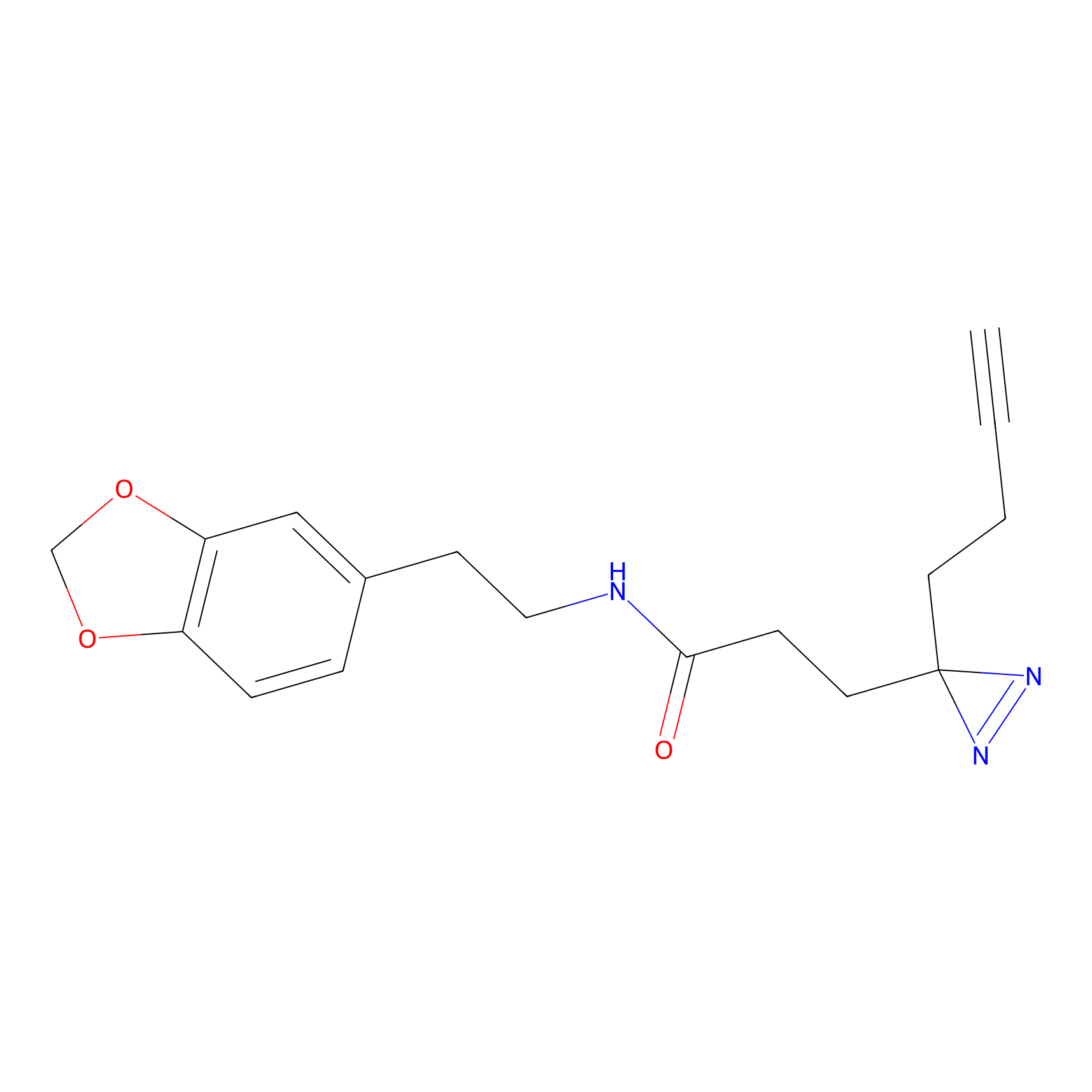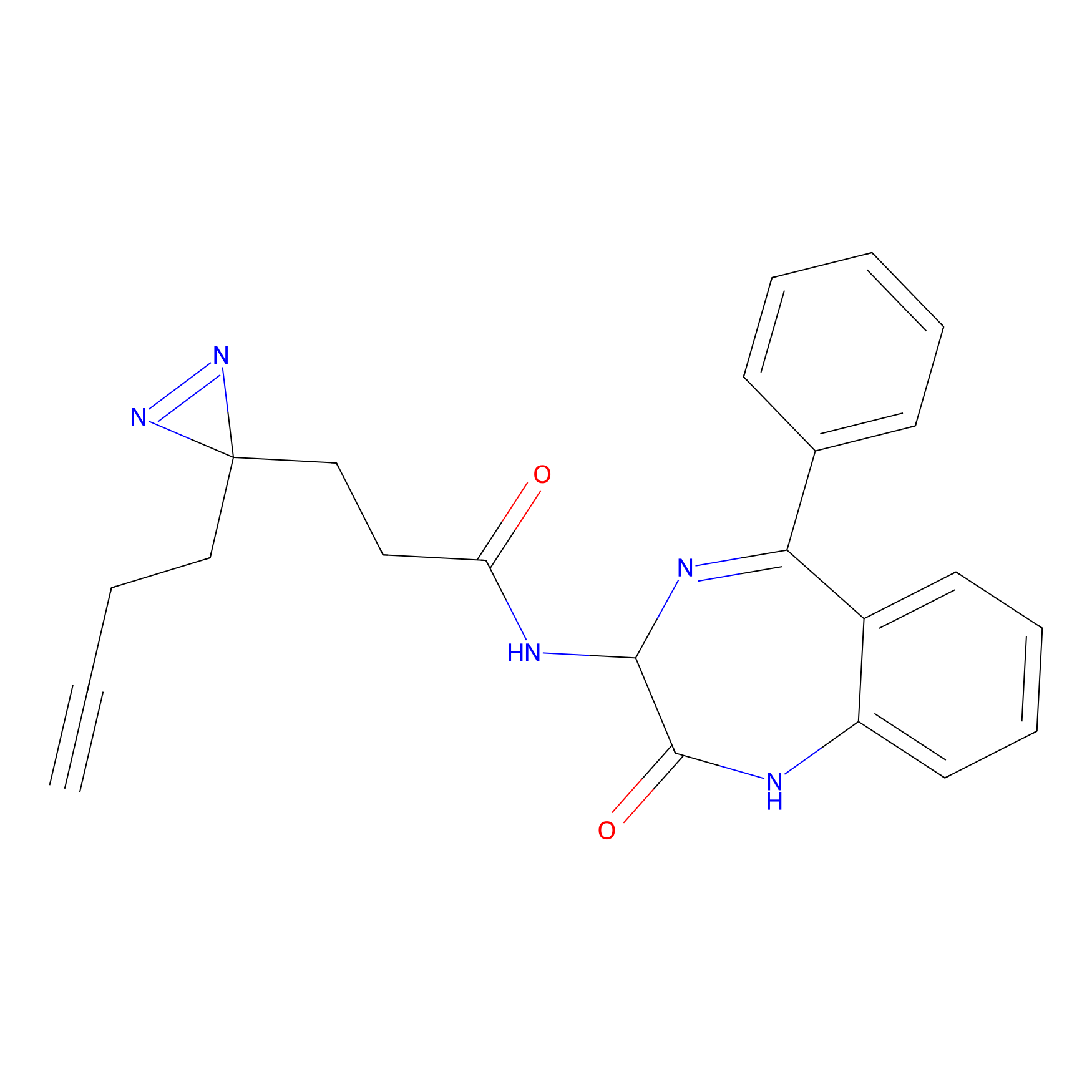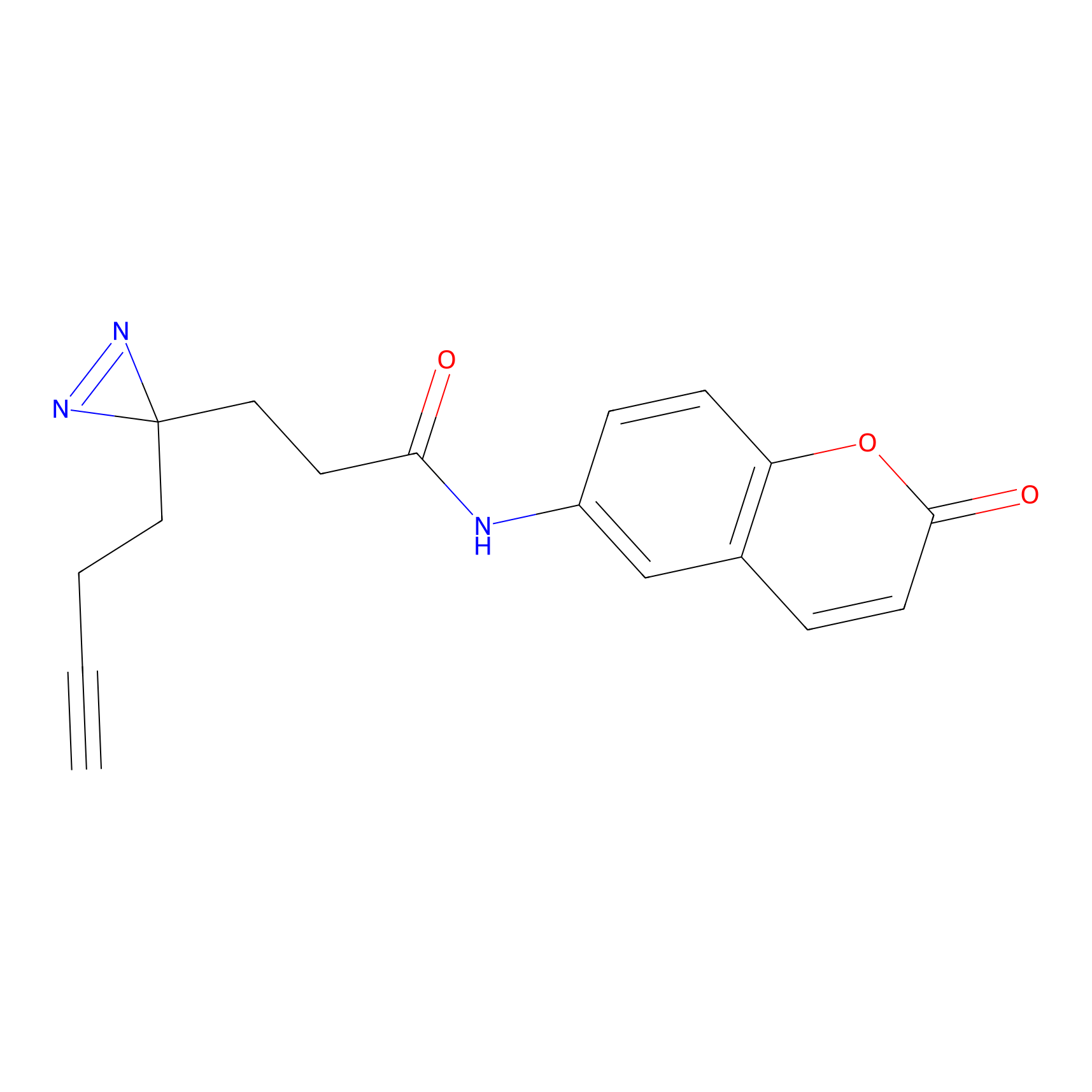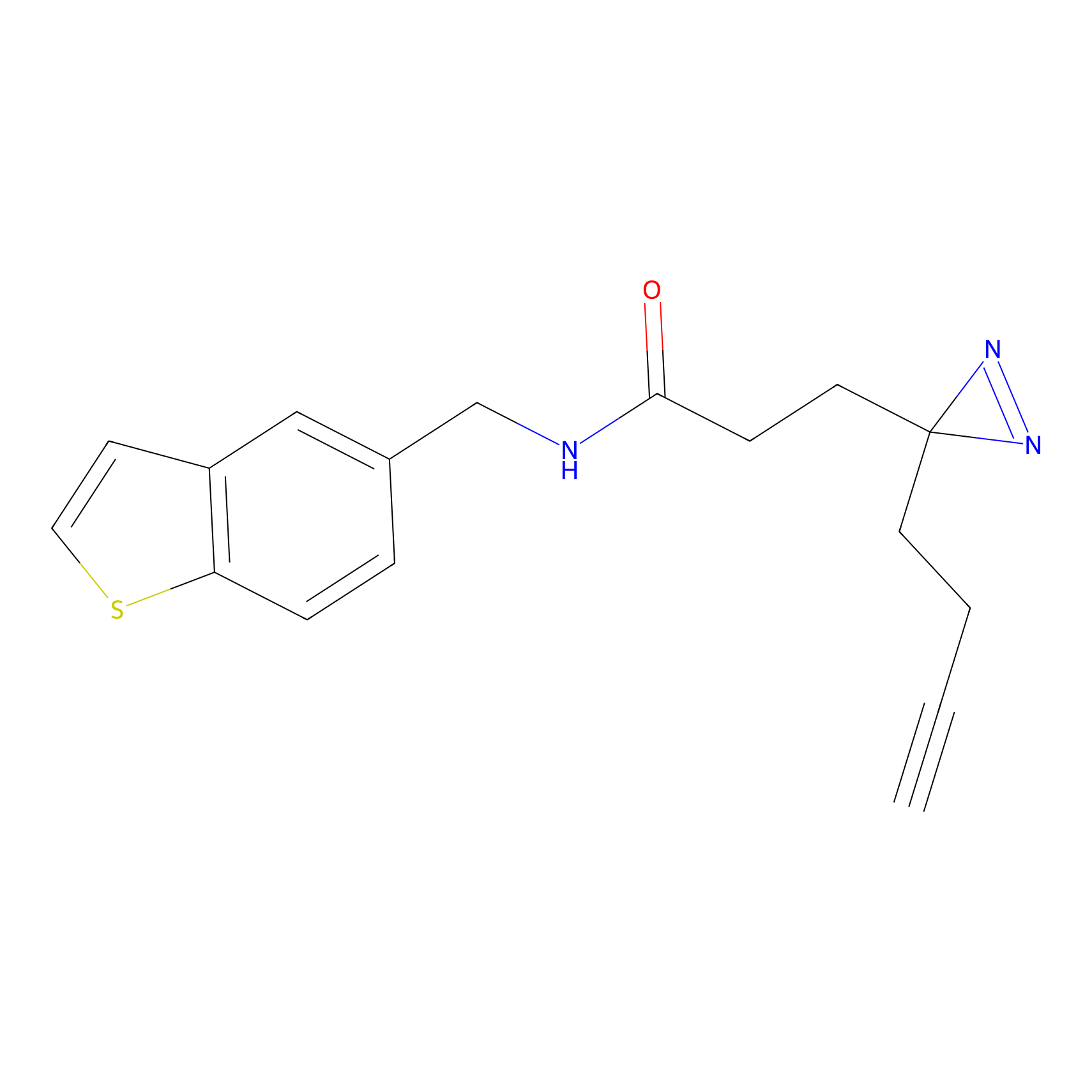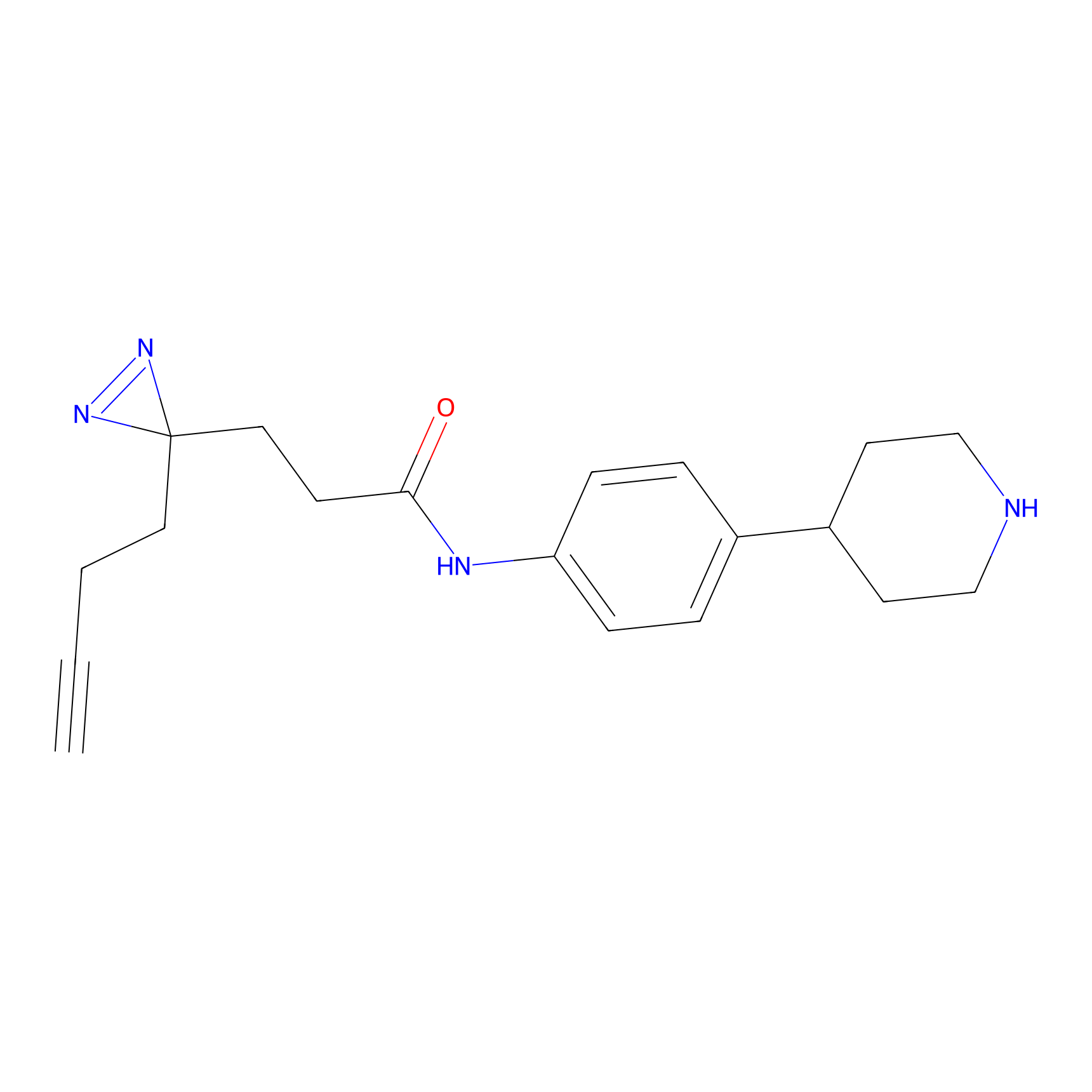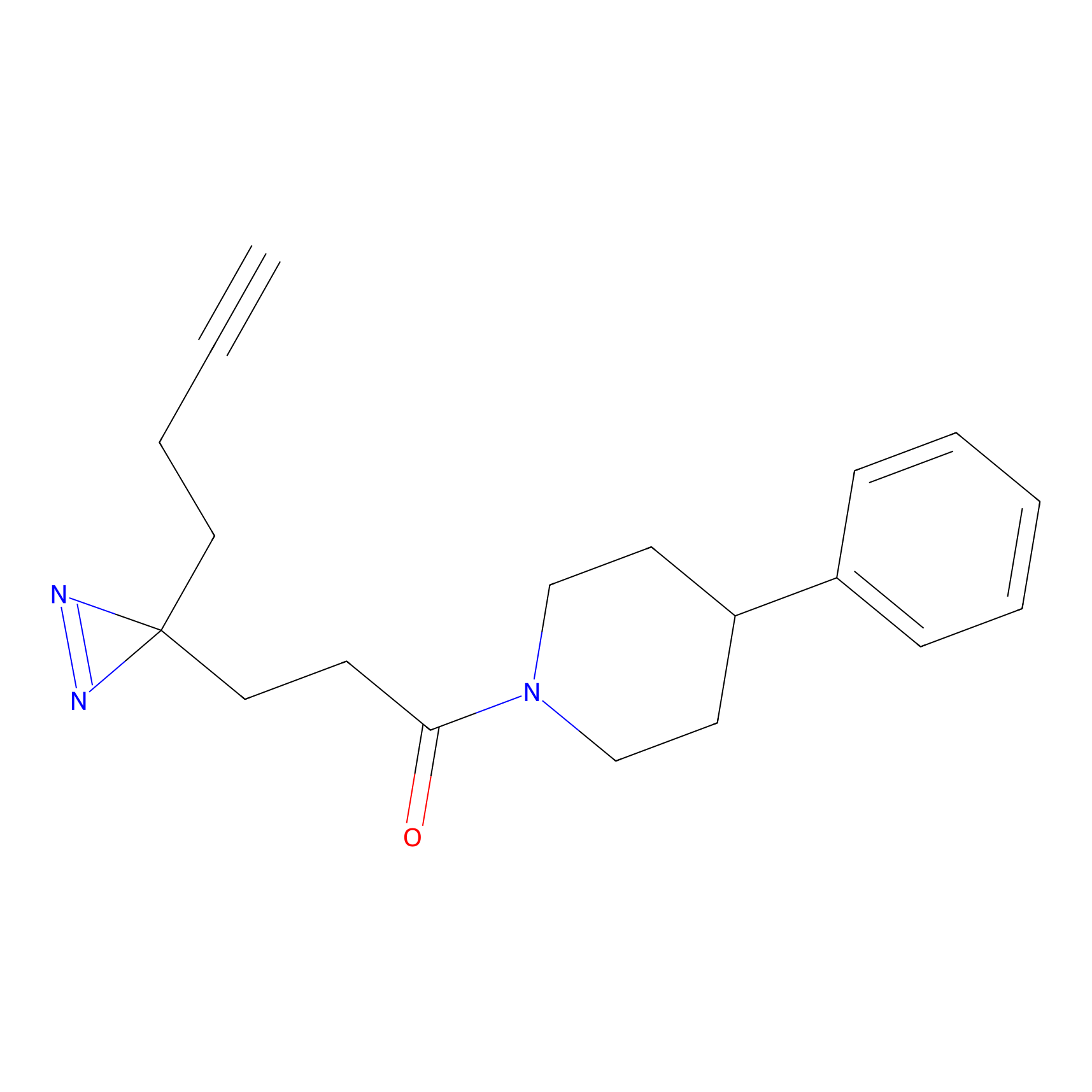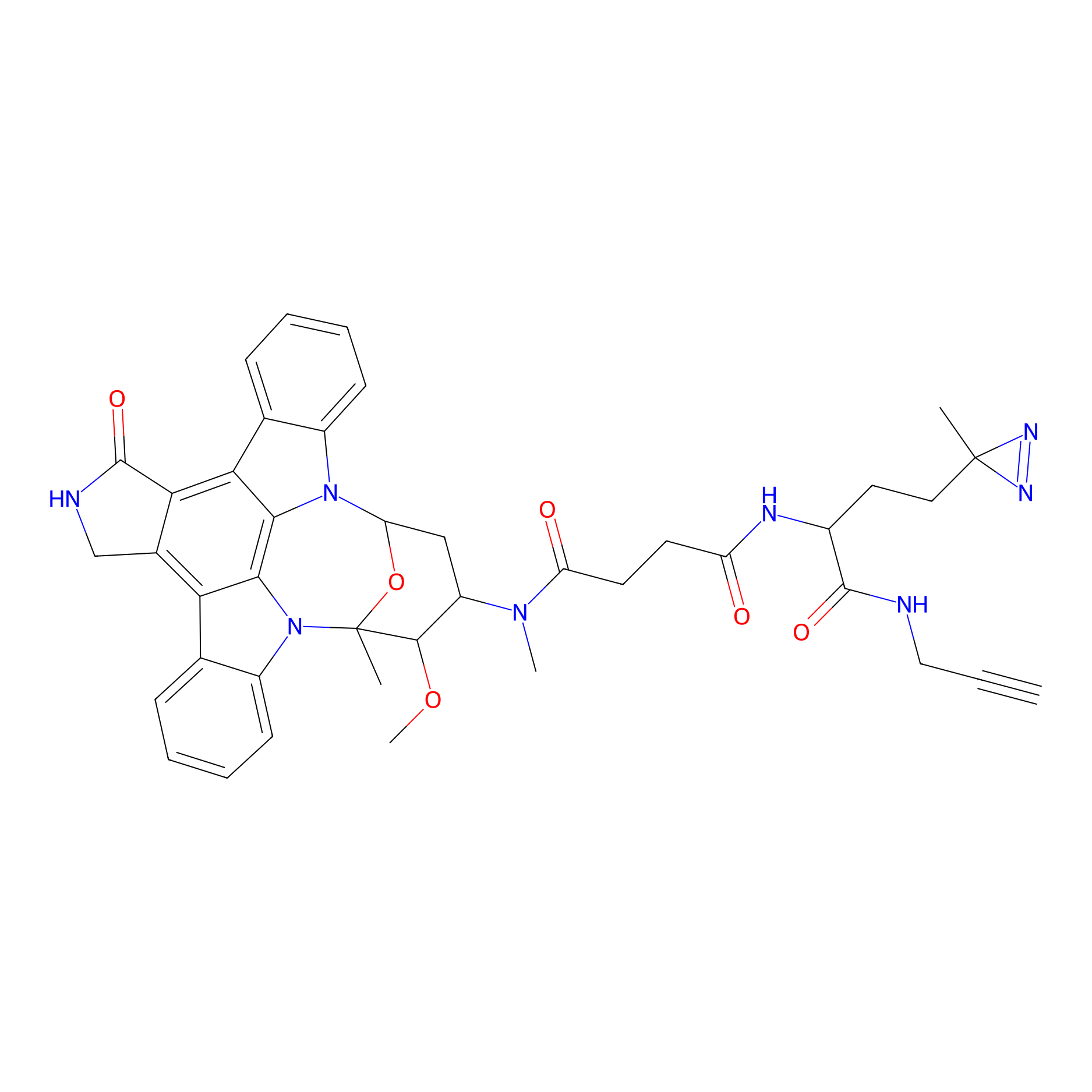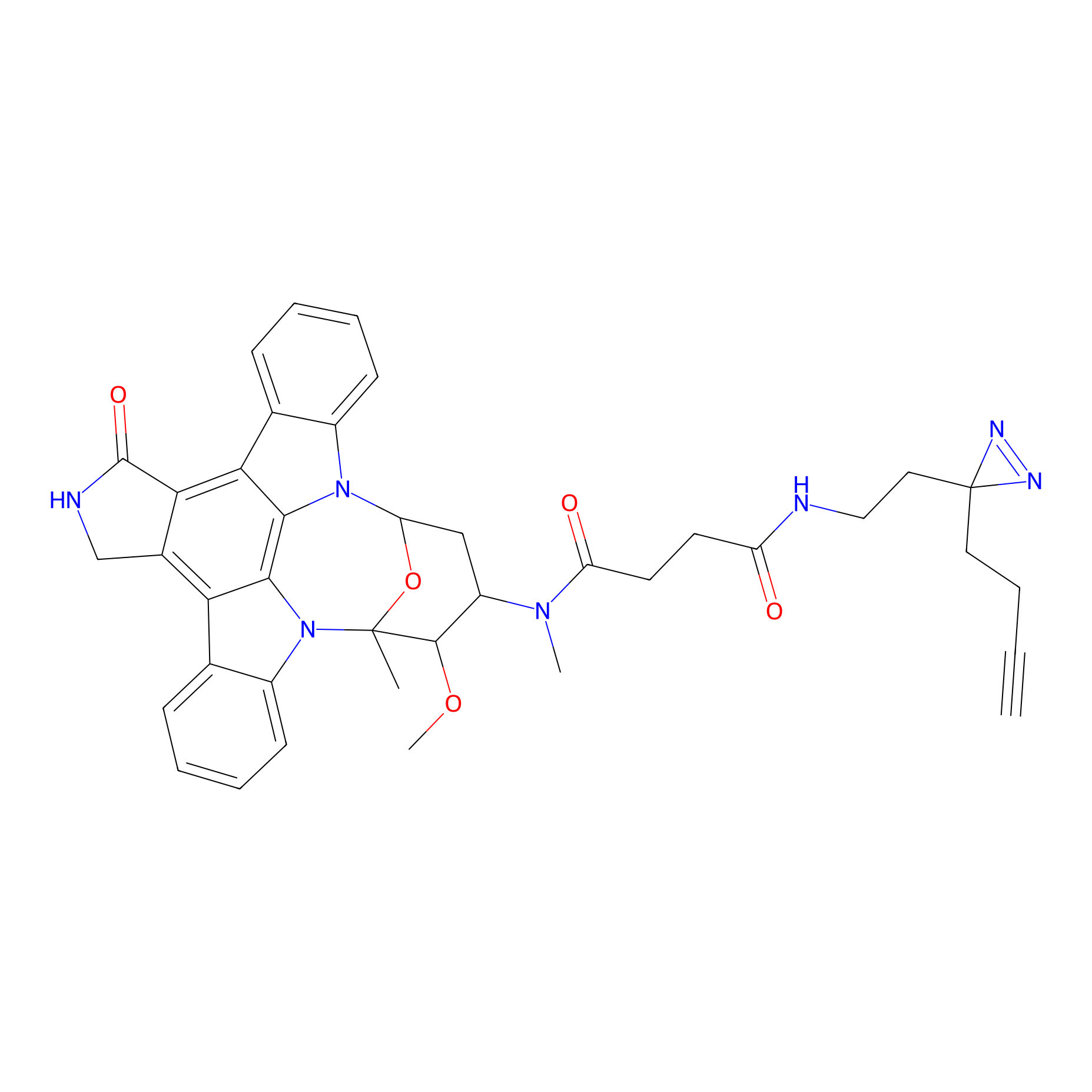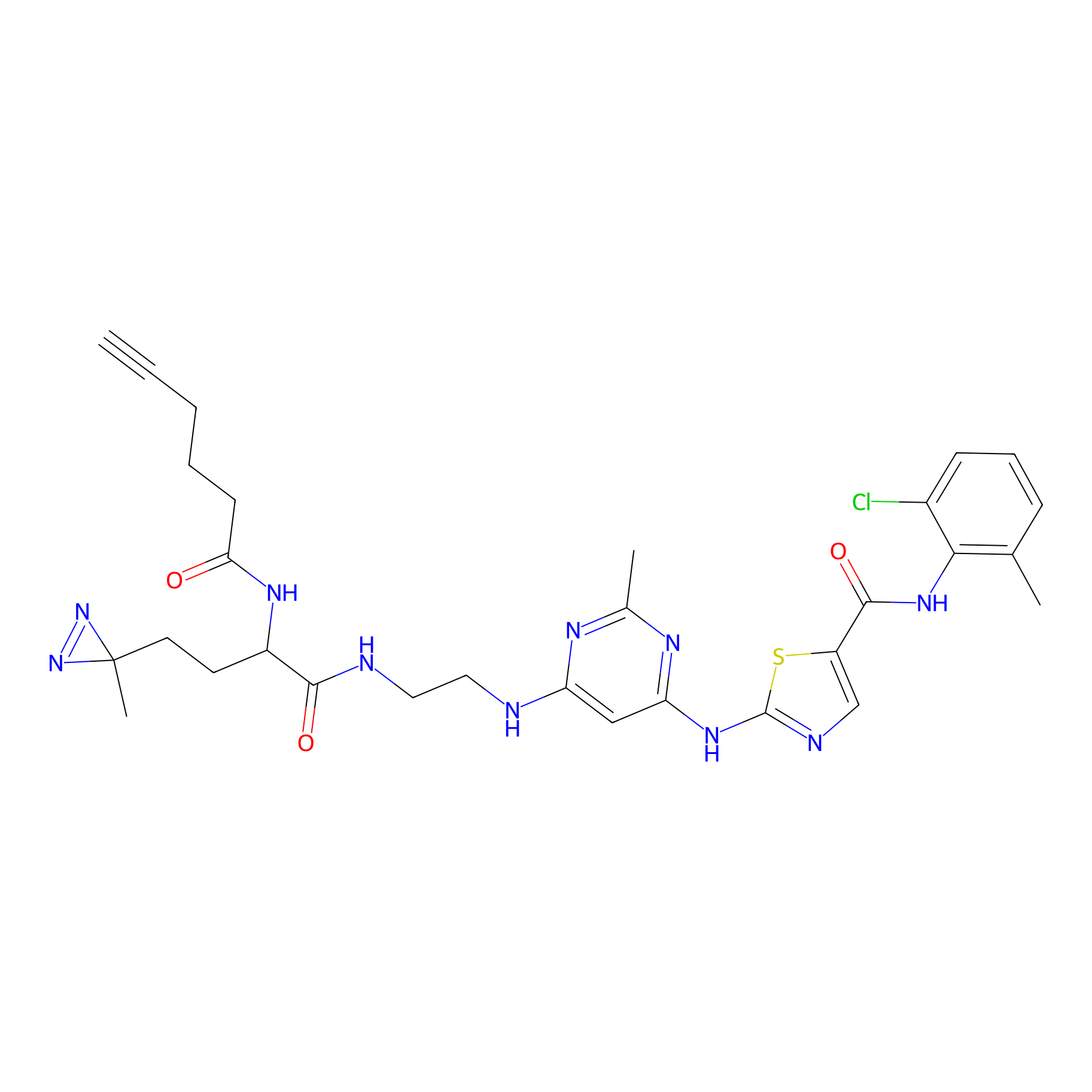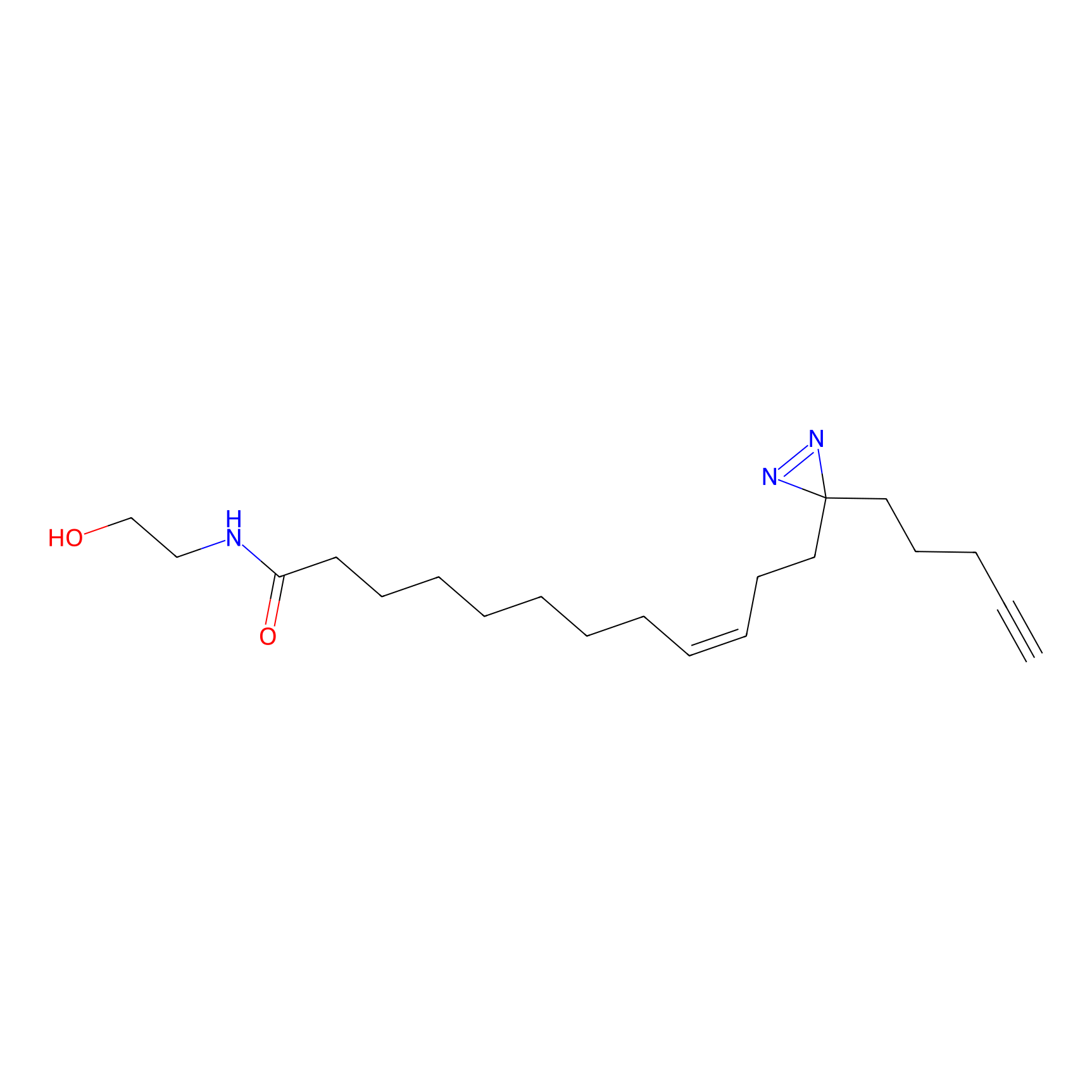Details of the Target
General Information of Target
| Target ID | LDTP04293 | |||||
|---|---|---|---|---|---|---|
| Target Name | Transmembrane emp24 domain-containing protein 10 (TMED10) | |||||
| Gene Name | TMED10 | |||||
| Gene ID | 10972 | |||||
| Synonyms |
TMP21; Transmembrane emp24 domain-containing protein 10; Protein TMED10; 21 kDa transmembrane-trafficking protein; S31I125; S31III125; Tmp-21-I; Transmembrane protein Tmp21; p23; p24 family protein delta-1; p24delta1; p24delta
|
|||||
| 3D Structure | ||||||
| Sequence |
MSGLSGPPARRGPFPLALLLLFLLGPRLVLAISFHLPINSRKCLREEIHKDLLVTGAYEI
SDQSGGAGGLRSHLKITDSAGHILYSKEDATKGKFAFTTEDYDMFEVCFESKGTGRIPDQ LVILDMKHGVEAKNYEEIAKVEKLKPLEVELRRLEDLSESIVNDFAYMKKREEEMRDTNE STNTRVLYFSIFSMFCLIGLATWQVFYLRRFFKAKKLIE |
|||||
| Target Bioclass |
Transporter and channel
|
|||||
| Family |
EMP24/GP25L family
|
|||||
| Subcellular location |
Endoplasmic reticulum membrane
|
|||||
| Function |
Cargo receptor involved in protein vesicular trafficking and quality control in the endoplasmic reticulum (ER) and Golgi. The p24 protein family is a group of transmembrane proteins that bind coat protein complex I/COPI and coat protein complex II/COPII involved in vesicular trafficking between the membranes. Acts at the lumenal side for incorporation of secretory cargo molecules into transport vesicles and involved in vesicle coat formation at the cytoplasmic side. Mainly functions in the early secretory pathway and cycles between the ER, ER-Golgi intermediate compartment (ERGIC) and Golgi, mediating cargo transport through COPI and COPII-coated vesicles. In COPII vesicle-mediated anterograde transport, involved in the transport of GPI-anchored proteins by acting together with TMED2 as their cargo receptor; the function specifically implies SEC24C and SEC24D of the COPII vesicle coat and lipid raft-like microdomains of the ER. Recognizes GPI anchors structural remodeled in the ER by the GPI inositol-deacylase/PGAP1 and the metallophosphoesterase MPPE1/PGAP5. In COPI vesicle-mediated retrograde transport, involved in the biogenesis of COPI vesicles and vesicle coat recruitment. Involved in trafficking of amyloid beta A4 protein and soluble APP-beta release (independent from the modulation of gamma-secretase activity). Involved in the KDELR2-mediated retrograde transport of the toxin A subunit (CTX-A-K63)together with COPI and the COOH terminus of KDELR2. On Golgi membranes, acts as a primary receptor for ARF1-GDP, a GTP-binding protein involved in COPI-vesicle formation. Increases coatomer-dependent GTPase-activating activity of ARFGAP2 which mediates the hydrolysis of ARF1-bound GTP and therefore modulates protein trafficking from the Golgi apparatus. Involved in the exocytic trafficking of G protein-coupled receptors F2LR1/PAR2 (trypsin and tryspin-like enzyme receptor), OPRM1 (opioid receptor) and P2RY4 (UTD and UDP receptor) from the Golgi to the plasma membrane, thus contributing to receptor resensitization. In addition to its cargo receptor activity, may also act as a protein channel after oligomerization, facilitating the post-translational entry of leaderless cytoplasmic cargo into the ERGIC. Involved in the translocation into ERGIC, the vesicle entry and the secretion of leaderless cargos (lacking the secretion signal sequence), including the mature form of interleukin 1/IL-1 family members, the alpha-crystallin B chain HSPB5, the carbohydrate-binding proteins galectin-1/LGALS1 and galectin-3/LGALS3, the microtubule-associated protein Tau/MAPT, and the annexin A1/ANXA1; the translocation process is dependent on cargo protein unfolding and enhanced by chaperones HSP90AB1 and HSP90B1/GRP9. Could also associates with the presenilin-dependent gamma-secretase complex in order to regulate gamma-cleavages of the amyloid beta A4 protein to yield amyloid-beta 40/Abeta40.
|
|||||
| Uniprot ID | ||||||
| Ensemble ID | ||||||
| HGNC ID | ||||||
| ChEMBL ID | ||||||
Probe(s) Labeling This Target
ABPP Probe
| Probe name | Structure | Binding Site(Ratio) | Interaction ID | Ref | |
|---|---|---|---|---|---|
|
m-APA Probe Info |
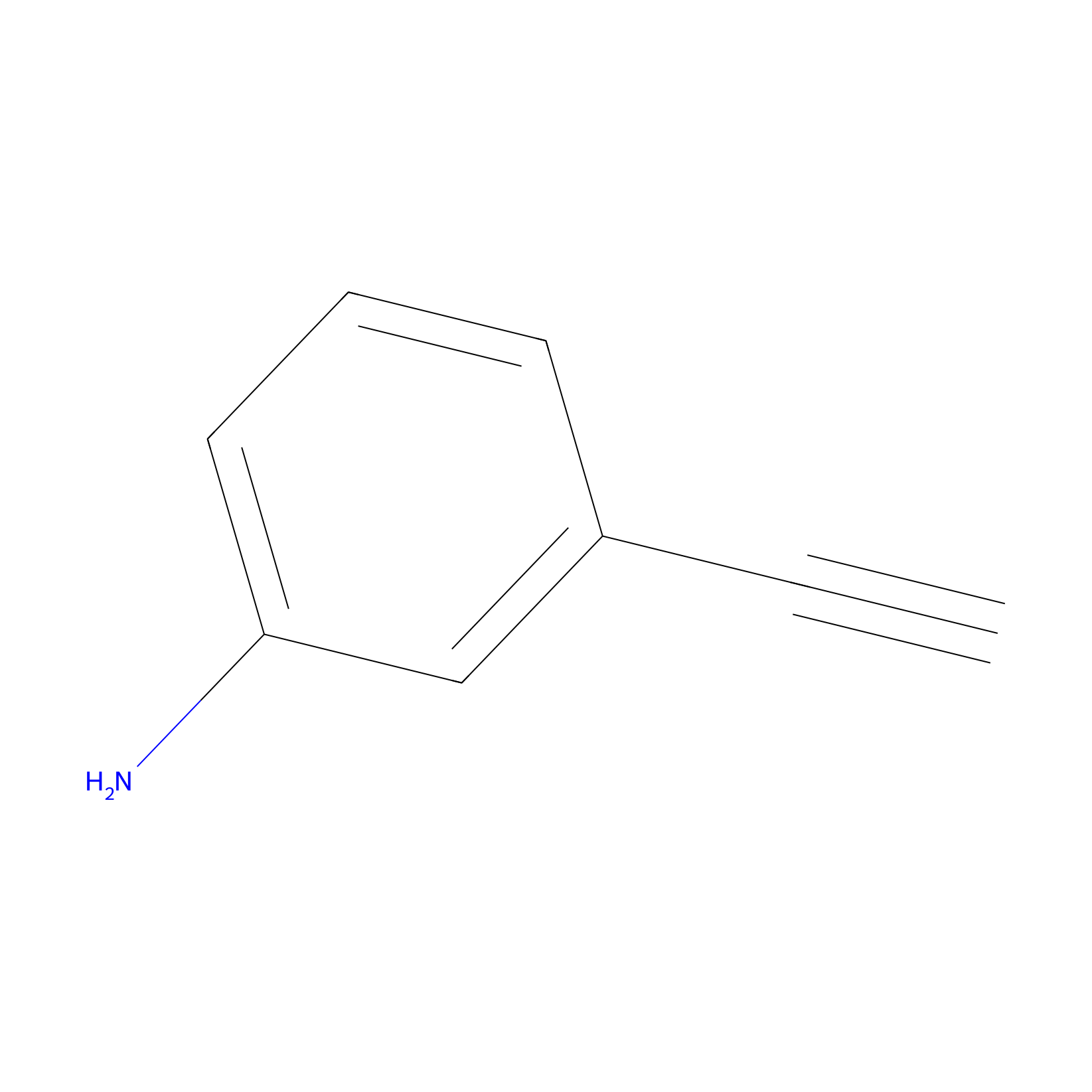 |
6.87 | LDD0402 | [1] | |
|
FBPP2 Probe Info |
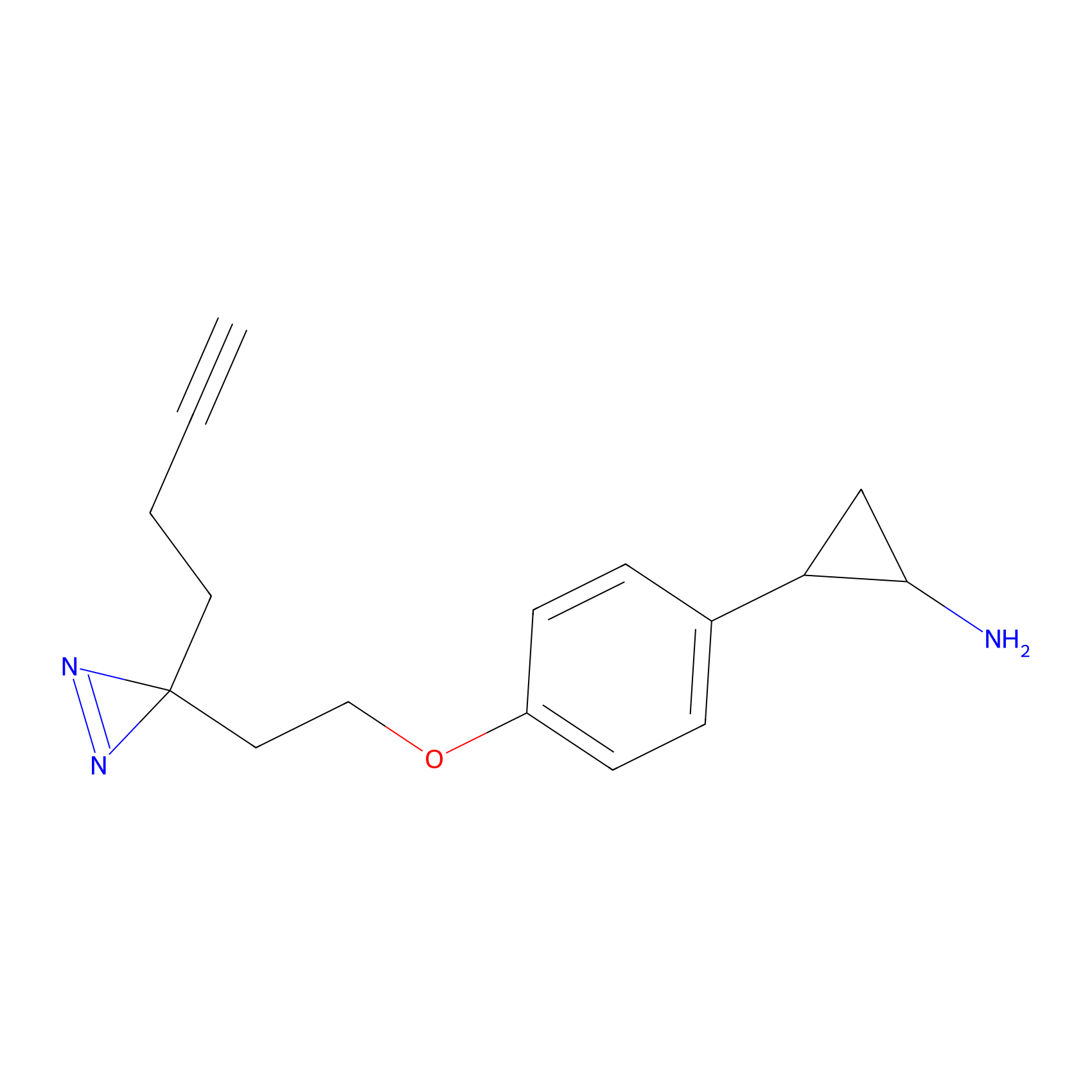 |
2.29 | LDD0318 | [2] | |
|
TH211 Probe Info |
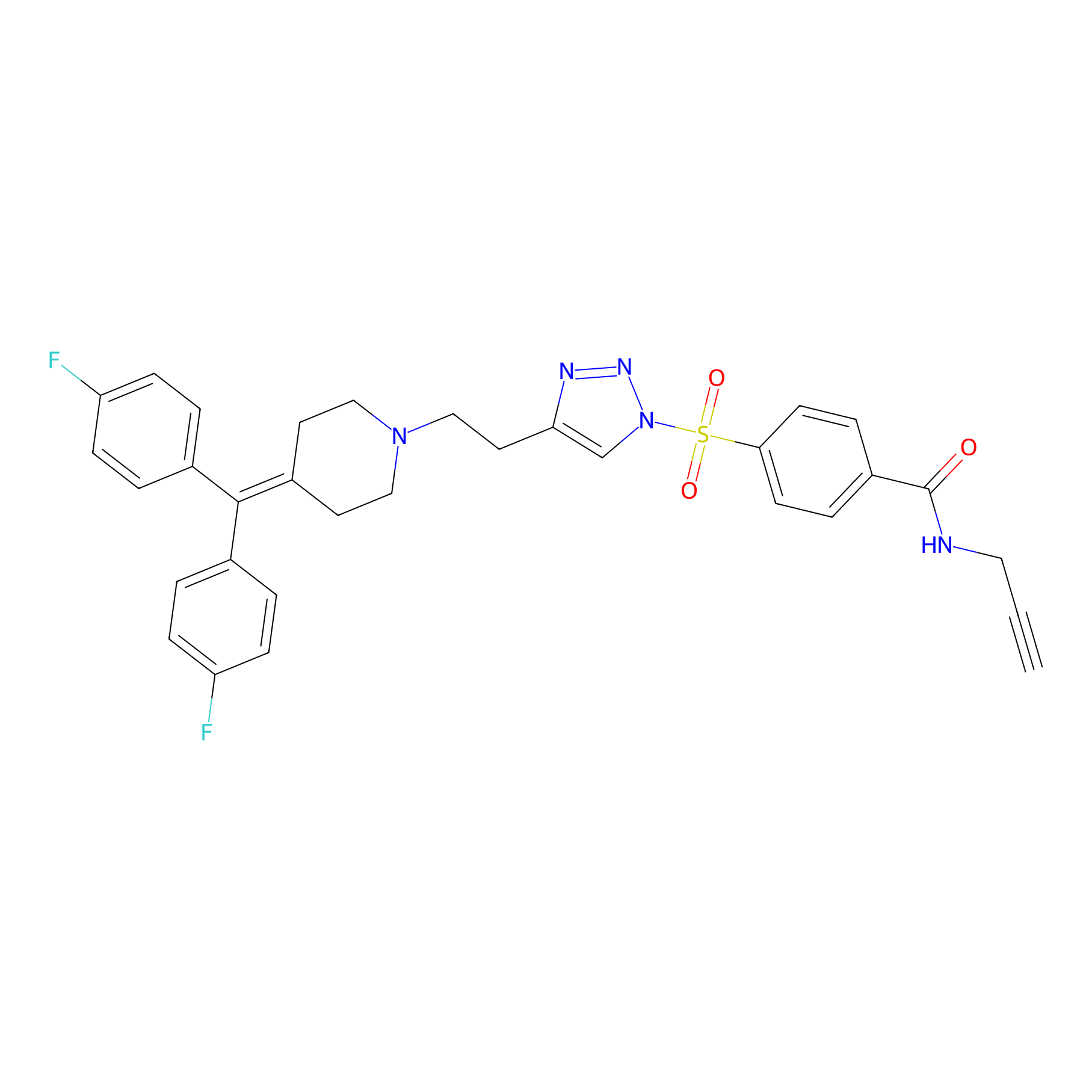 |
Y167(8.02) | LDD0260 | [3] | |
|
C-Sul Probe Info |
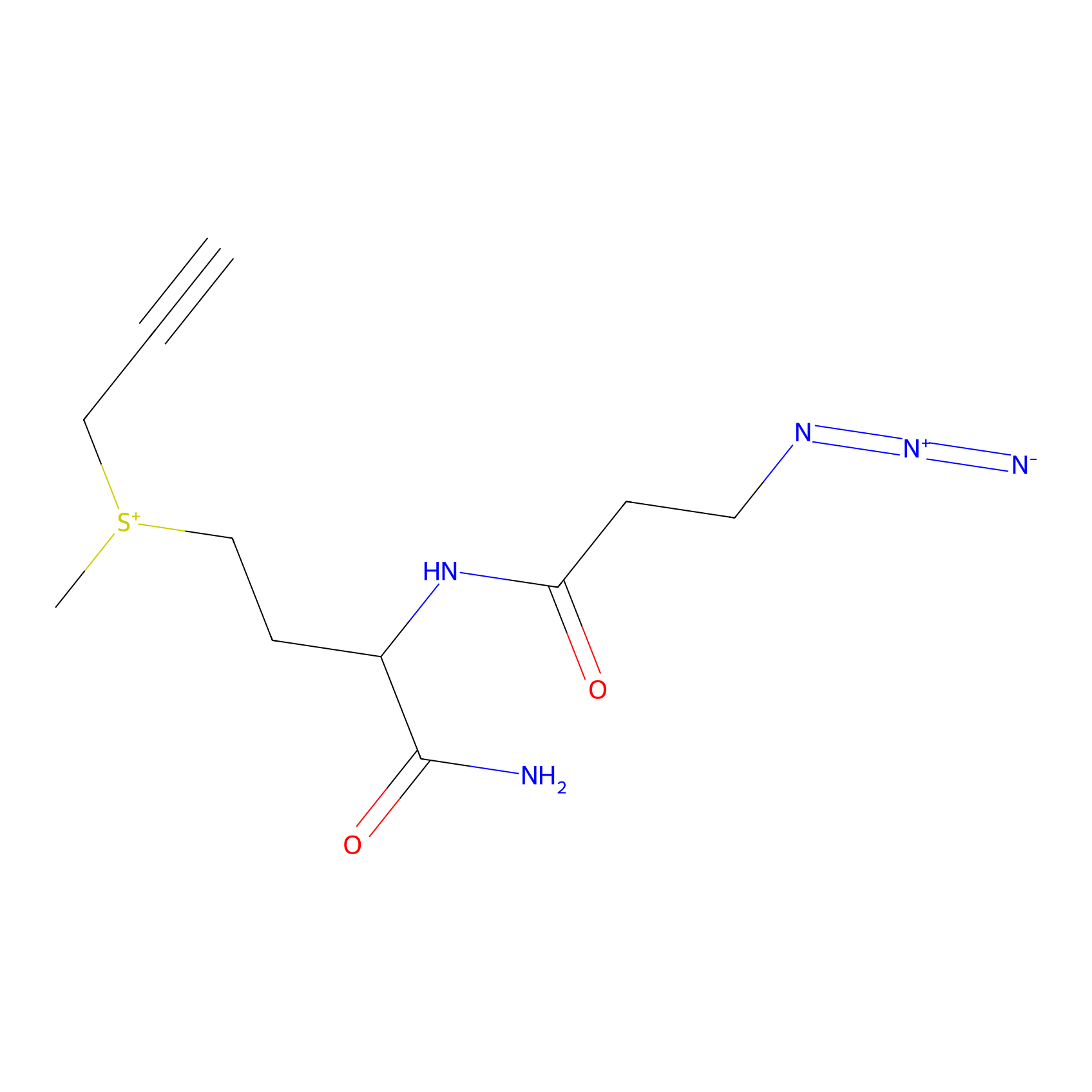 |
4.33 | LDD0066 | [4] | |
|
YN-1 Probe Info |
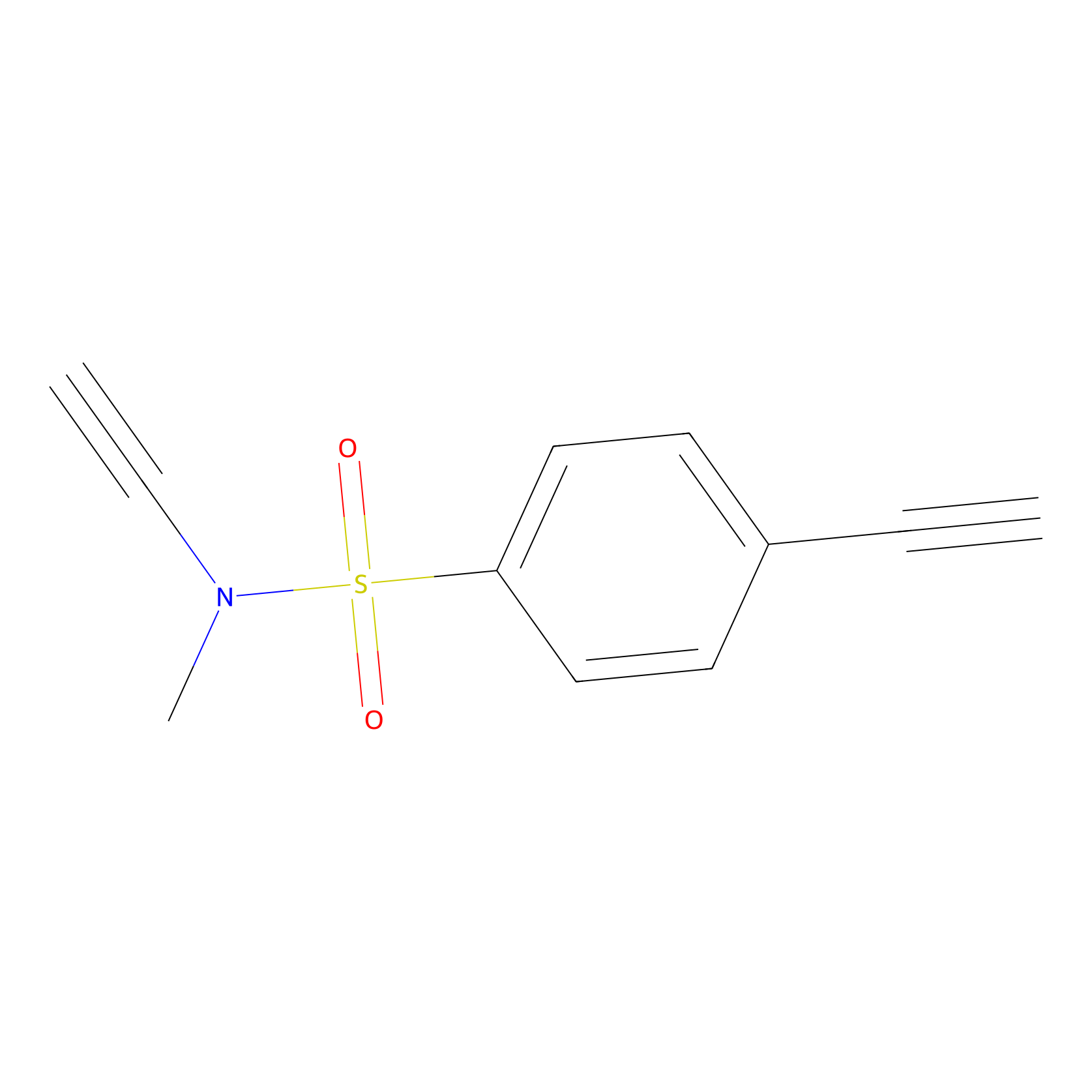 |
100.00 | LDD0444 | [5] | |
|
ONAyne Probe Info |
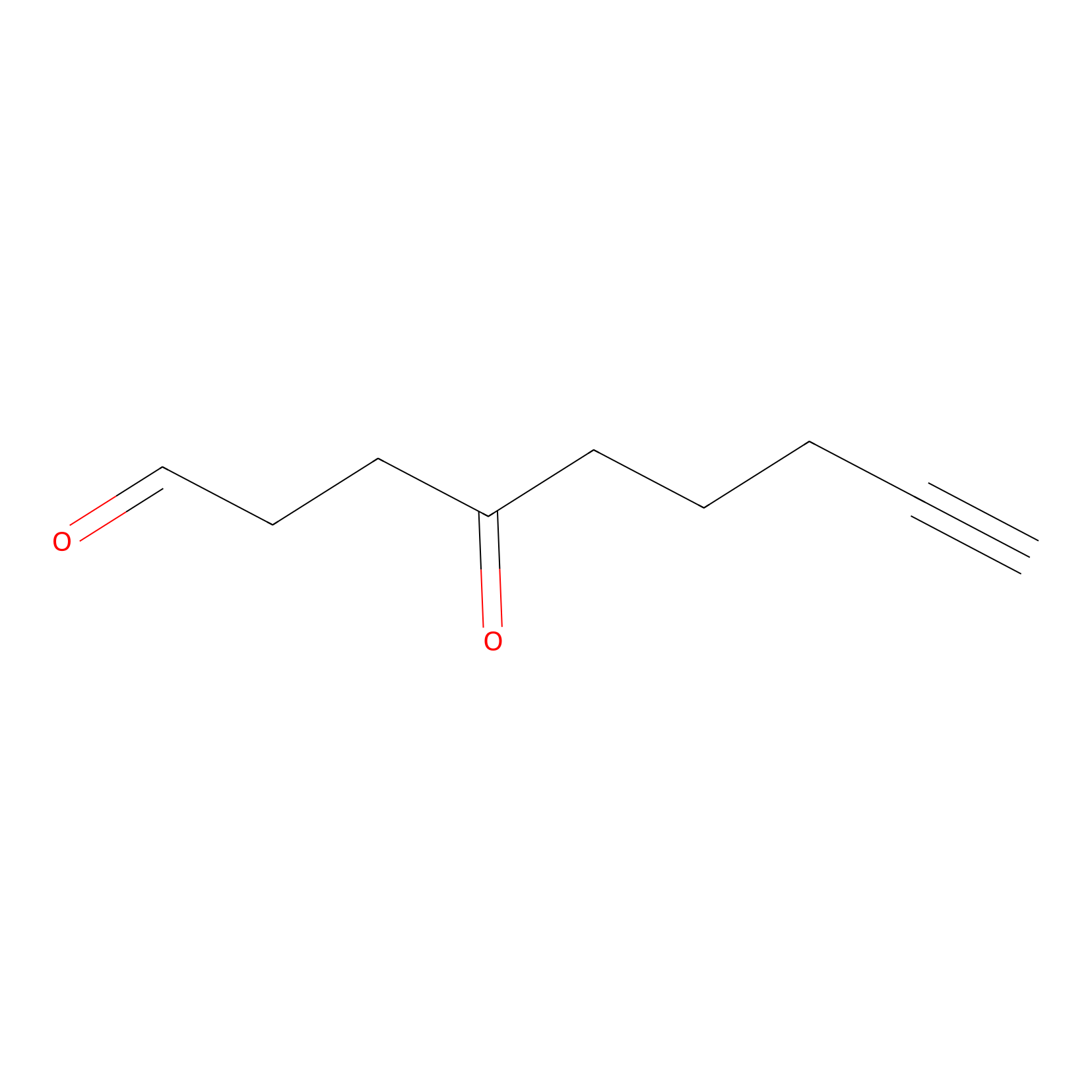 |
N.A. | LDD0273 | [6] | |
|
OPA-S-S-alkyne Probe Info |
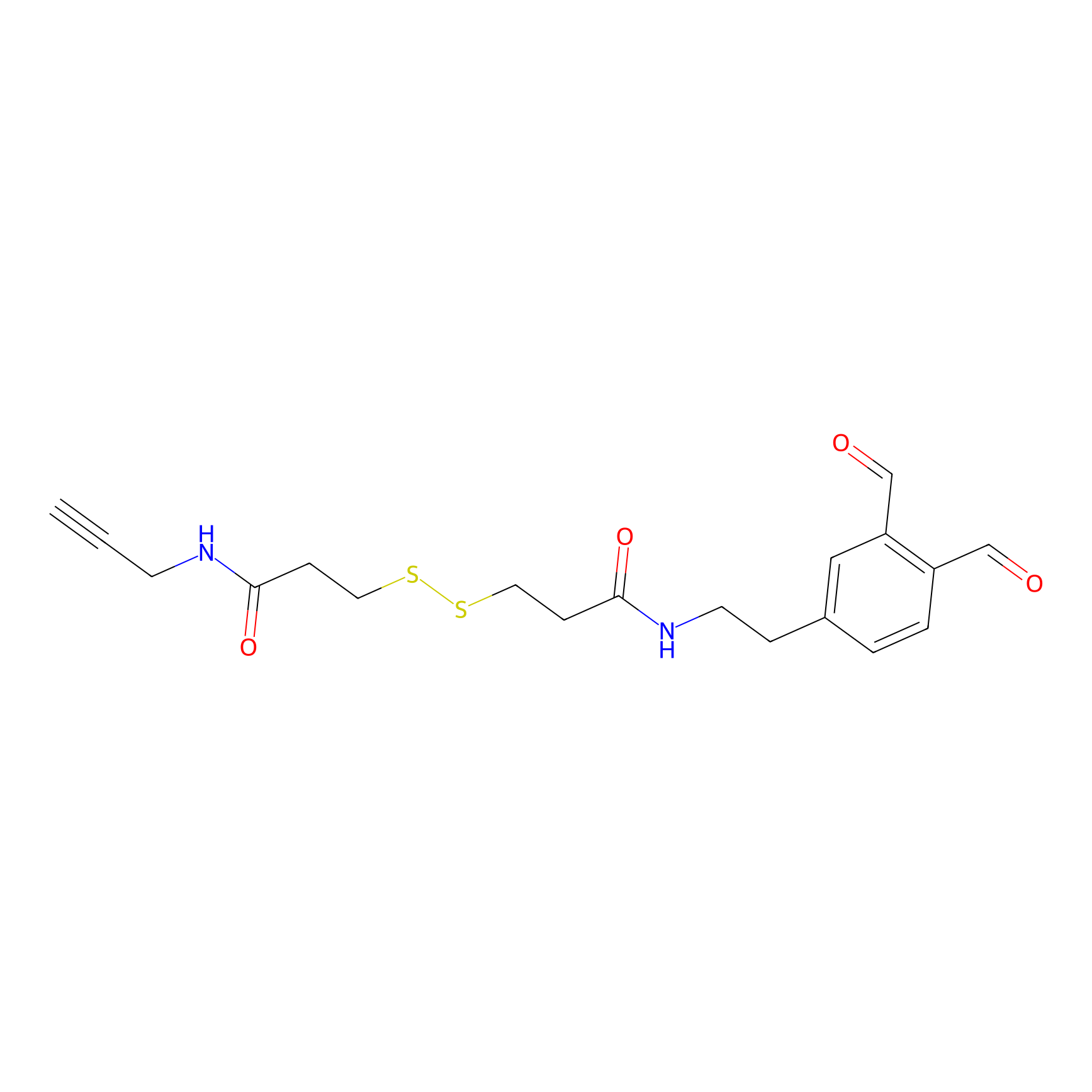 |
K145(4.28) | LDD3494 | [7] | |
|
Probe 1 Probe Info |
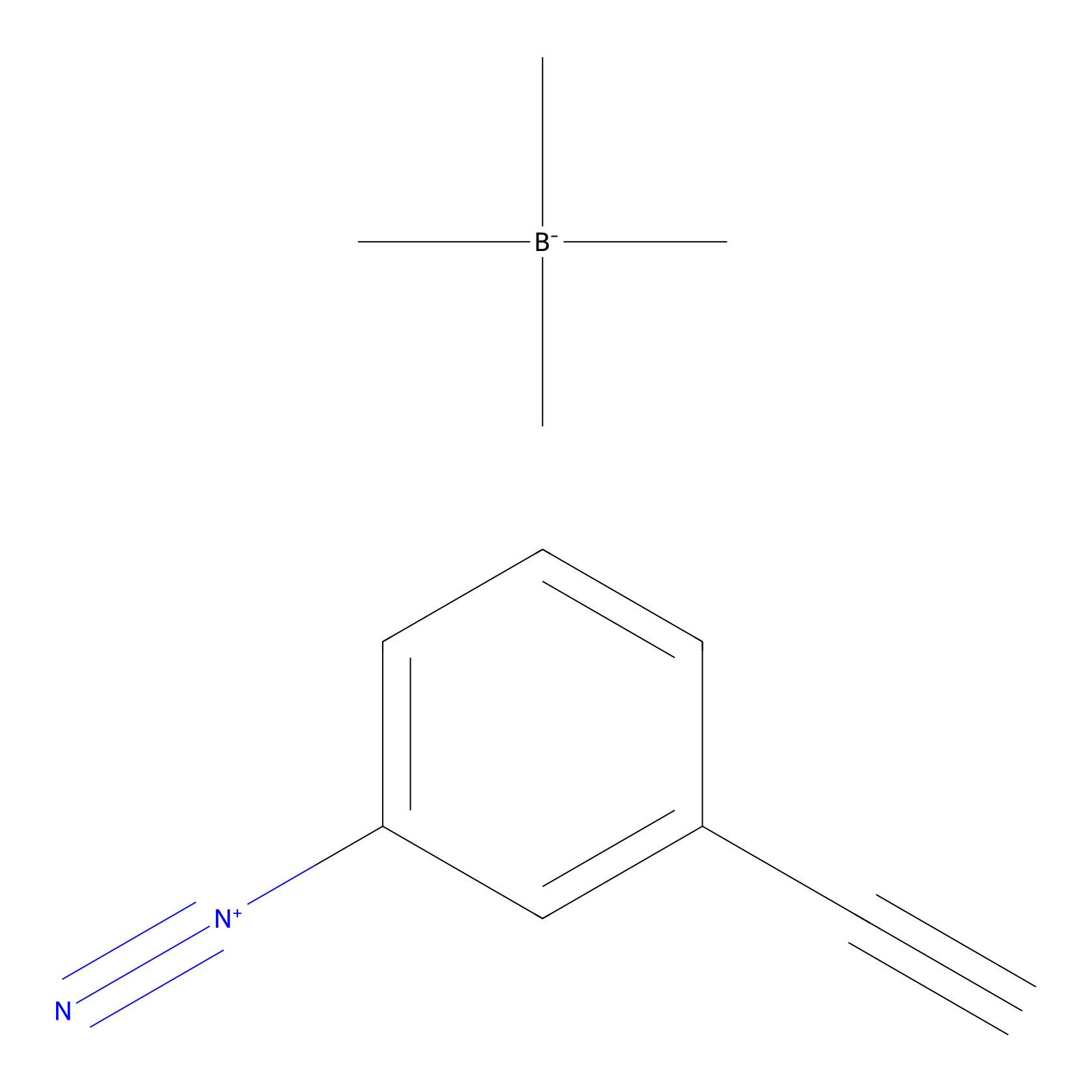 |
Y85(7.82); Y135(56.05) | LDD3495 | [8] | |
|
ATP probe Probe Info |
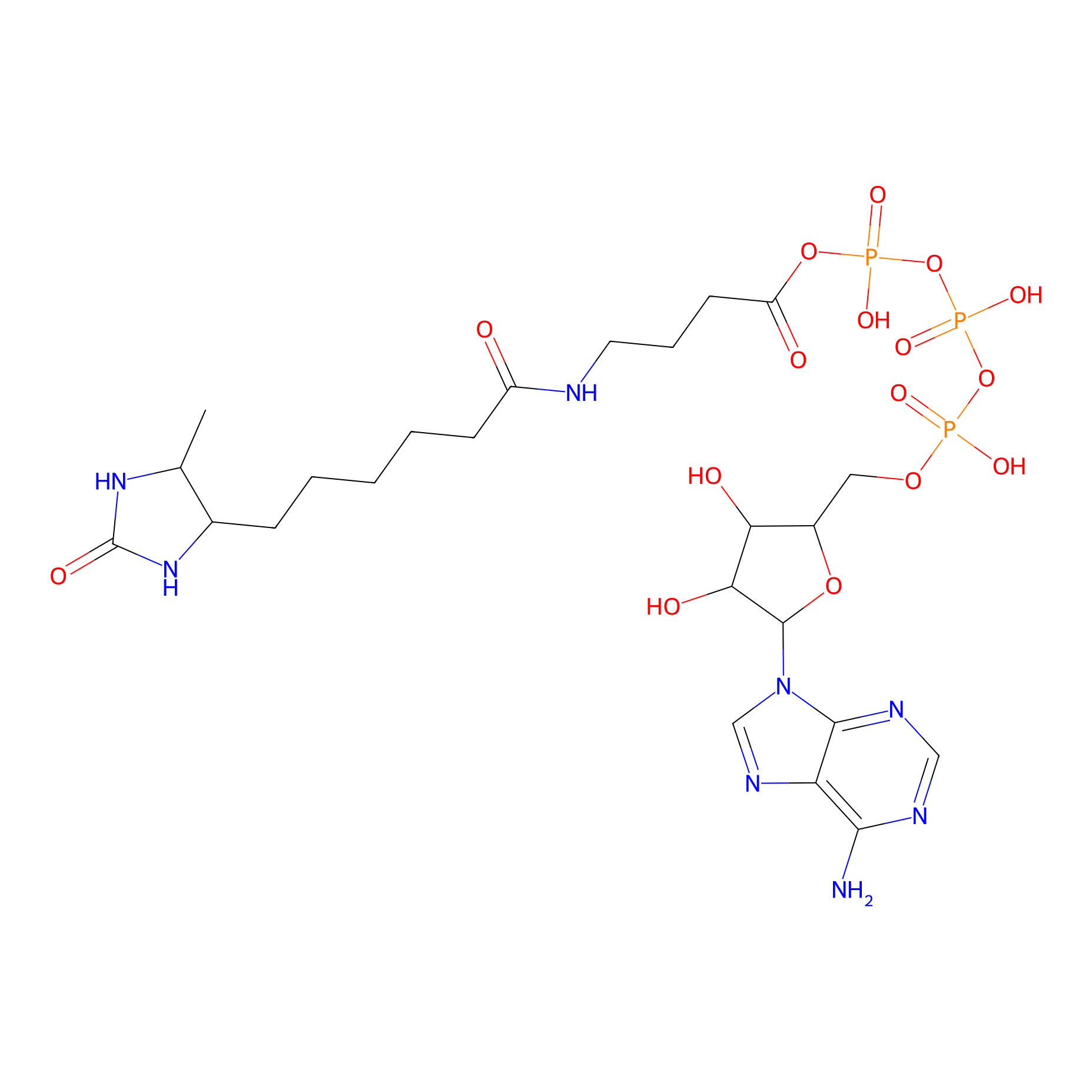 |
K75(0.00); K87(0.00); K92(0.00); K133(0.00) | LDD0199 | [9] | |
|
1d-yne Probe Info |
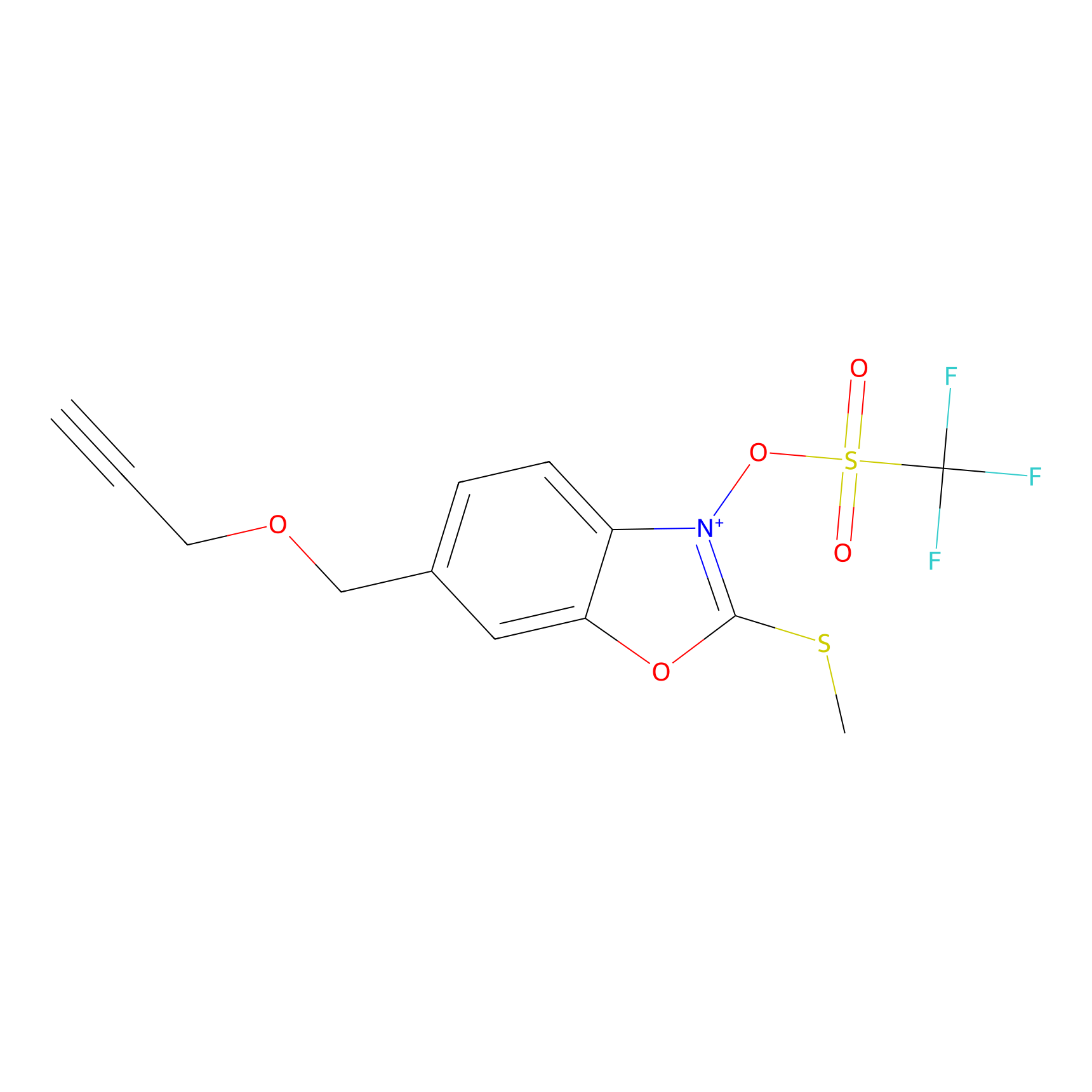 |
N.A. | LDD0358 | [10] | |
|
IA-alkyne Probe Info |
 |
N.A. | LDD0165 | [11] | |
|
NHS Probe Info |
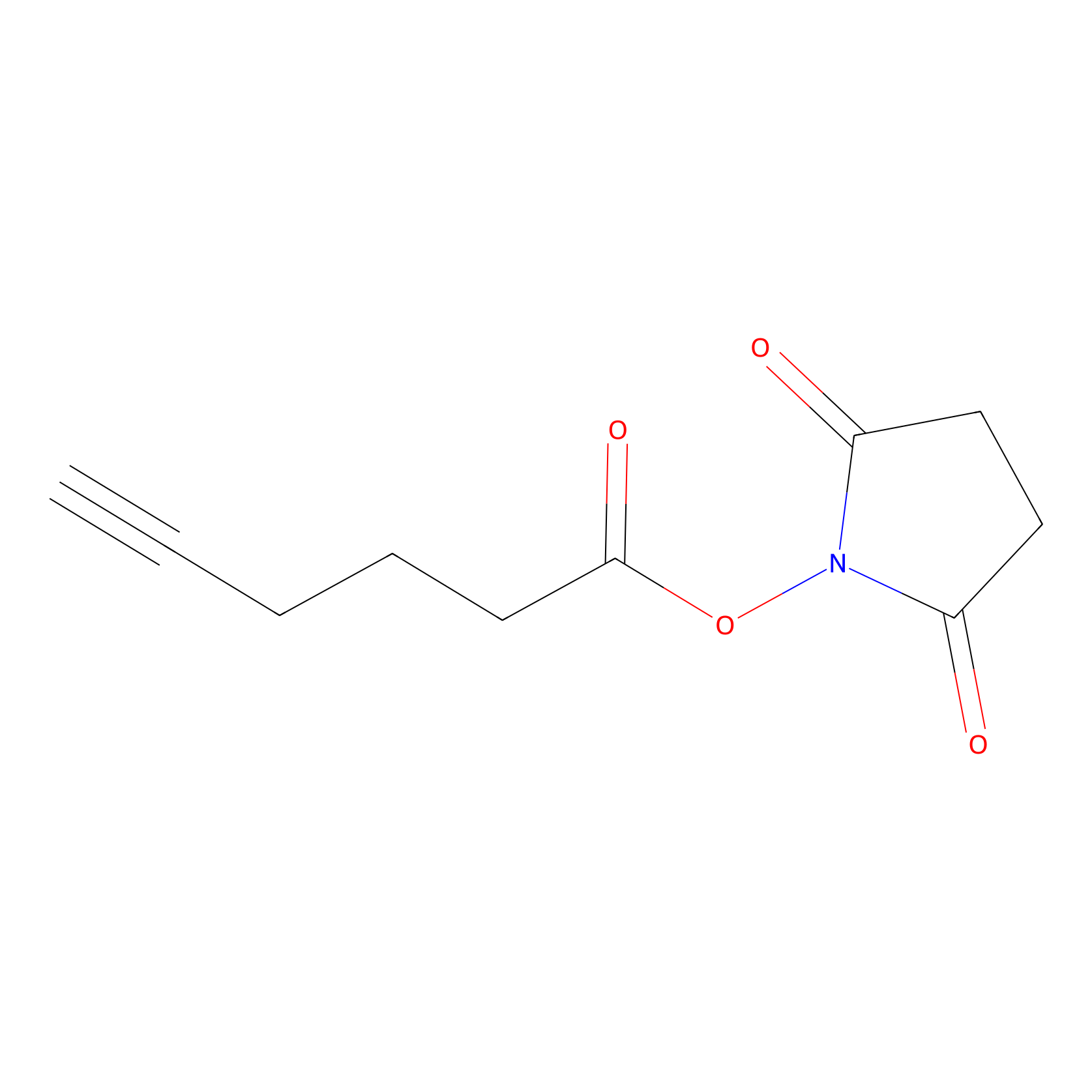 |
K143(0.00); K145(0.00) | LDD0010 | [12] | |
|
SF Probe Info |
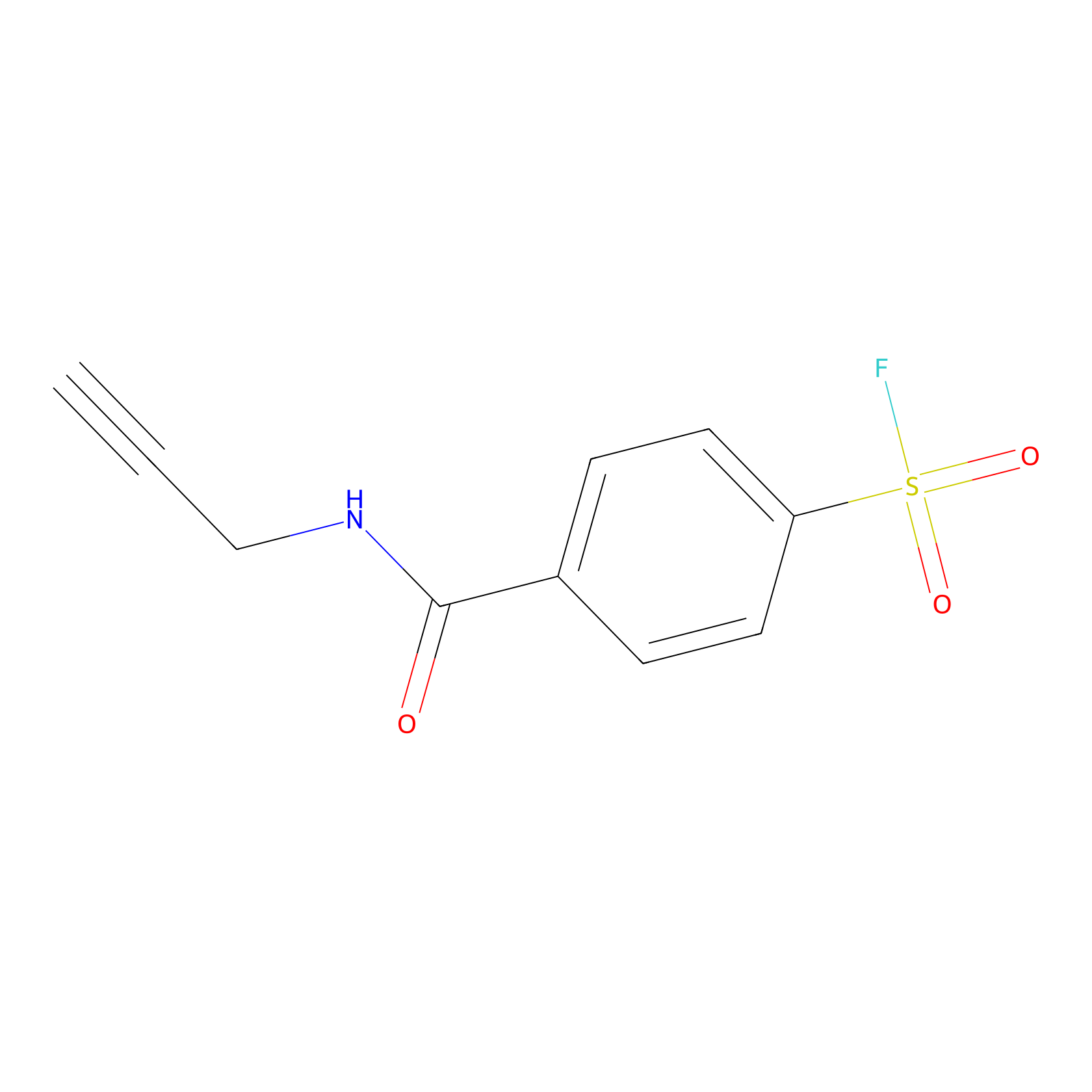 |
K75(0.00); Y135(0.00) | LDD0028 | [13] | |
|
STPyne Probe Info |
 |
N.A. | LDD0009 | [12] | |
|
1c-yne Probe Info |
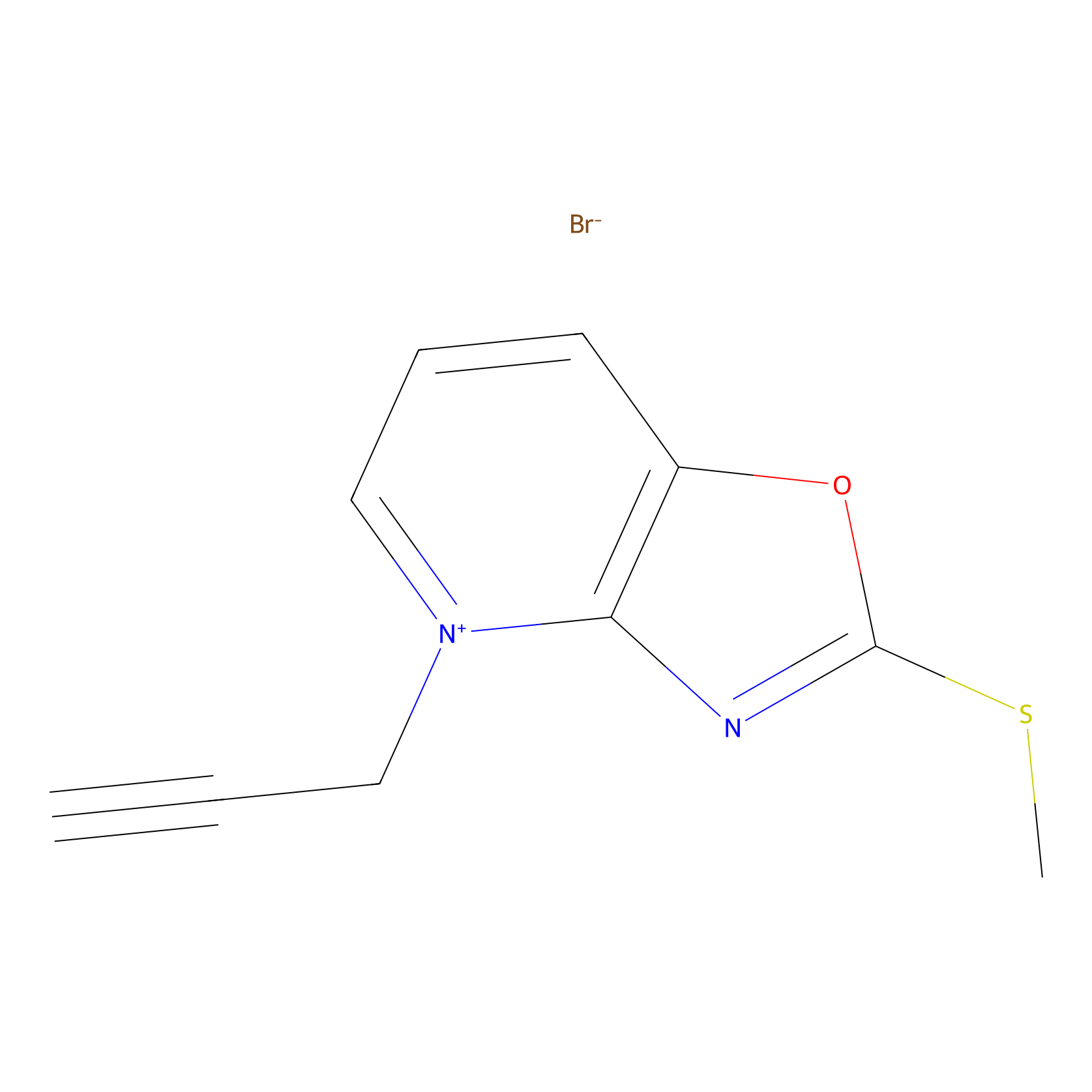 |
N.A. | LDD0228 | [10] | |
|
Acrolein Probe Info |
 |
N.A. | LDD0217 | [14] | |
|
Crotonaldehyde Probe Info |
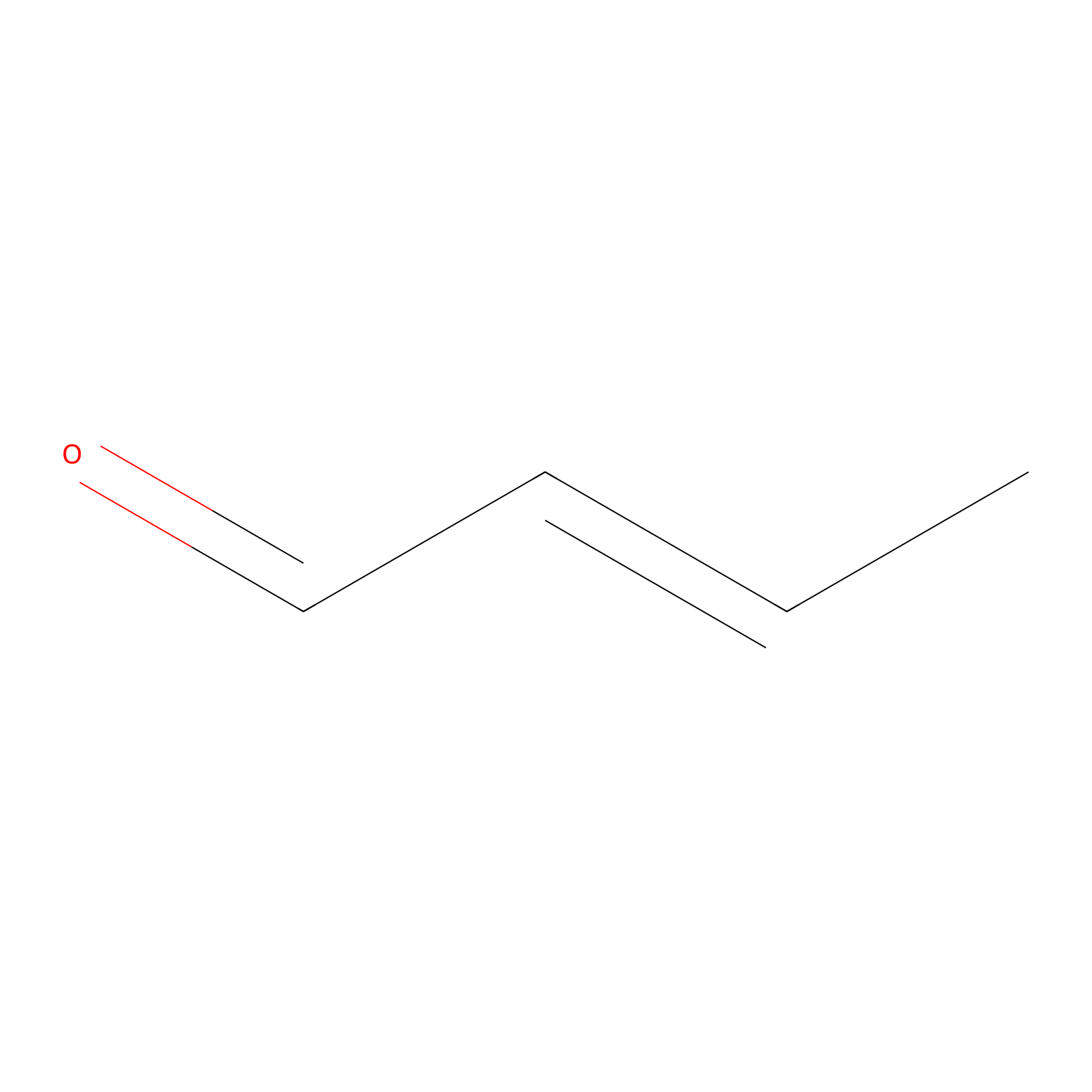 |
N.A. | LDD0219 | [14] | |
|
AOyne Probe Info |
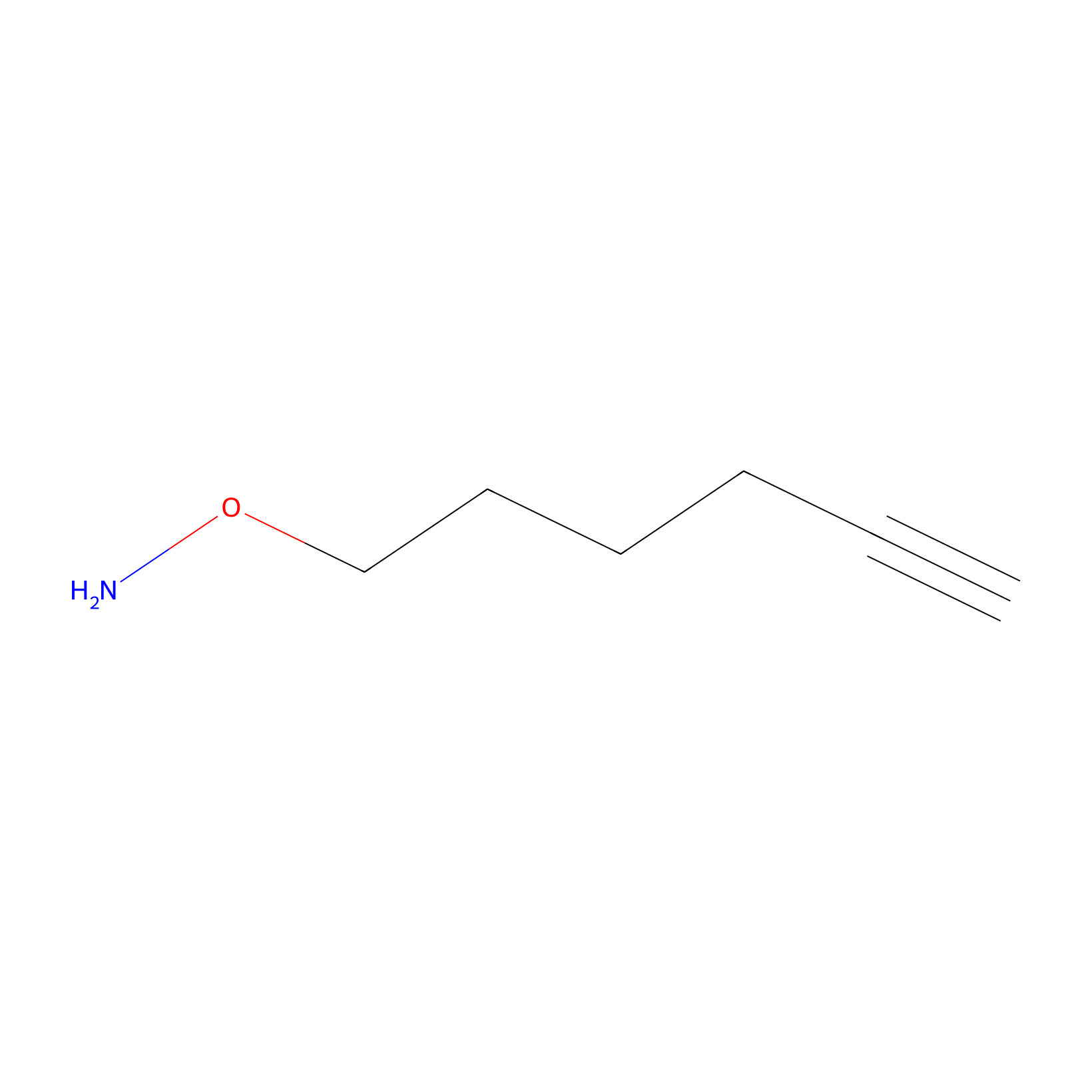 |
5.60 | LDD0443 | [15] | |
|
MPP-AC Probe Info |
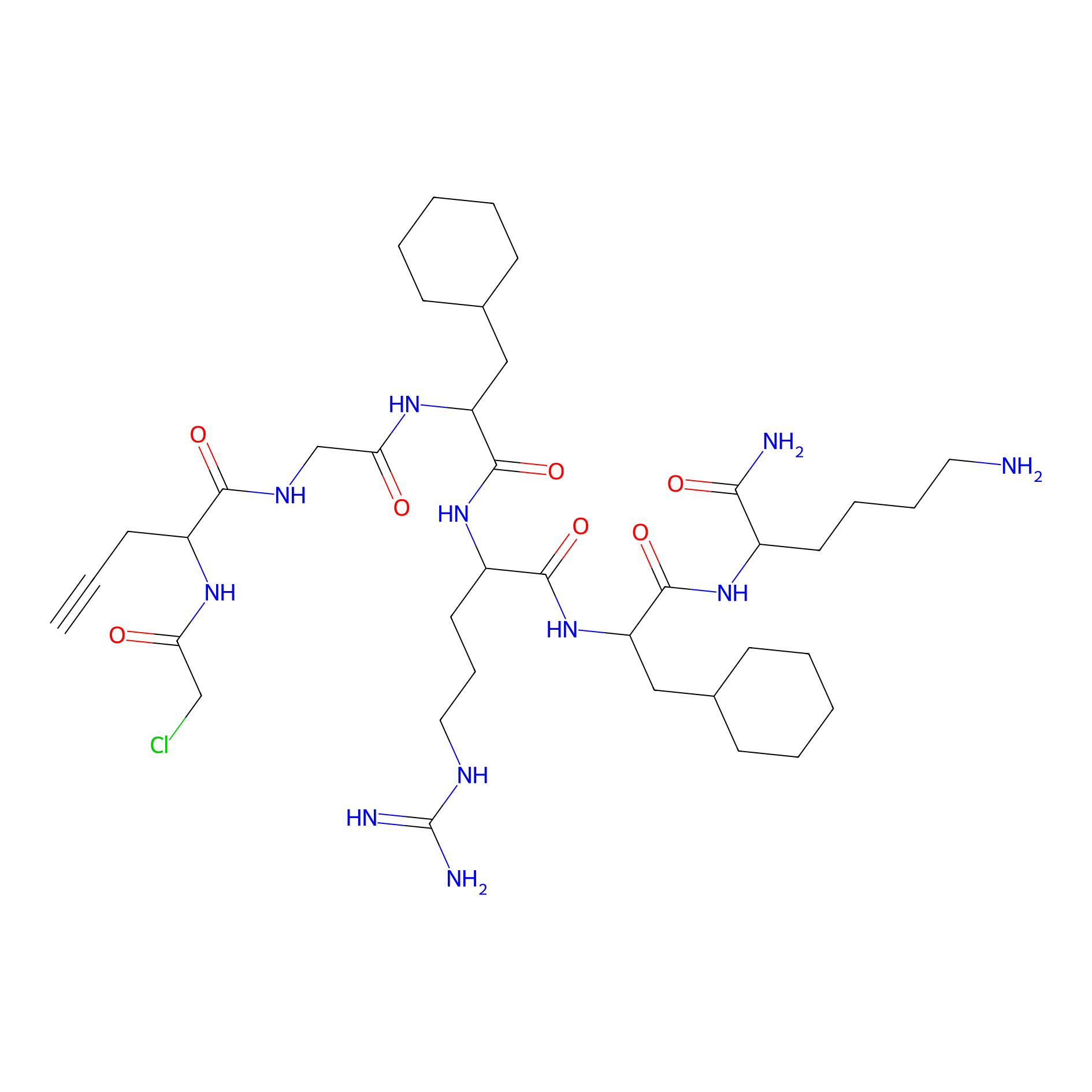 |
N.A. | LDD0428 | [16] | |
|
TER-AC Probe Info |
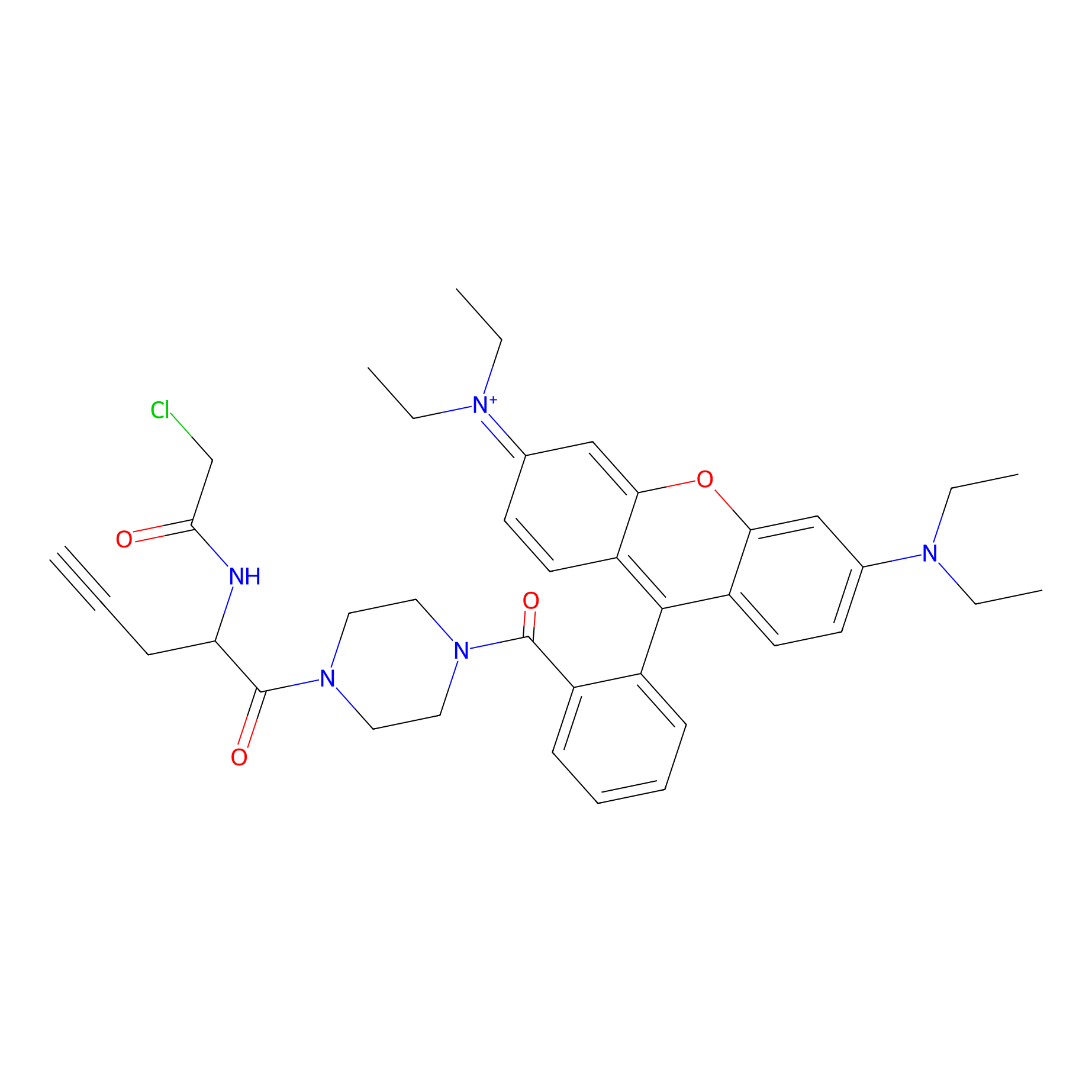 |
N.A. | LDD0426 | [16] | |
|
TPP-AC Probe Info |
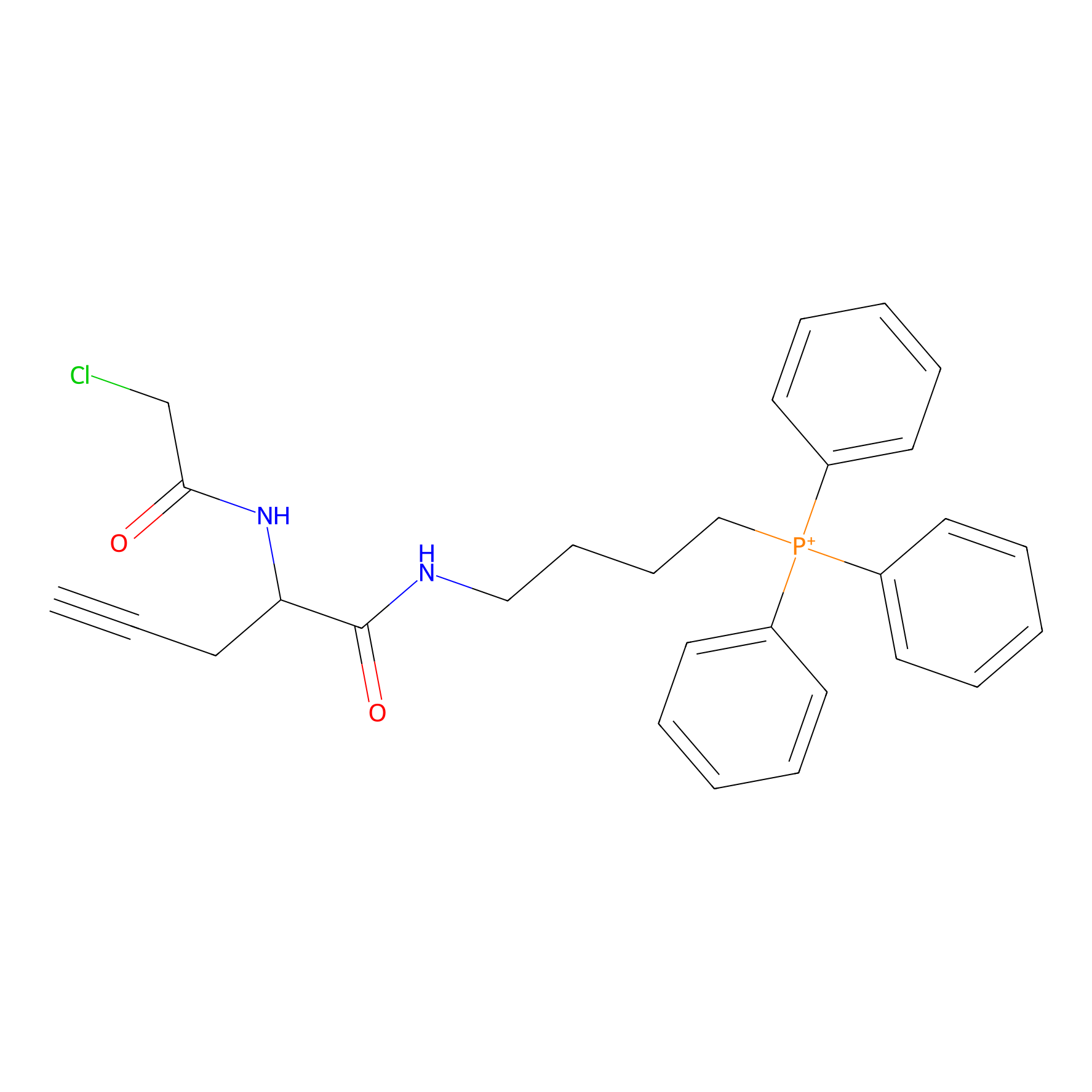 |
N.A. | LDD0427 | [16] | |
PAL-AfBPP Probe
Competitor(s) Related to This Target
The Interaction Atlas With This Target
The Protein(s) Related To This Target
Enzyme
| Protein name | Family | Uniprot ID | |||
|---|---|---|---|---|---|
| Presenilin-1 (PSEN1) | Peptidase A22A family | P49768 | |||
Transporter and channel
Other
| Protein name | Family | Uniprot ID | |||
|---|---|---|---|---|---|
| Nicastrin (NCSTN) | Nicastrin family | Q92542 | |||
| Gamma-secretase subunit PEN-2 (PSENEN) | PEN-2 family | Q9NZ42 | |||
References

